All the pictures and notes you need to see from last night’s Louis Vuitton Men’s FW24 show
LOUIS VUITTON MEN’S FALL-WINTER 2024
Men’s Collection by Pharrell Williams
PARIS TO VA / The Fall-Winter 2024 Men’s Collection
The Louis Vuitton Fall-Winter 2024 Men’s Collection illuminates the roots of the American Western wardrobe. Travel – the Maison’s core instinct and eternal expander of the mind – takes centre stage in an exploration of the origins of workwear through the savoir-faire of Louis Vuitton. Employing the finest craftsmanship – from precious gems to hand-painting and expert embroidery techniques – the collection shines light on the iconography of American Western dress. The vision includes creative exchanges with artists from the Dakota and Lakota nations across sound, staging and elements of the collection, as well as the American bootmaker Timberland. It is a quest founded in the LVERS community, which is perpetually at the heart of the Maison men’s practice.
THE LVERS’ VISION / An artistic ecosystem
From idea to execution, clothing is conceived within an ecosystem of creativity reflected within our most familiar wardrobe staples. Every garment and accessory embodies a cross-pollination of minds and skills. Nurtured by water and sunlight, seeds become roots and turn into flowers. This synthesis is mirrored in the contemporary mechanics of the Louis Vuitton Studio Prêt-à-Porter Homme, its ateliers and collaborators where humans of different backgrounds work together on a shared LVERS vision. It is a state of mind founded on warmth, wellbeing and welcome-ness, which echoes the view of a global community connected by an appreciation for the core values of the Maison: discernment, savoir-faire and travel as an eternal source of vitality.
THE FIRST COWBOY / Workwear
Savoir-faire honours the workwear intrinsic to the American Western wardrobe. Denim is iced with pearl-and-sequin floral embroideries, gunmetal-washed and adorned with sunbeam and rain beading, or printed with Western floral motifs. Chaps manifest in denim or fringed leather studded or embroidered with Monogram and florals, while leather jackets and trousers mimic the embossing of saddles. Plaid morphs with Damier in a Buffalo Check interpreted in brushed flannel, tweed, sequins and shearling intarsia across coats, jackets and shirts. Blanket coats and gilets are emblazoned with cowboy Monogram, pyjamas are crafted in cowboy lace, and a tweed jacket appears in cowboy-infused ‘horsetooth’. Original cowboy paintings are adapted into jacquard tapestry employed in raincoats, dry canvases used in a rope-embroidered jacket, or prints on garments aged as if eroded by the prairie sun.
THE AMERICAN DANDY / Tailoring and shirting
The Louis Vuitton dandy evolves through the American Western tradition of dressing up. Approached through a country lens, suits and shirts are chain-stitched with the cacti, bucrania and bolos of Western imagery. Workwear silhouettes transform into tailoring in vaquero jackets with hand-embroidered metallic cuivre florals, work jackets with multi-colour sunbeam beading, and suits with pinstripes or Damier chequers created through metal-studding or turquoise embellishment. Dungarees – the jewel in the workwear crown – are celebrated in fine tailoring fabric. Western shirts amplify the yokes, rivets and floral embroideries inherent to the genre, while others appear in cowboy Monogram jacquard, cowboy lace, Western prints, or garlanded with soutache embroidery on chambray.
TIMBERLAND / Collaboration
In a collaboration with Timberland, a series of American work boots are interpreted through the creative lens of Louis Vuitton and the savoir-faire of its Italian factories. A classic industrial boot is proposed in wheat-coloured or black waterproof scrivante nubuck lightly embossed with the Maison’s Monogram, also echoed on the back of the tongue. The boot likewise appears in pebble nubuck and super-grained buffalo nubuck versions. The same expression expands into a silhouette fifteen percent larger than the classic. Finally, a highly limited-edition of the design is crafted with eyelets and tongue pendants featuring the LV Monogram in genuine gold, and carried in Monogram canvas and plexiglass shoe trunks. The collaboration features three pull-on boots set on XL soles in wheat or black scrivante nubuck or pebble nubuck with Louis Vuitton bag pullers or brown leather ankle cuffs. A hook-laced work boot is set on an XL sole and adorned with a Monogram ankle cuff and a side zip.
DAKOTA AND LAKOTA / A creative exchange
The collection features collaborations with artists from the Dakota and Lakota nations across accessories and the staging of the show and its soundtrack. Led by the creative director Dee Jay Two Bears of the Standing Rock Sioux Tribe – whose practice covers design, film, music, dance and activism – the artistic exchange builds on a decade-long relationship between Pharrell Williams and the Dakota and Lakota nations. A Speedy bag, messenger bag and travel tote are embroidered with a Dakota Flower motif symbolising beautiful roots of nature. Three Keepall bags hand-painted with parfleche motifs and imagery informed by the artworks of the bags traditionally used to carry the structures of tipis carry the Topa cross signifying the four winds of the Earth. Charms in the shape of beaded brass tassels are plumed with horse hair.
TRUNKS / Bags
The collection debuts a new heat-moulded handle bag conceived by Pharrell Williams. The Speedy appears in gem nuances and in new forms: as a studded saddle bag along with the Saumur; in Damier Navette Studs along with the Steamer; and in shades of Cowboy Boots Patchwork along with the Pochette Accessoires XL. The Steamer is re-introduced in three sizes including a large-scale 65-cm silhouette. A Damier-infused Buffalo Check Canvas features across silhouettes with cowboy hardware. Bags in Aged Monogram Canvas, Brushed Monogram and faded Denim Damier appear eroded by the prairie sun. The Damoflage pattern evolve in orange and eclipse nuances, and in a bovine Cowmooflage Canvas also interpreted in cow hair. Carved Leather bags adapt the mouldings of saddles. Special editions include book and tool bags, and Speedy and Steamer bags in hand-painted silver Monogram crocodile, ostrich Monogram, and nubuck croc.
FOOTPRINTS / Shoes
Shoes take inspiration from the work boots of the American West. Created alongside the expert Western bootmaker Goodyear in Texas, the LV Texan is an authentic cowboy boot whose stitch and appliqué decorations blend Louis Vuitton’s iconography with that of the American West. The LV Rodeo cowboy shoe materialises as a harnessed lace-up and a cowboy-belt buckle monk shoe. A streamlined round-toe Western boot, the LV Rider appears in croc, python, ostrich, suede and cow hair. The LV Footprint slipper with its paw-embossed sole takes on a new furry manifestation. The materials of the collections are applied to high and low versions of the LV Snow boot and the LV Maxi Trainer. The collection debuts a new technical rubber boot in the Damoflage pattern with a chequered sole.
GEAR / Accessories
Parfleche blankets and Dakota Flower scarves are created with artists and artisans of the Dakota and Lakota nations. Cowboy hats appear in leather with belt-buckle hat bands, Cowboy Boot Patchwork leather or python, straw with braided leather cords and turquoise adornment, and wool with turquoise studding. Leather caps adapt the buckles and stitching of cowboy boots, turquoise-embellished denim caps are eroded as if bleached by the prairie sun, and cowboy boot toe tips grace the visors of cow hair caps. Leather gloves are printed with American Western tattoo motifs, turquoise-studded cow hair gloves nod at dandy dressing, and suede work gloves are decorated with workwear labels.
GEMS / Jewellery
Informed by 19th century parures, the collection’s jewellery proposal is constructed in genuine turquoise. A necklace in turquoise and zircons – with a matching ring and earrings – is echoed in the construction of a cowboy bolo. In turn, bolos transform into necklaces with antique finishes and turquoise cabochons, and also materialise in braided leather. Hand-crafted logos and lasso brooches appear in zircons and enamel. The Louis Vuitton rope chain evolved in new ringlet construction on bracelets set with turquoise, and are also incorporated into pearl necklaces. Saluting the cowboy, rope motifs further feature as engravings on silver rings and in the texture of earrings with turquoise settings. A new fine silver link chain inspired by rope makes its debut in supersized dimension.
CHROMOTHERAPY / Sunglasses
The Millionaires sunglasses first created for Louis Vuitton by Pharrell Williams and Nigo in 2004 are adapted in three new editions. Proposed in a carbon fibre version, the 3.0 Millionaires are created in a timeless pilot silhouette with colour-tinted lenses created for chromotherapeutic purposes. The limited-edition 3.0 Millionaires Diamond are set with genuine diamonds and crafted in white gold, enhanced by the lightness of carbon fibre. The 1.0 Millionaires appear in a variety of nuances with antique gold or silves lines along the frames. Adorned with turquoise, rivets and studs, leather sunglasses salute the signatures of cowboys. The collection features a number of singular metal-framed sunglasses with frame adornments and turquoise- or sand-coloured double- lenses, inspired by the iconography of the American West.
RON HUSBAND / Filmic prelude
The Louis Vuitton Fall-Winter 2024 Men’s Show opens with a filmic prelude directed by Bafic. Capturing Ron Husband at work, it illuminates the American character animator as he sketches his vision of the first cowboy – a subject central to the collection – and reflects on themes of human relations, cultural impact and the American West. Born in California in 1950, Ron Husband worked for Walt Disney Animation Studios for 38 years and counts characters from The Little Mermaid, Beauty and the Beast and The Lion King among his accomplishments. He is considered one of the most influential artists of the genre.
WINTER COUNT / The performers’ wardrobe
The Louis Vuitton Fall-Winter 2024 Men’s Show features a performance by the Native Voices of Resistance, a powwow group comprised of singers from Native American nations across North America. Created in collaboration with artists and artisans from the Dakota and Lakota nations – from designs conceived by Dee Jay Two Bears of the Standing Rock Sioux Tribe – the garments worn by the performers are adorned with modern-day winter count motifs tracing the story of the collaboration and the creation of the collection through the visual language of glyphs.
LOVE / Soundtrack
The soundtrack features four original pieces: The Spirit of Saturday Night Live by the Native Voices of Resistance x Pharrell Williams (composed by Lakota “Hokie” Clairmont and Pharrell Williams); Good People by Mumford & Sons x Pharrell Williams; Shotgun Wedding by Pharrell Williams x Jelly Roll; and Doctor by Pharrell Williams x Miley Cyrus.
Imagery courtesy of LOUIS VUITTON MEN’S FALL-WINTER 2024 © Louis Vuitton – All rights reserved
Press release courtesy of avenue
For more news, visit the Connect Everything Collective homepage www.ceconline.co.za

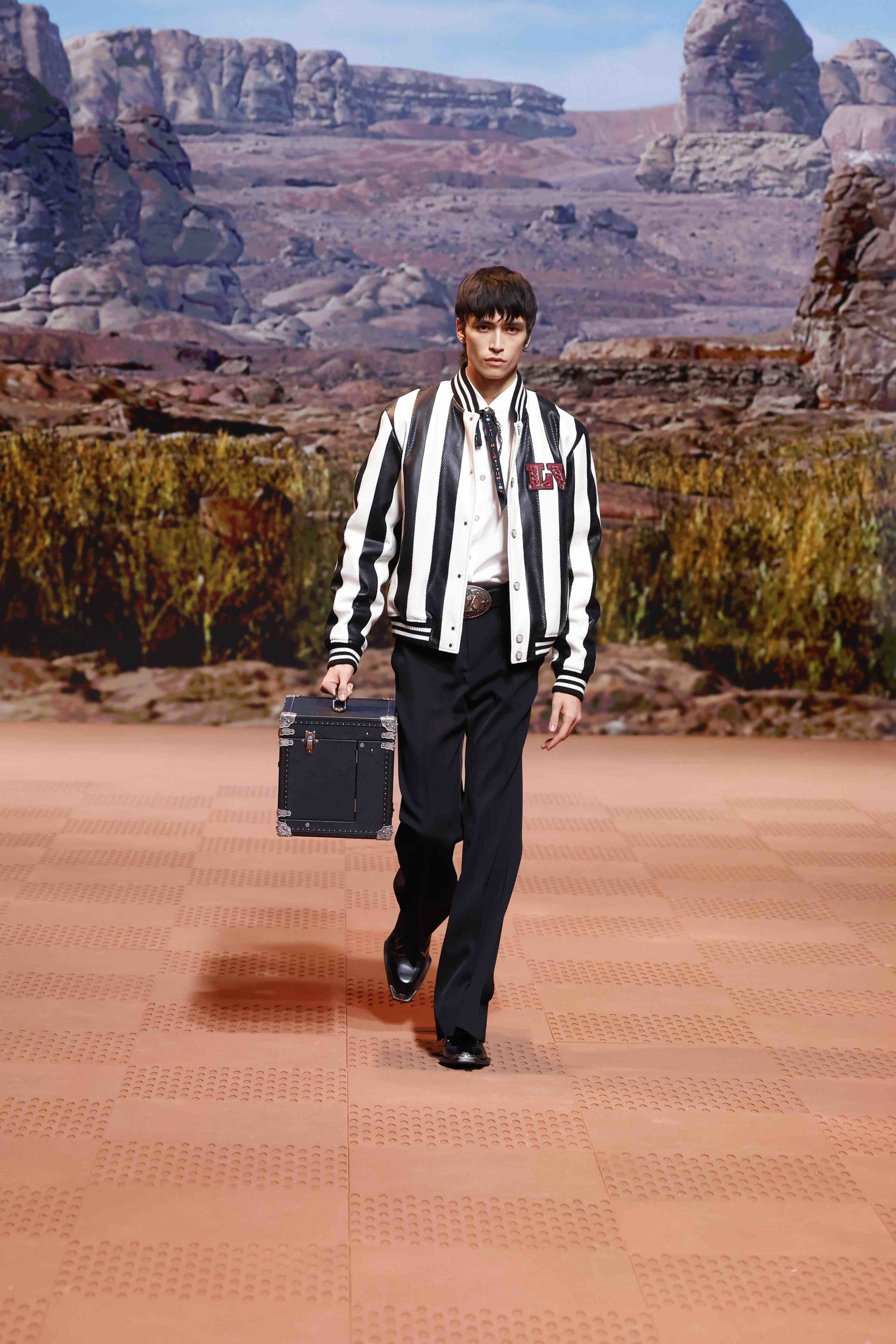
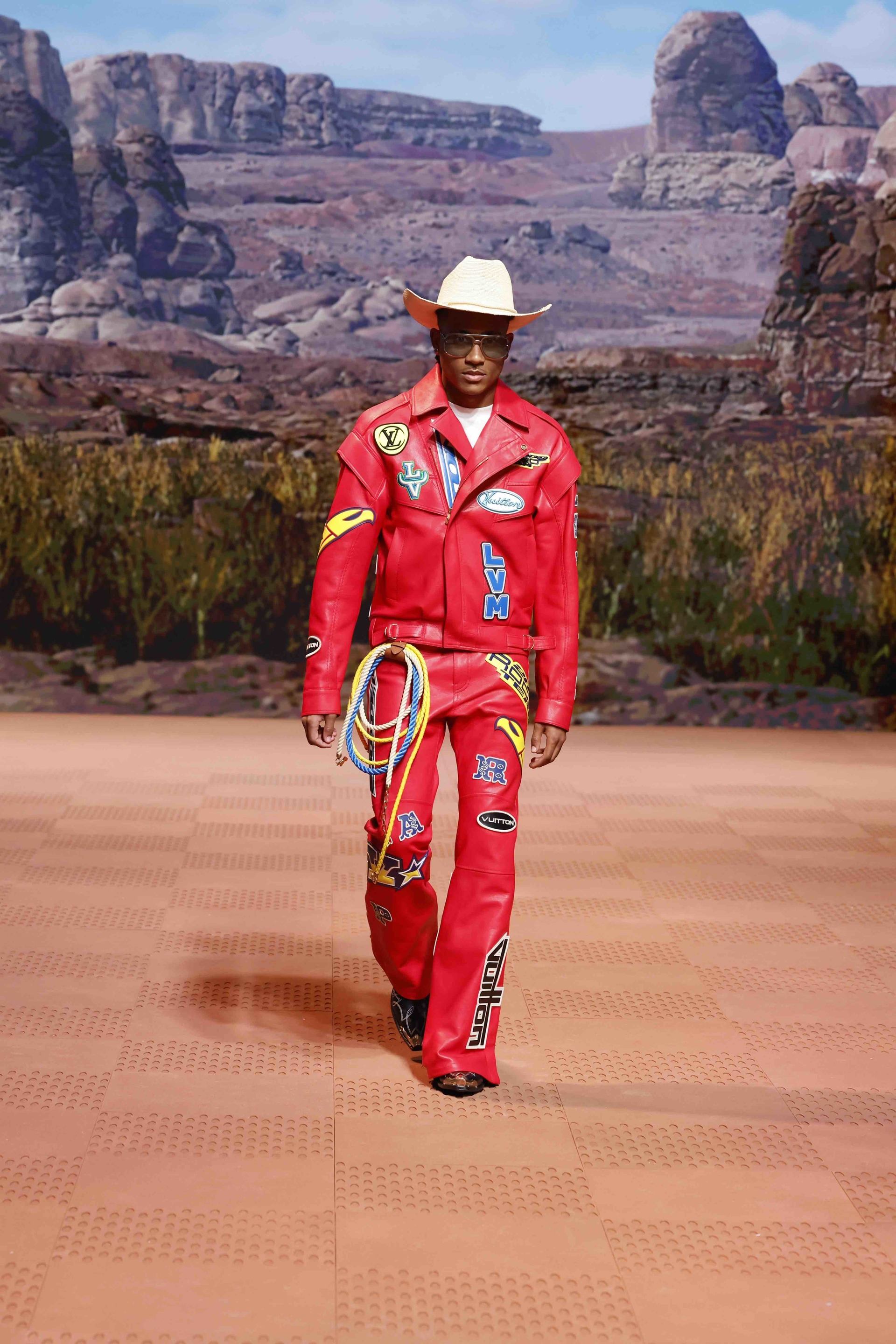
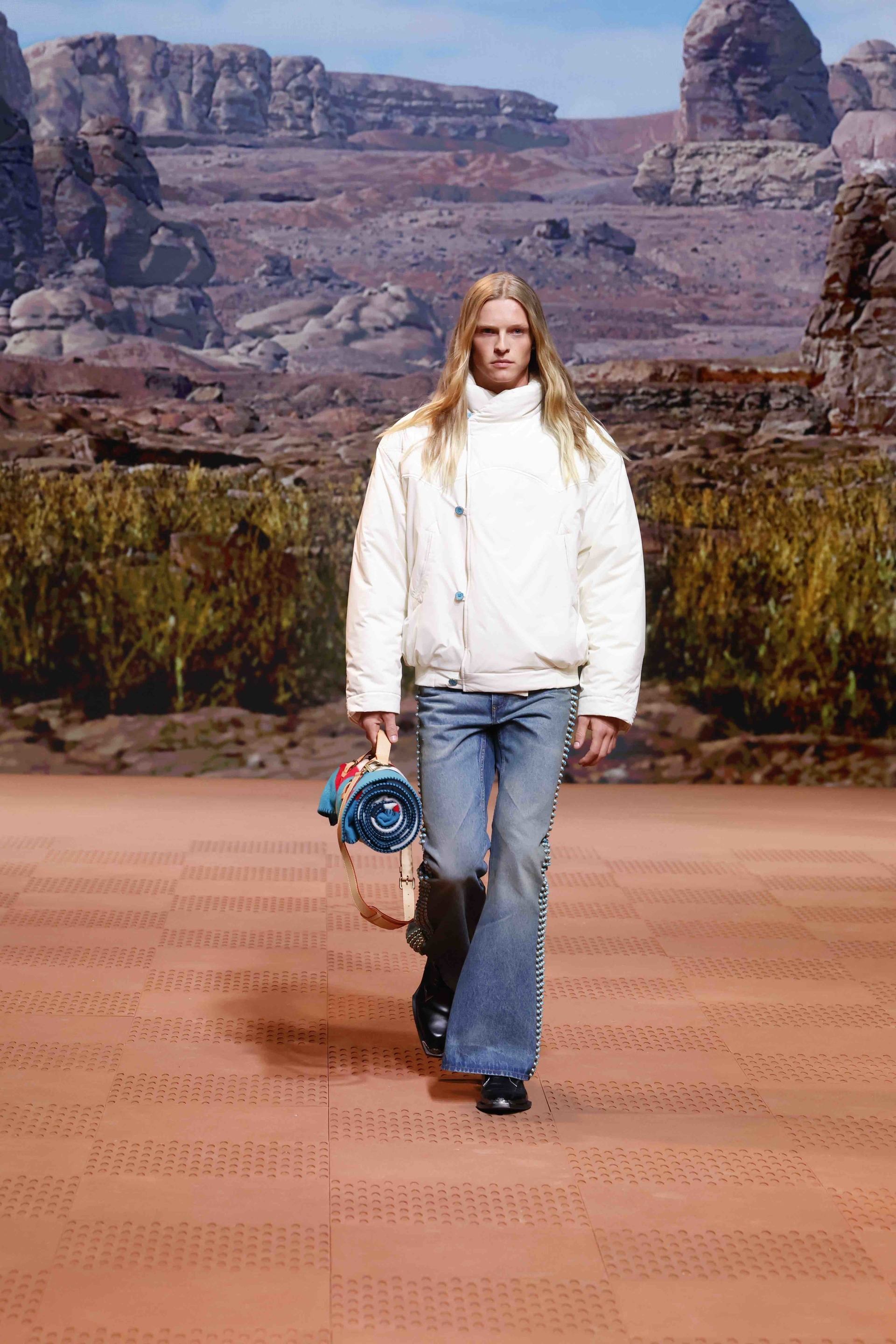

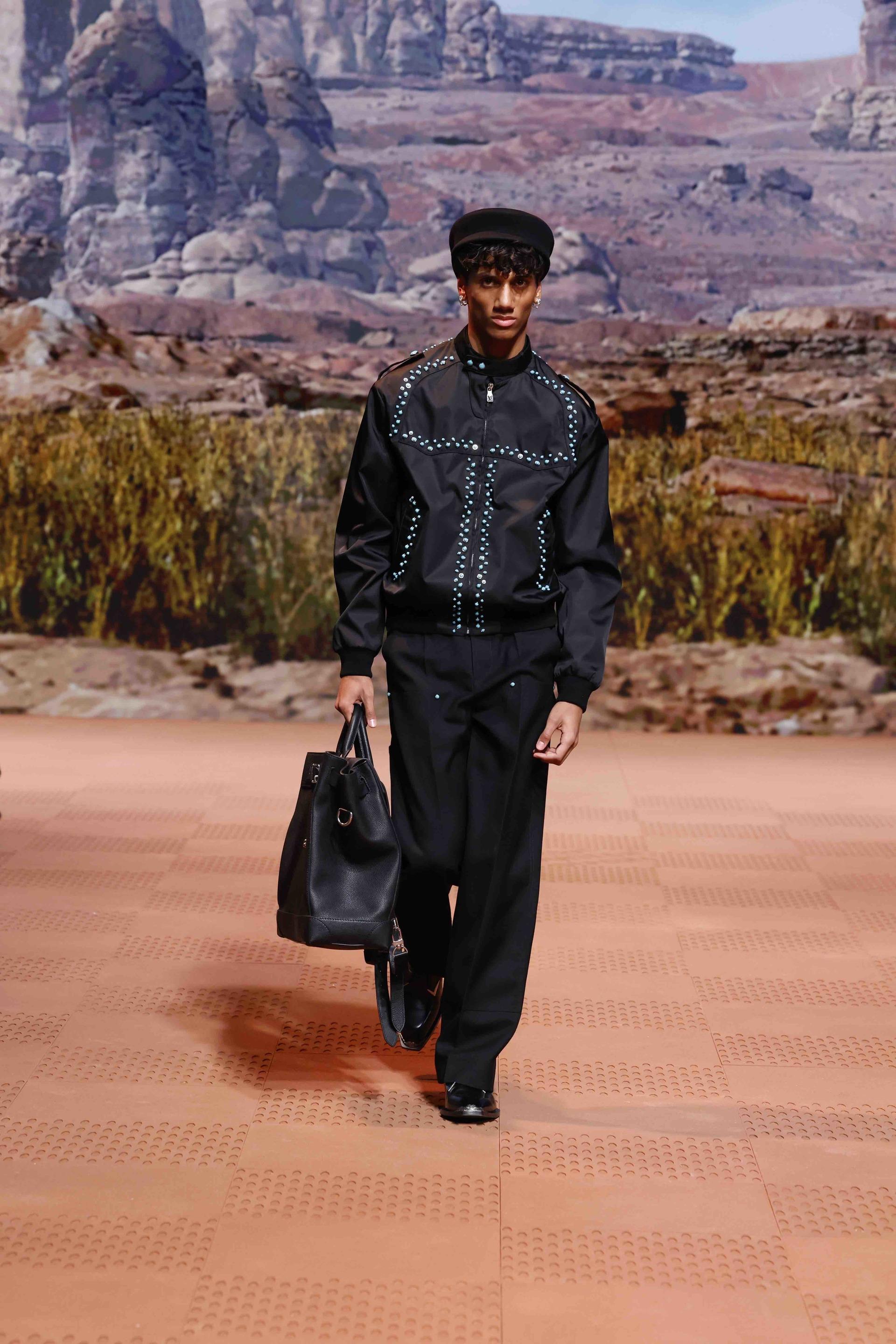
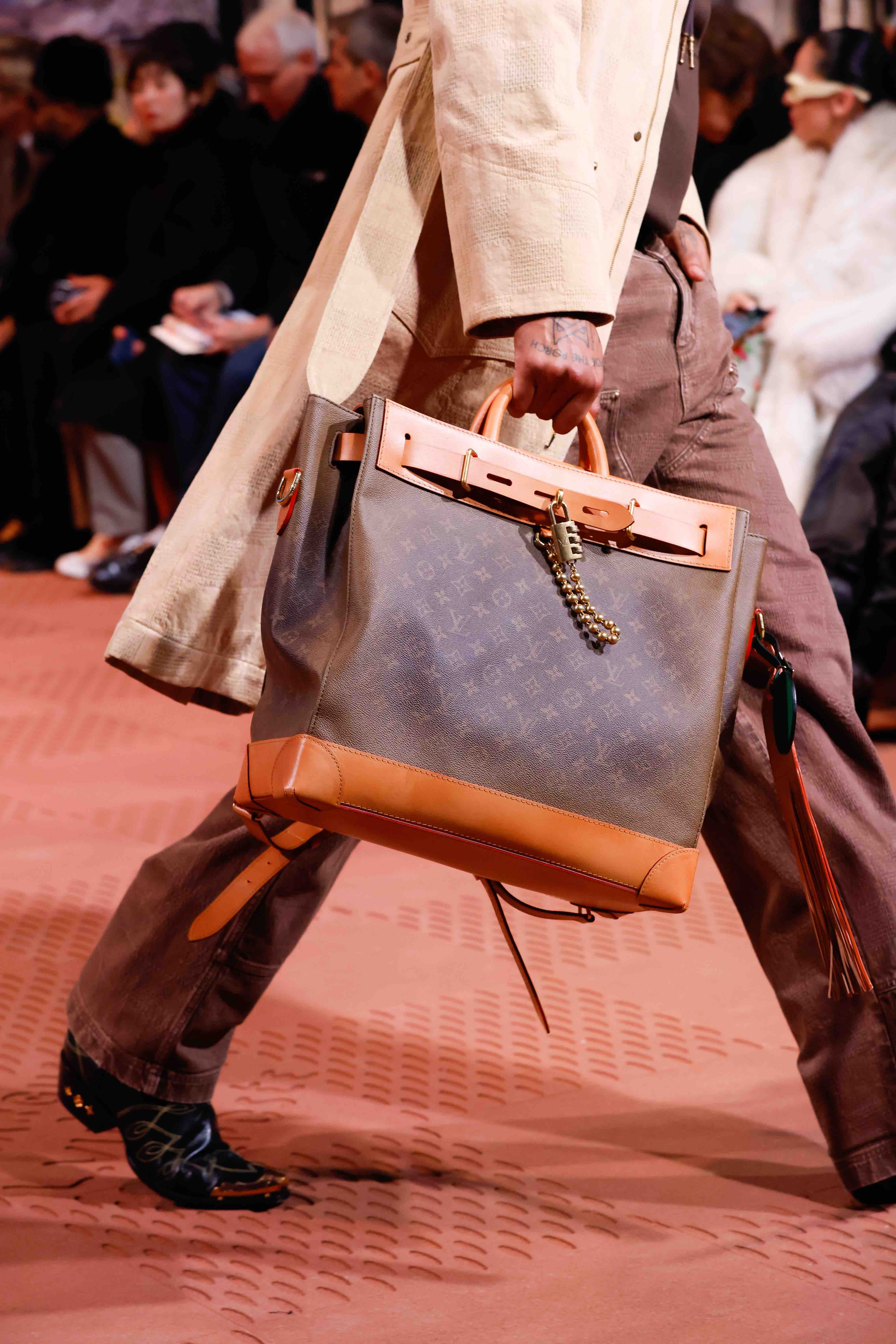
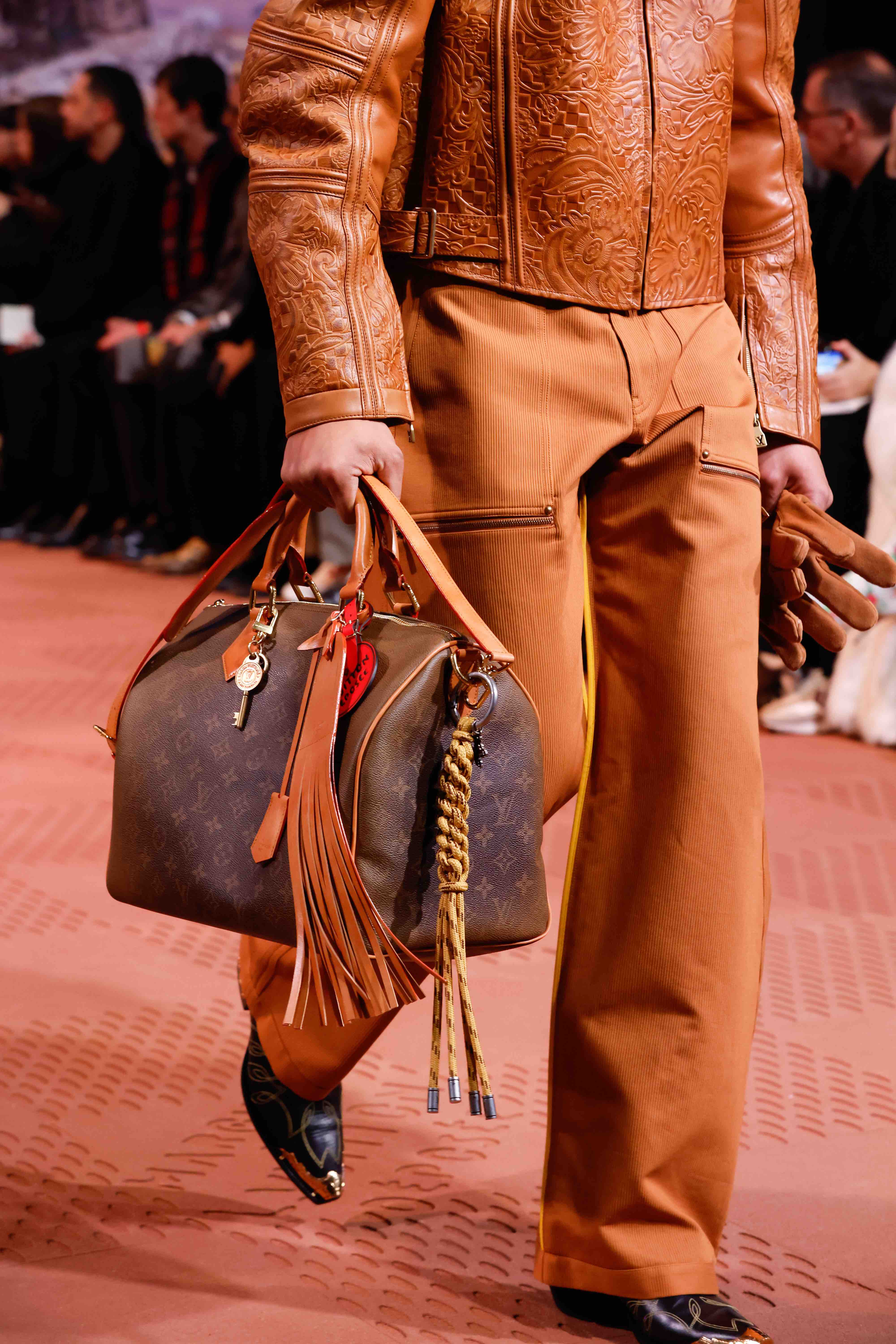
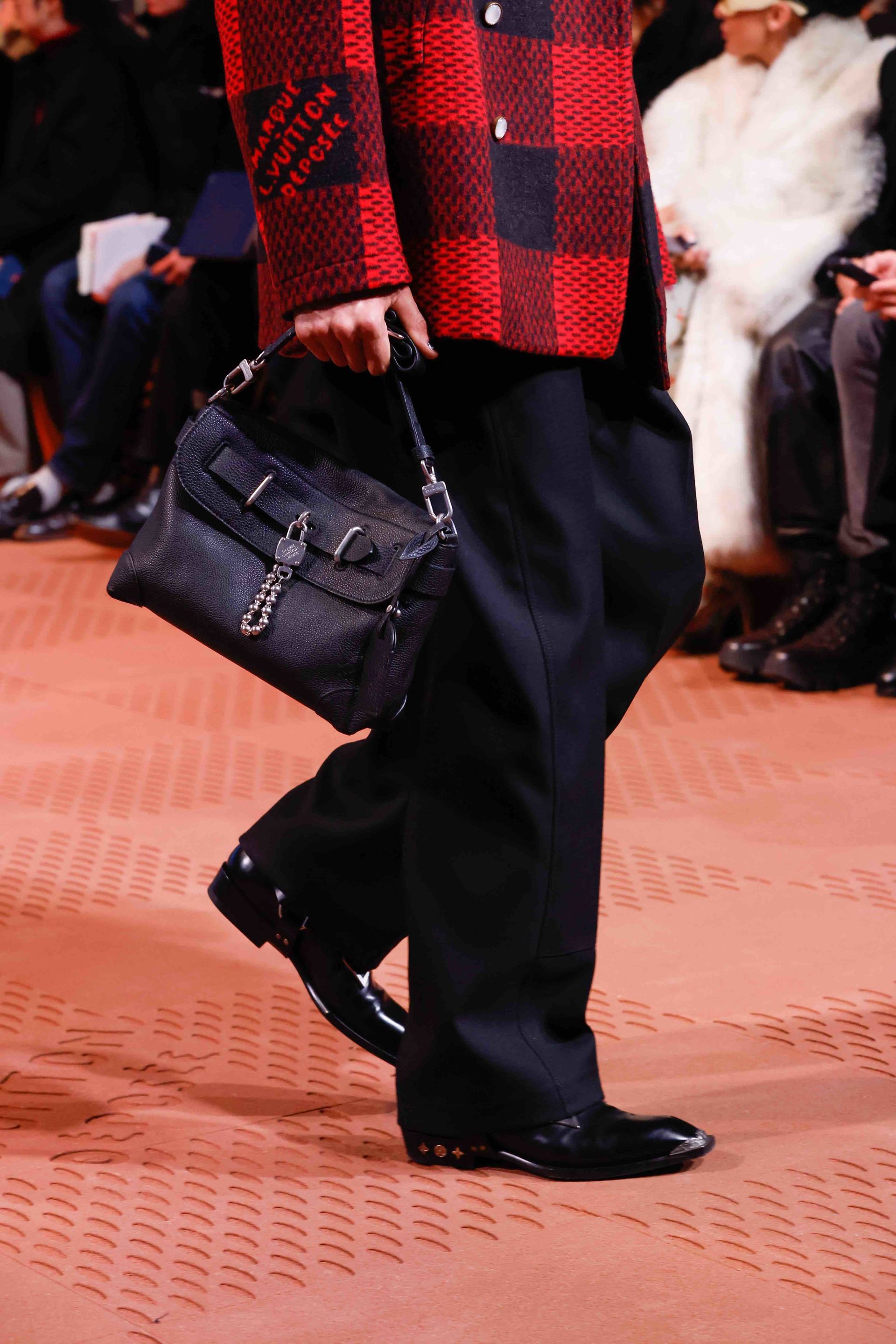
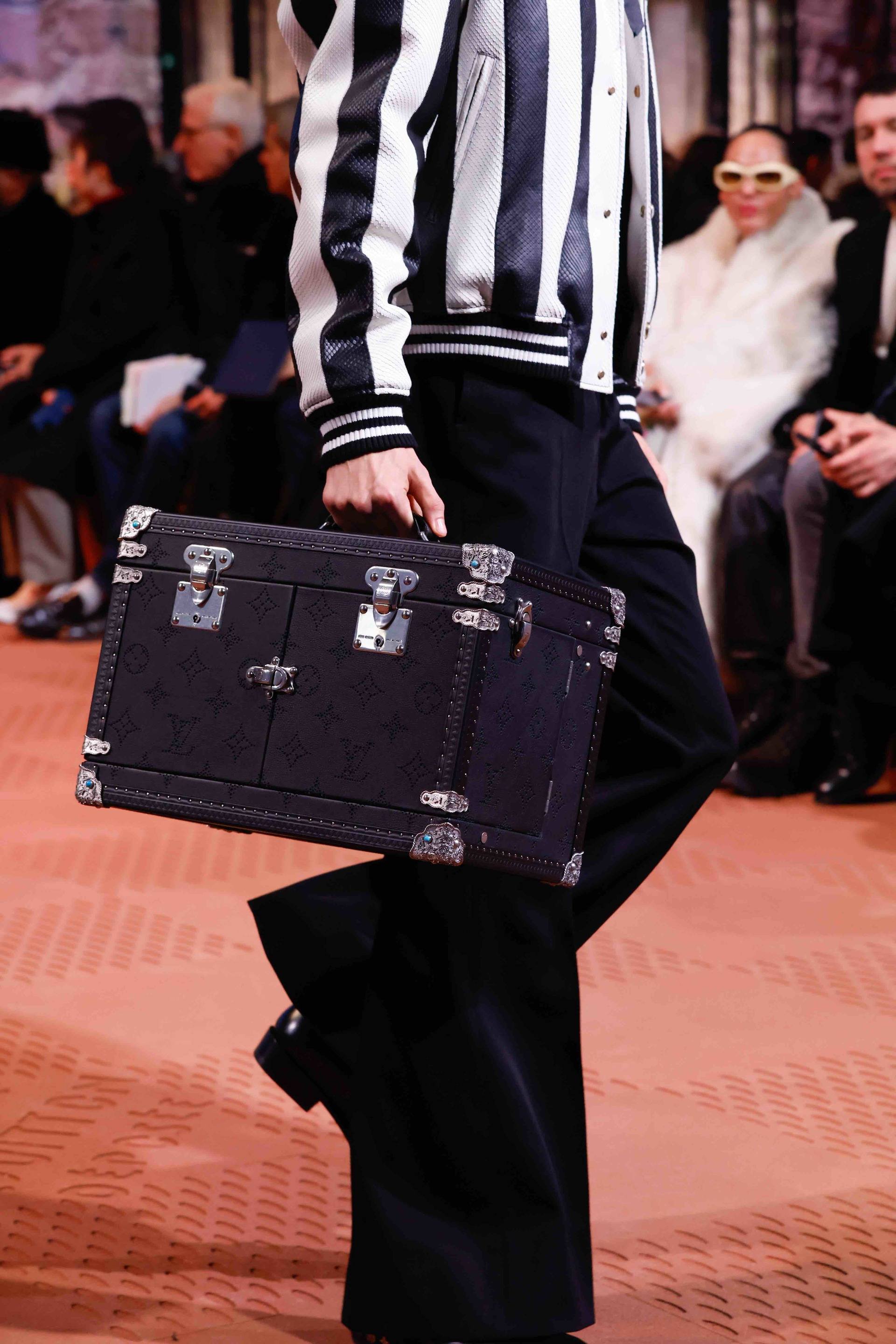
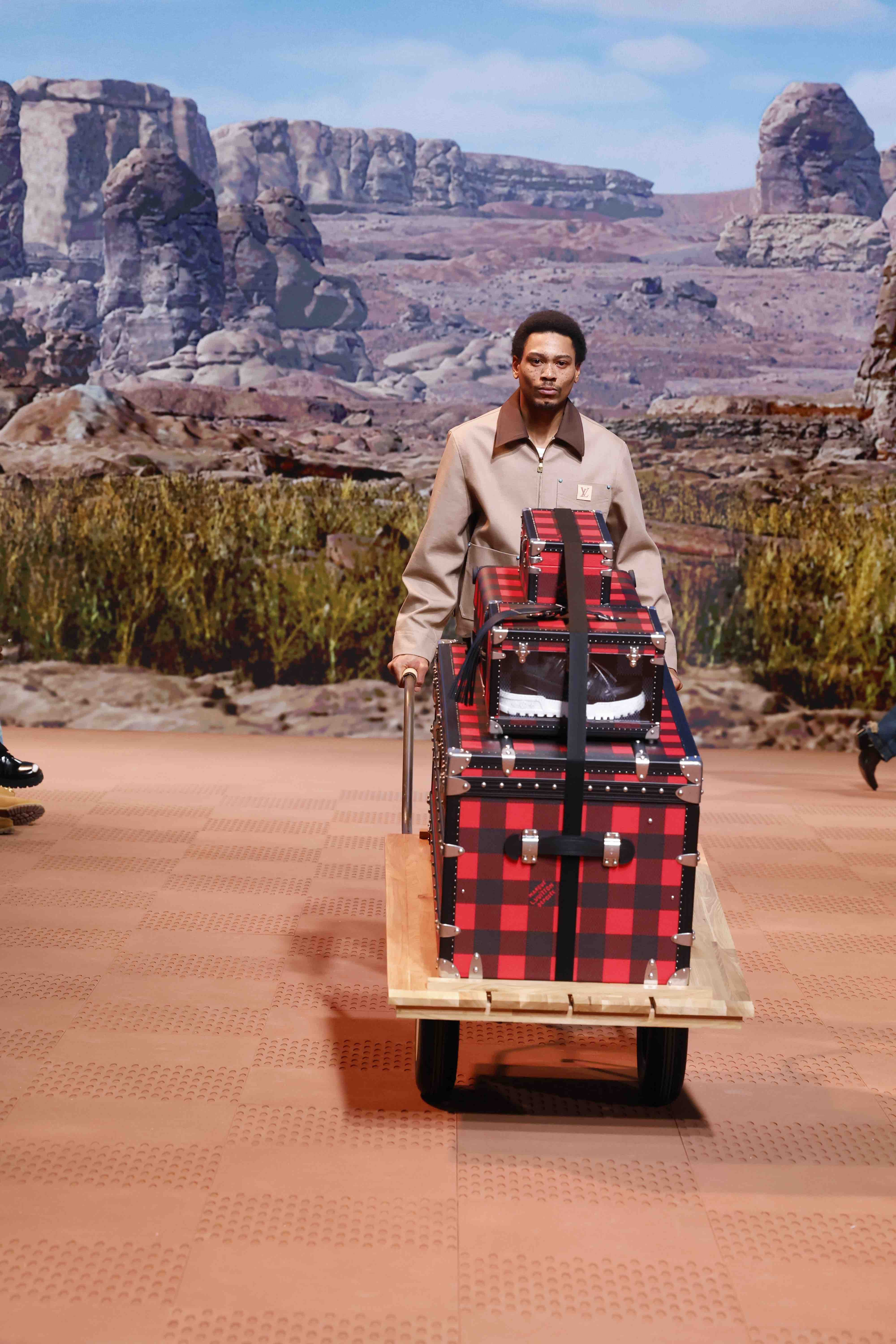
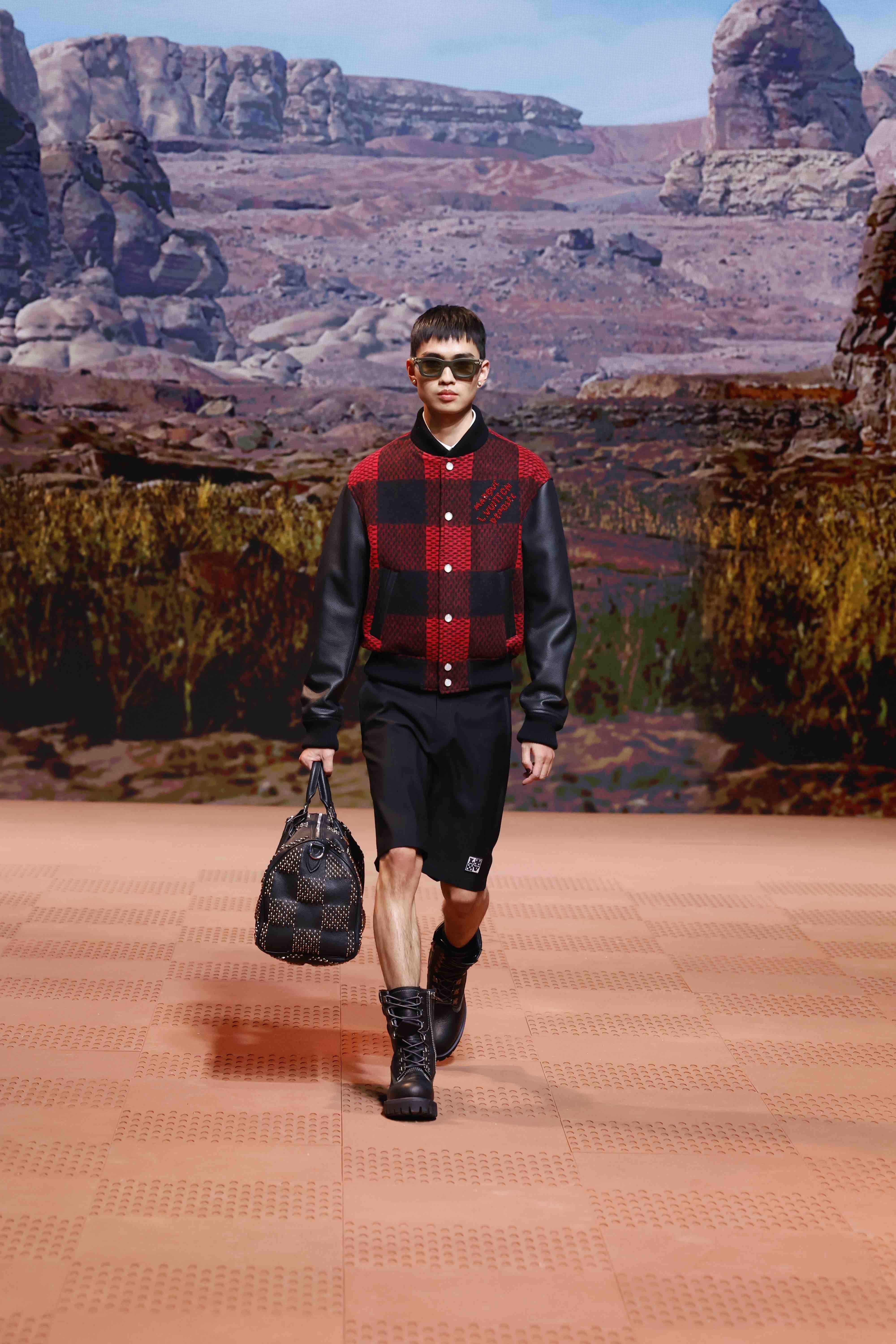
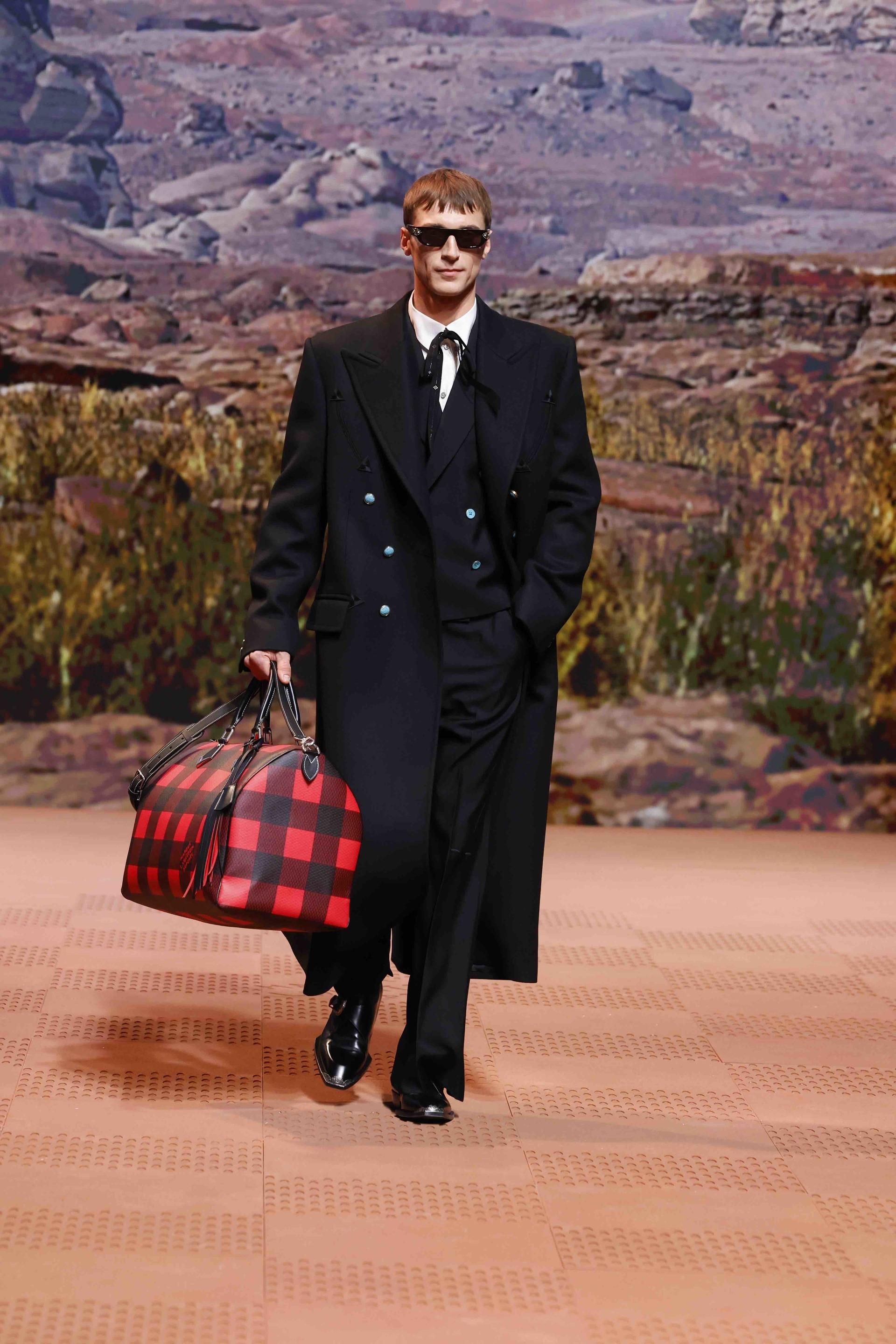
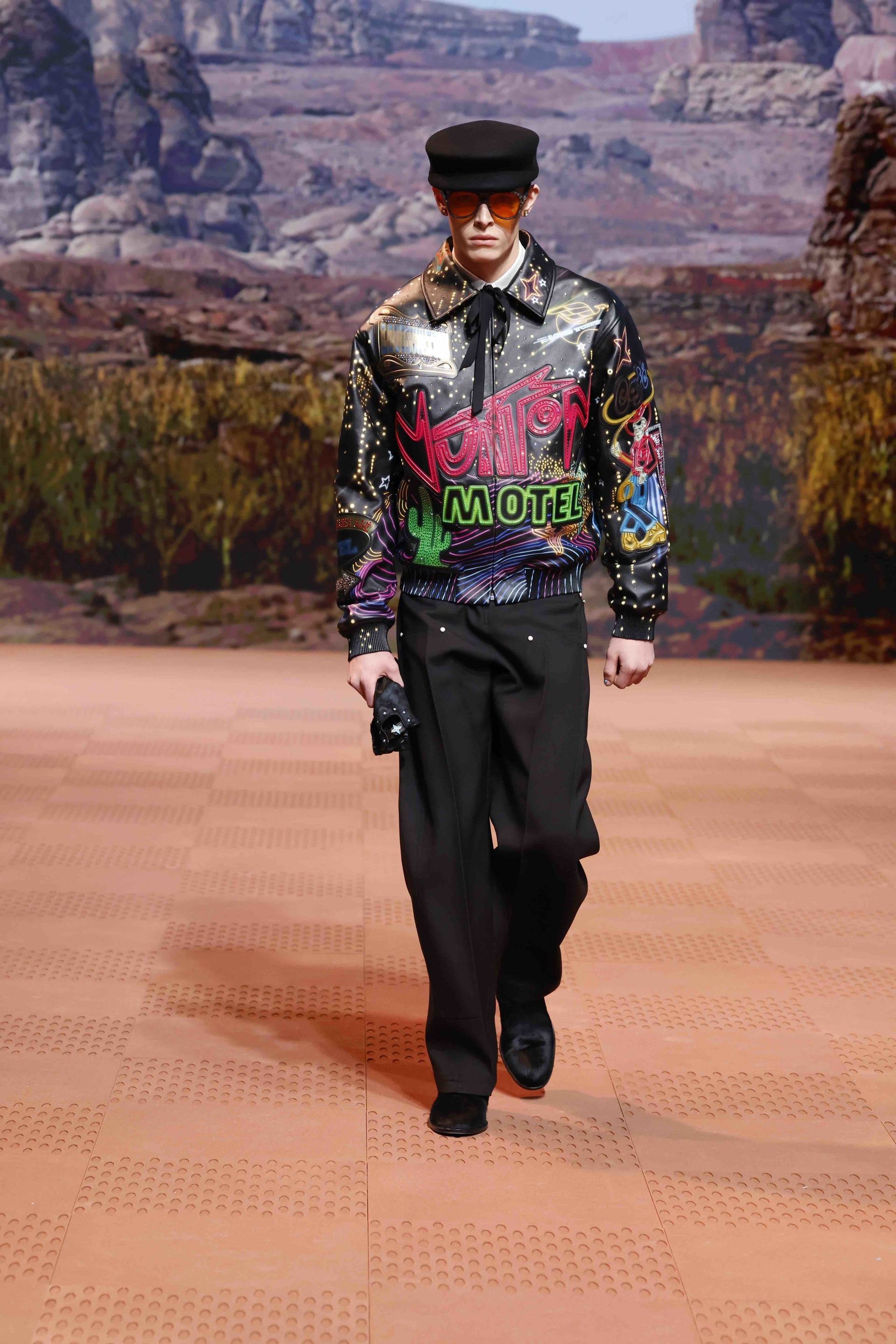
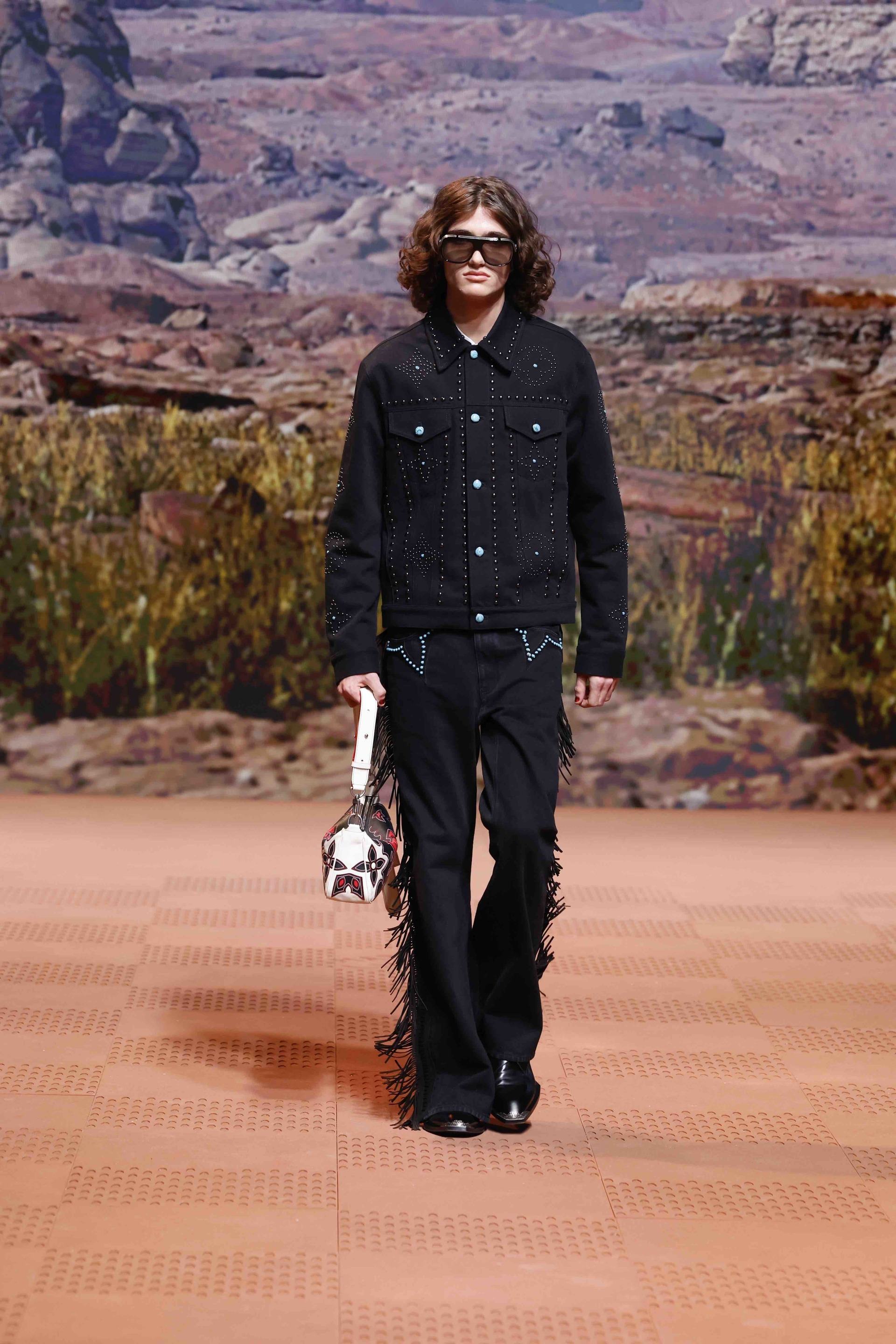
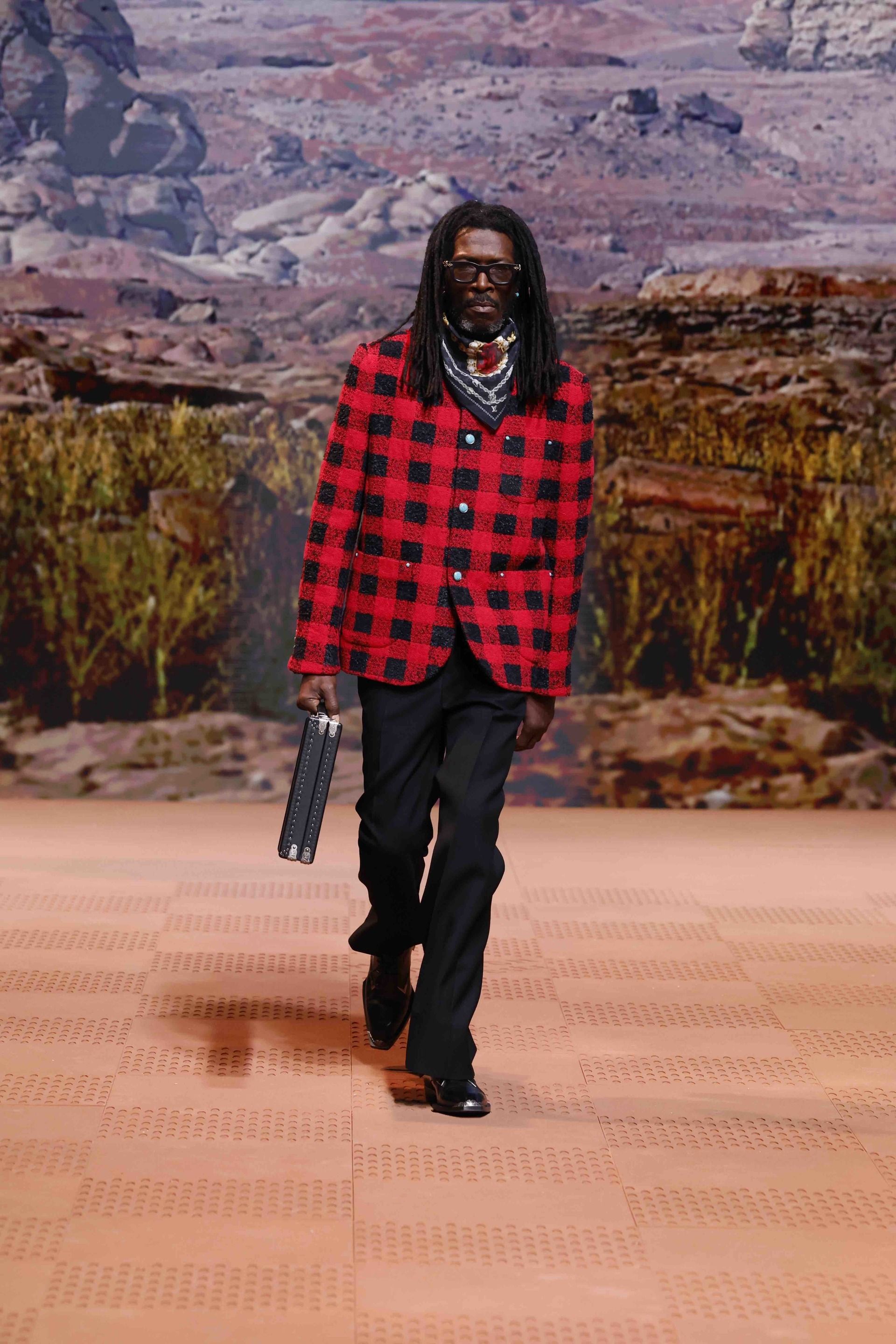
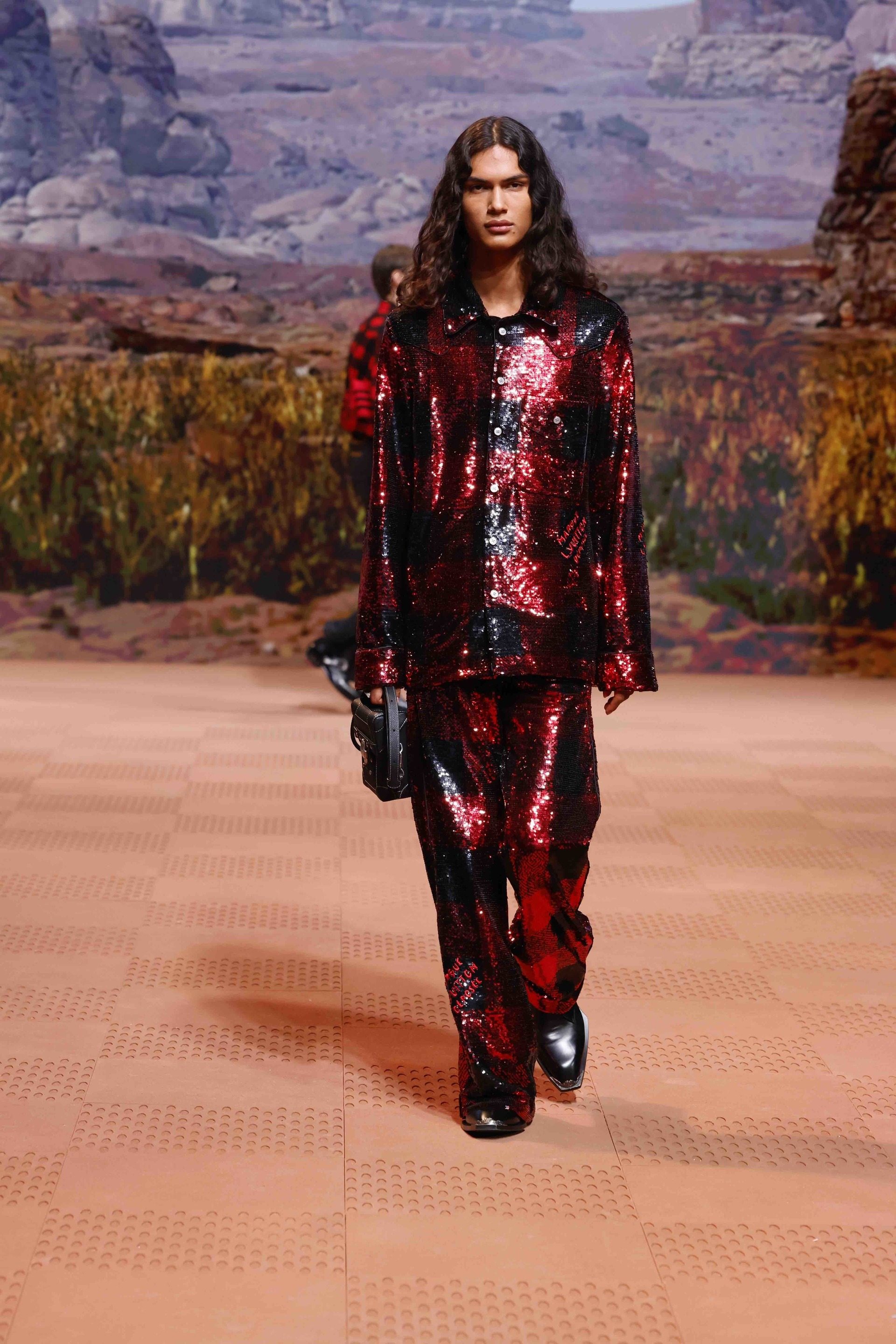
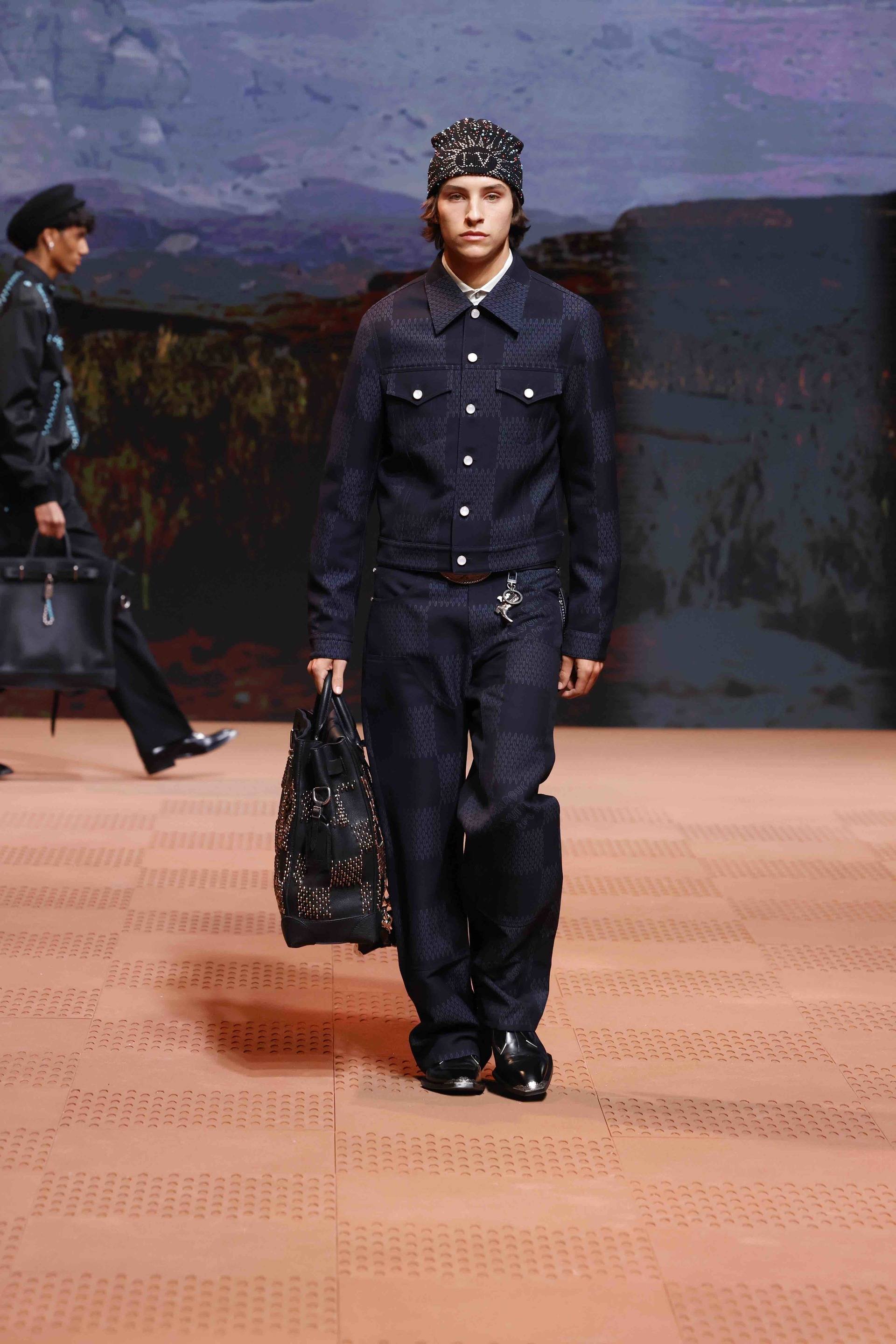
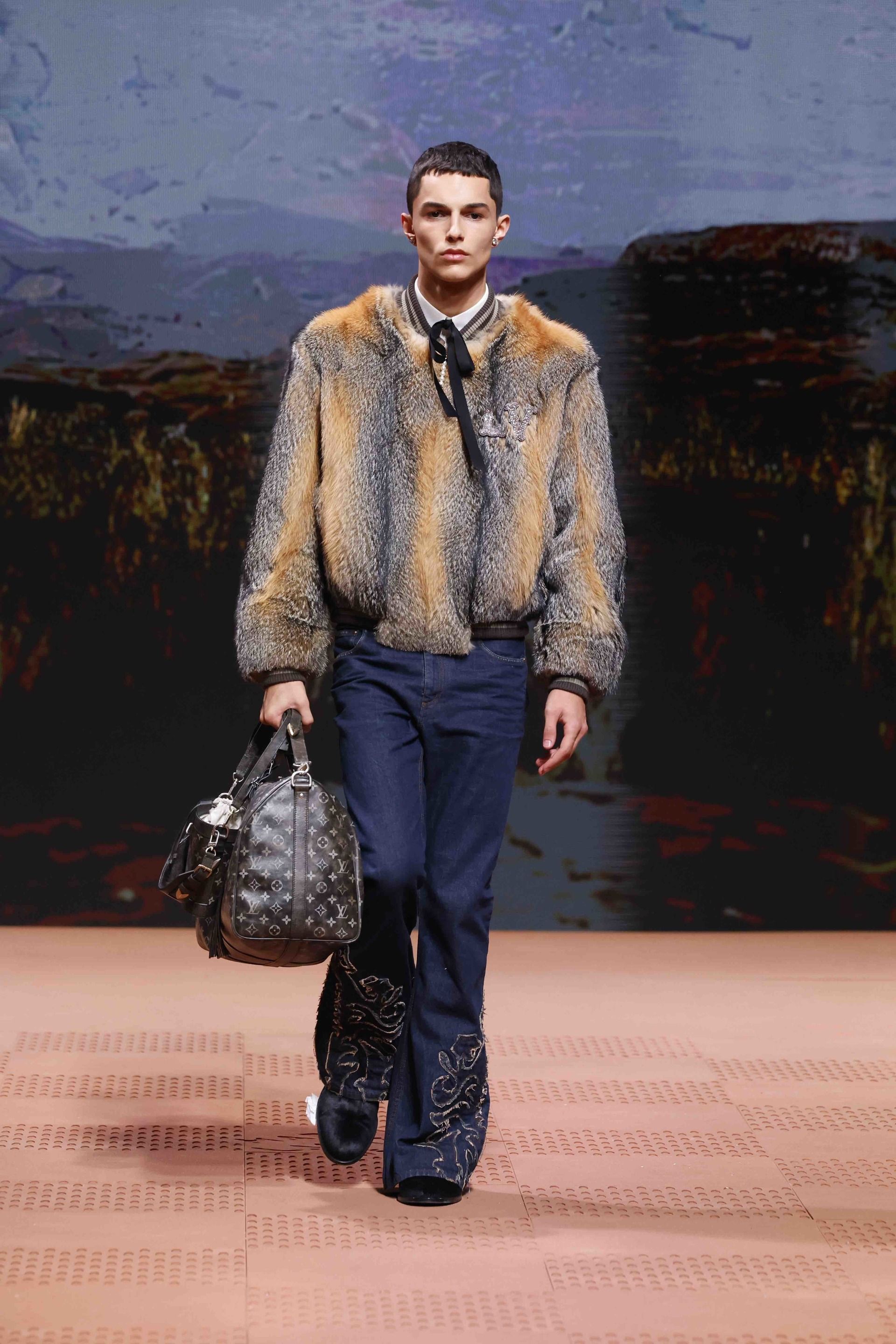

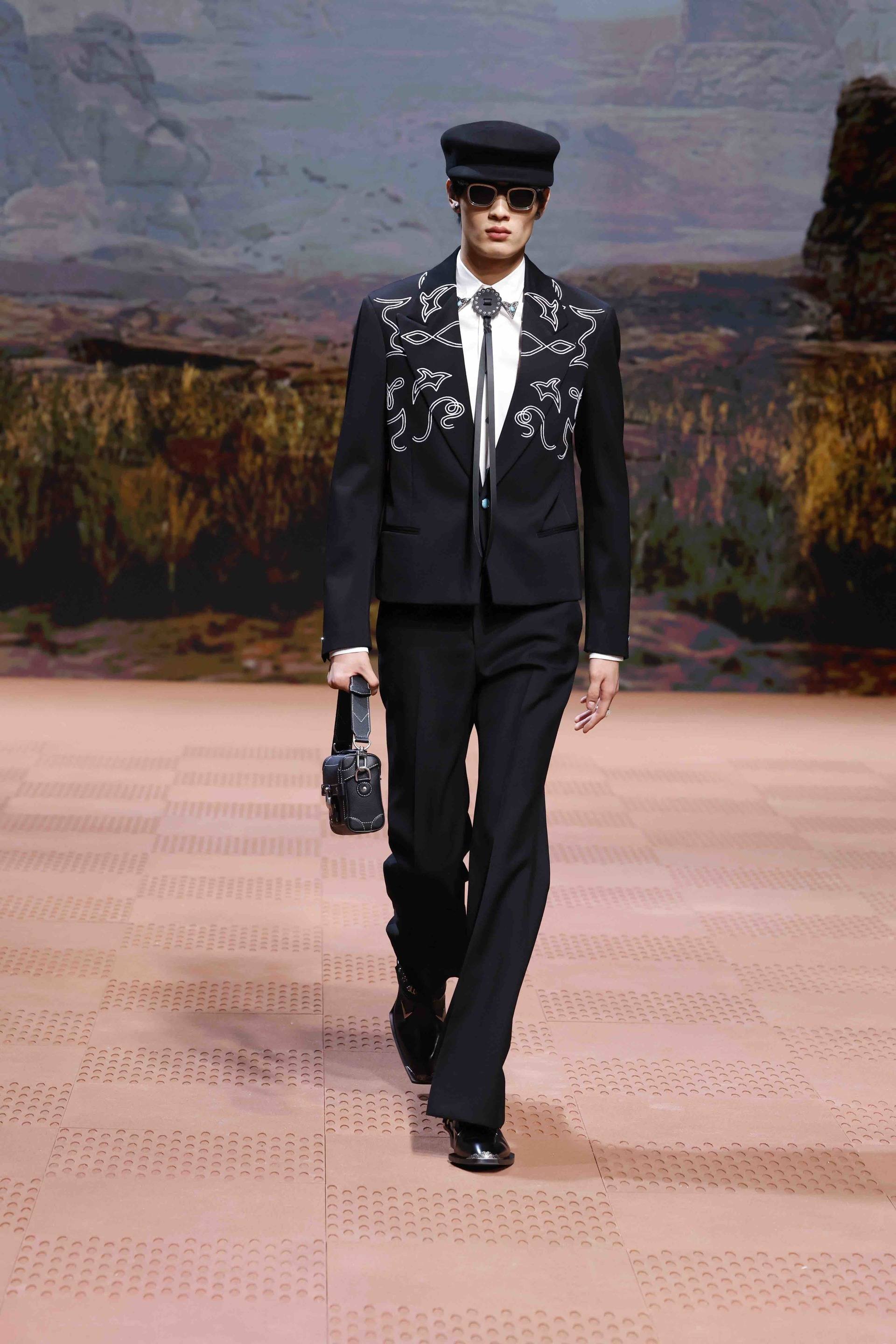
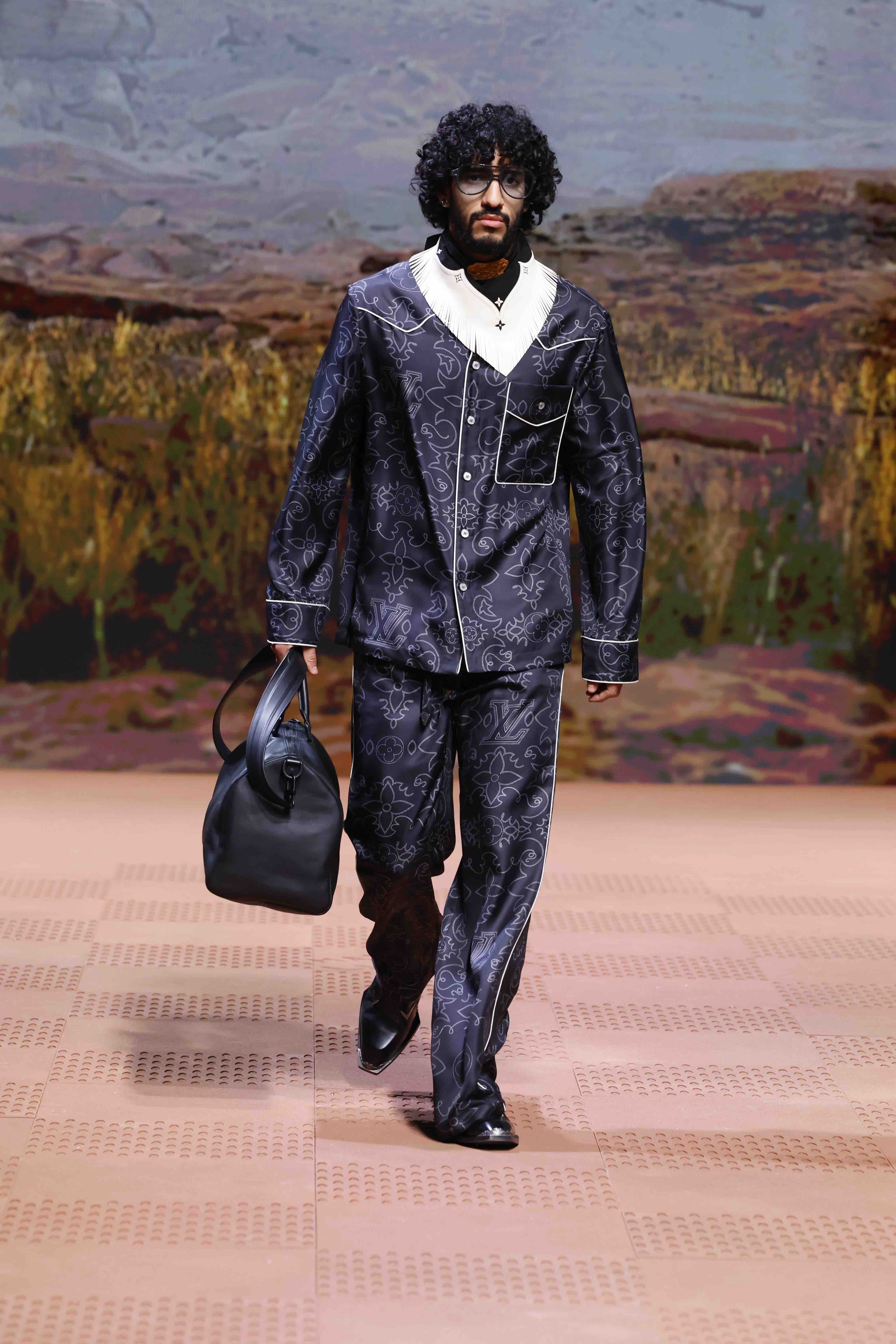
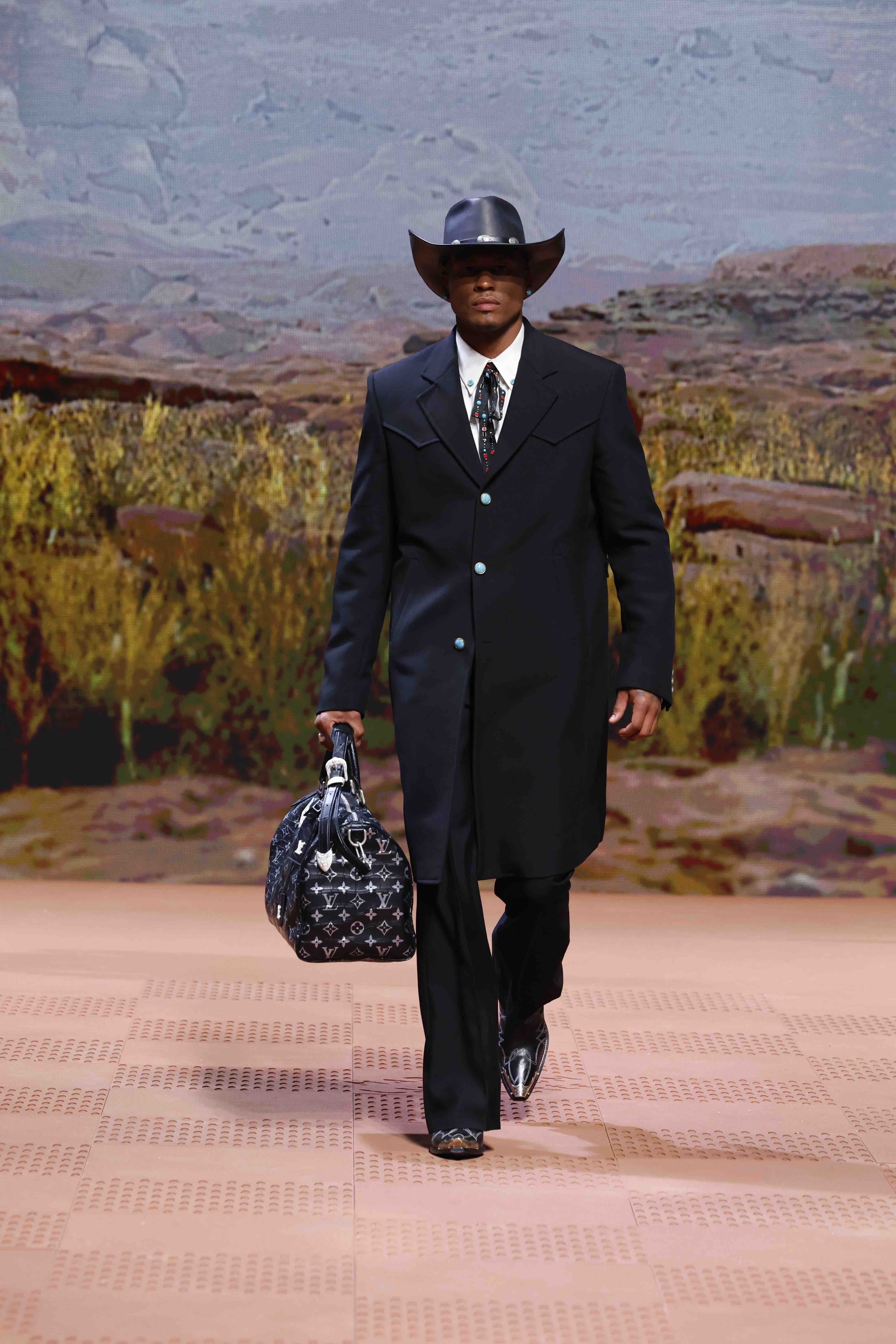
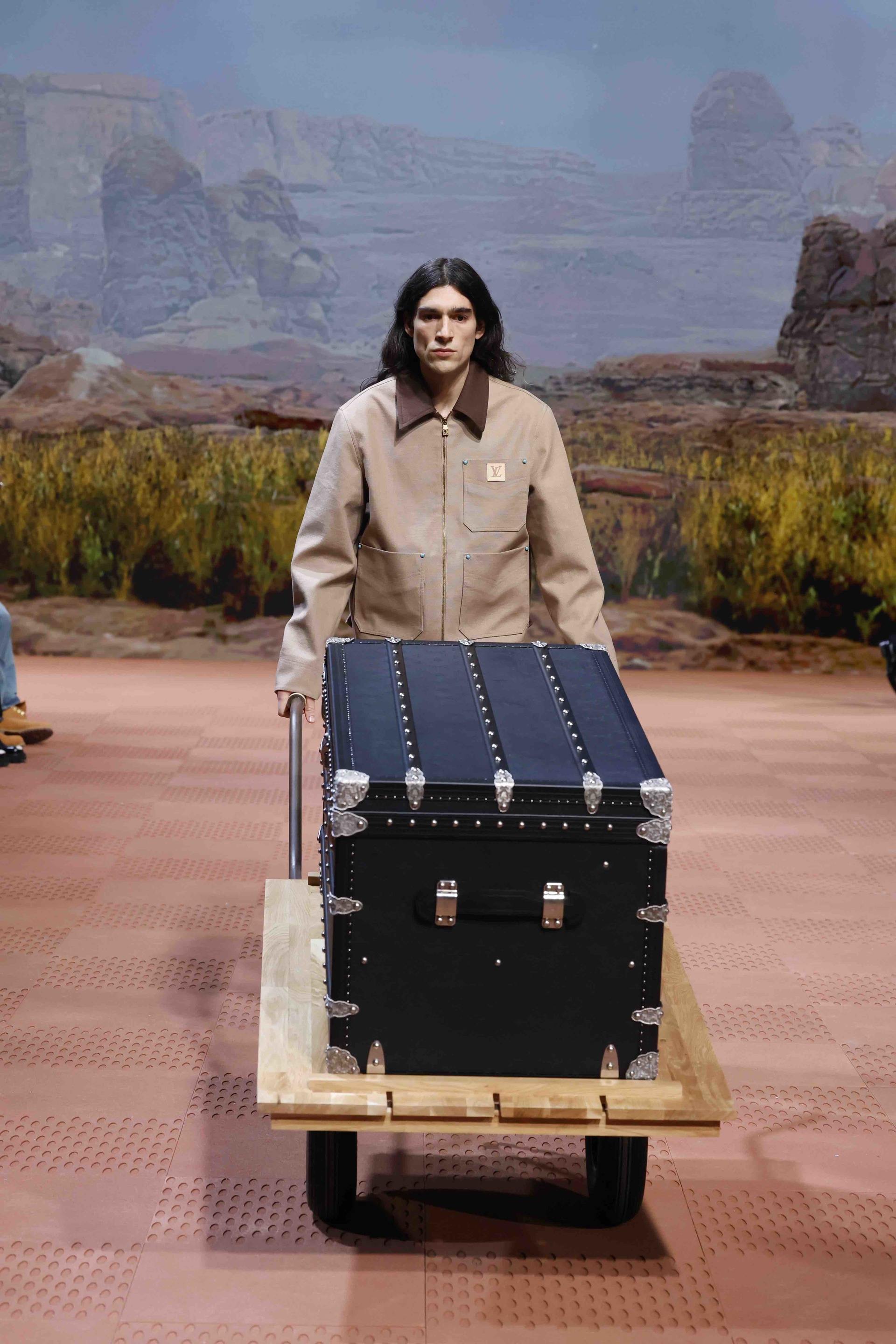

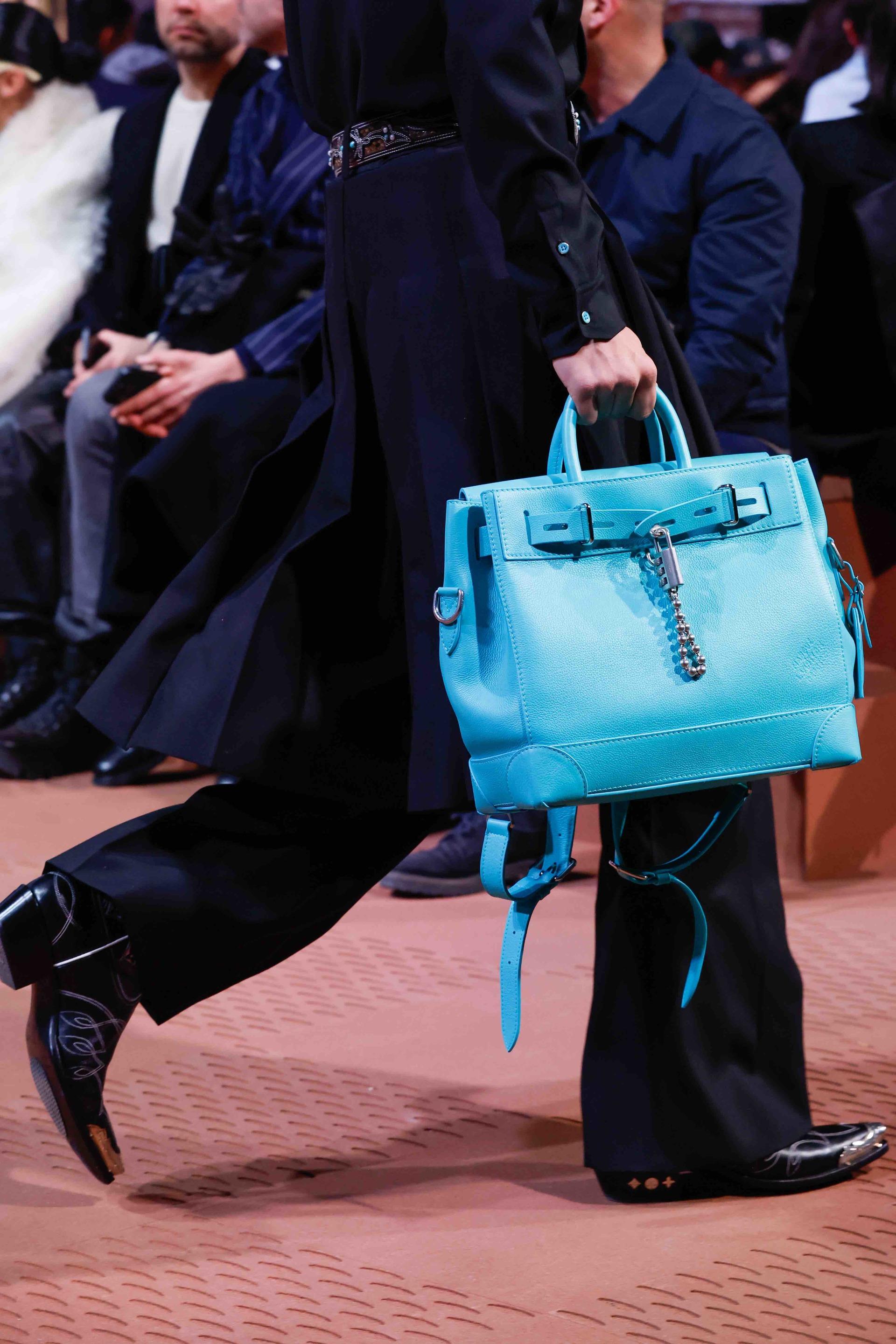
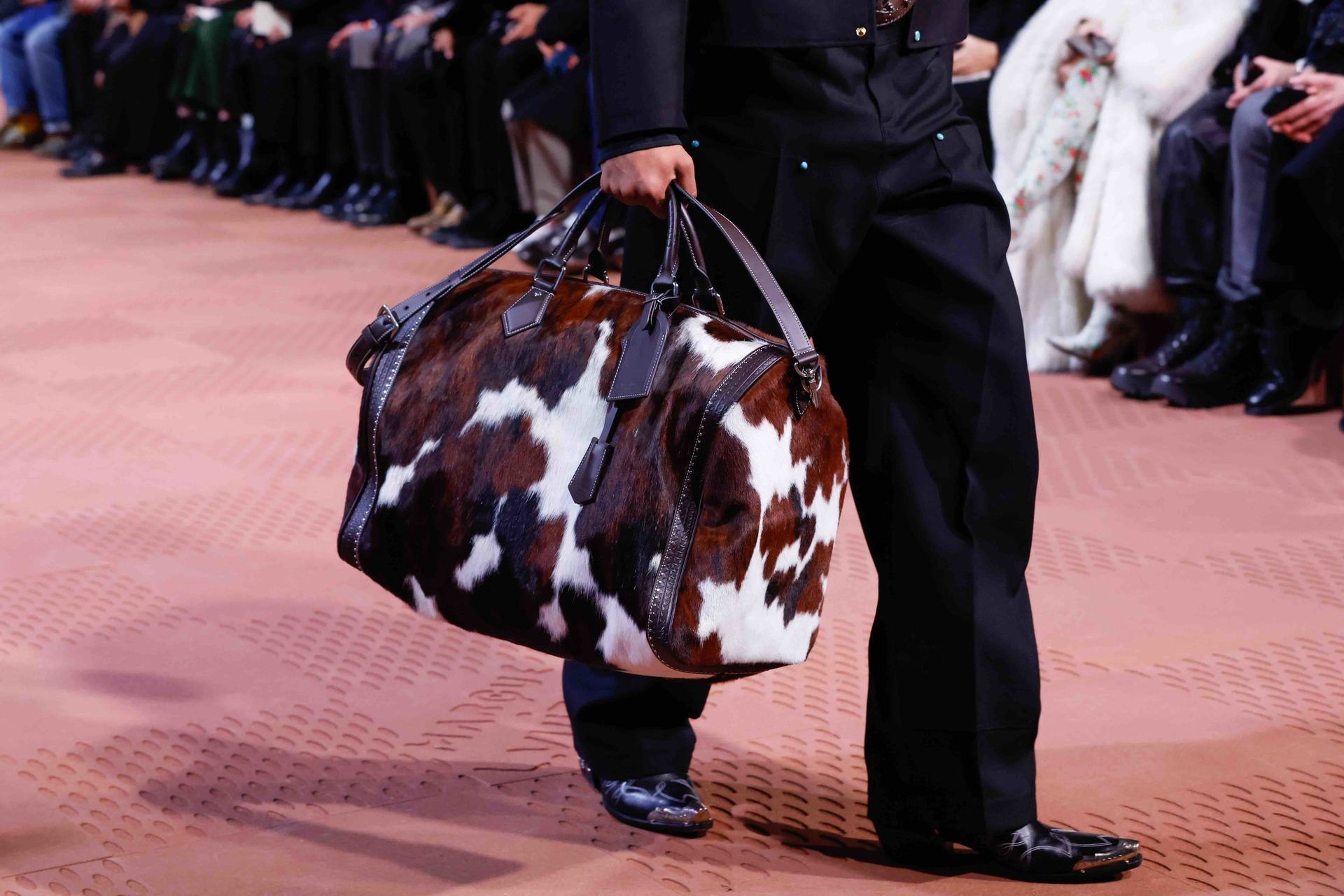
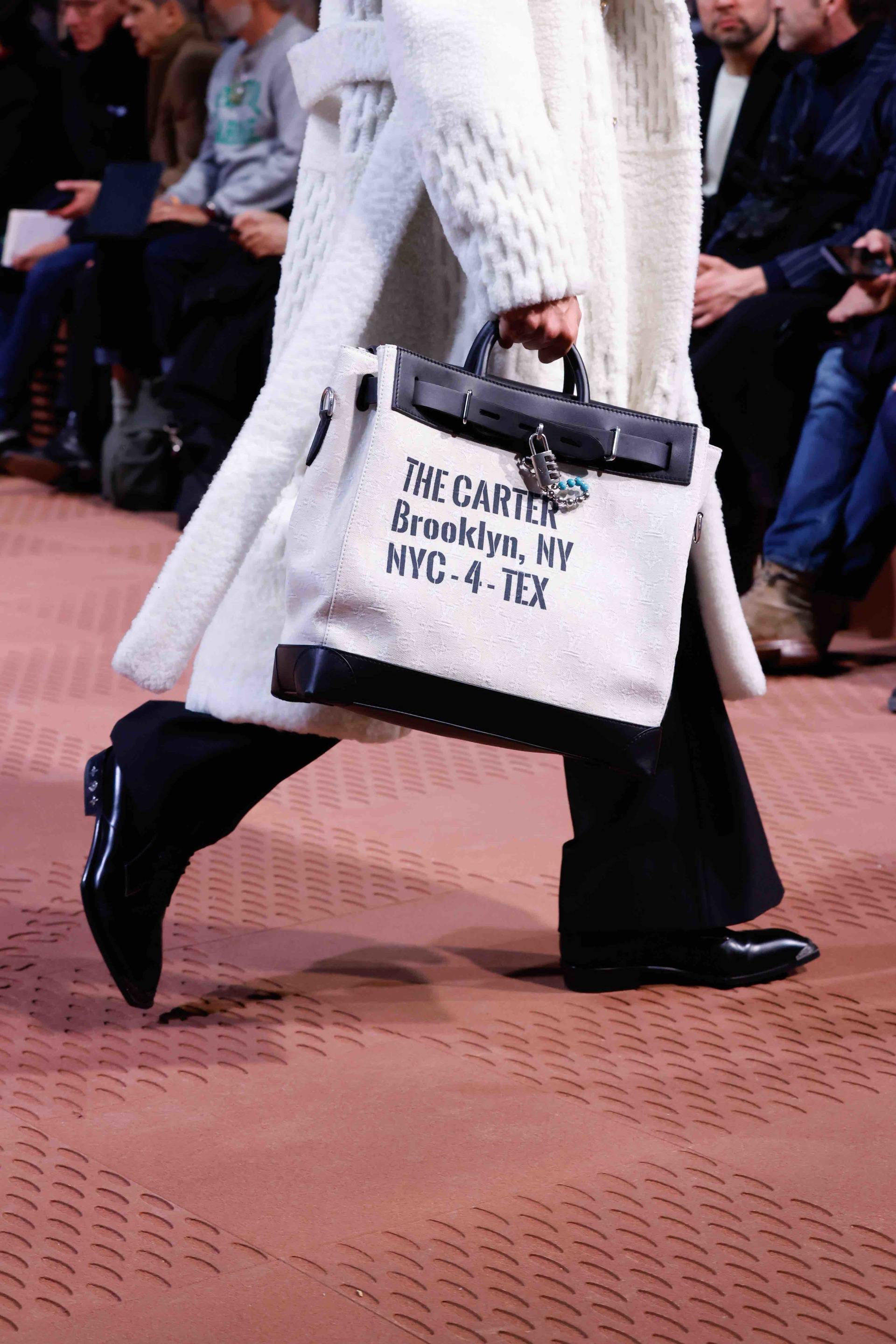
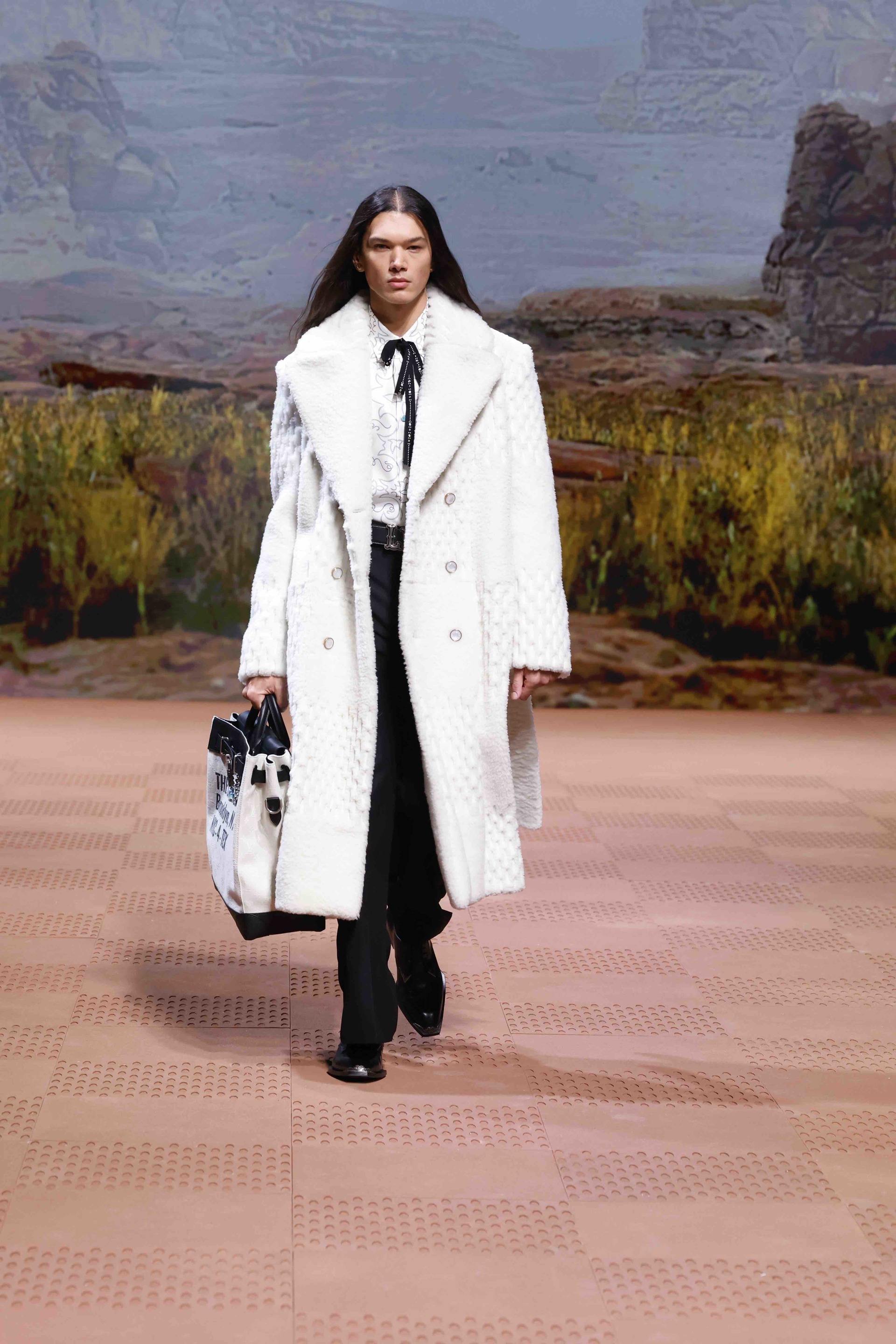
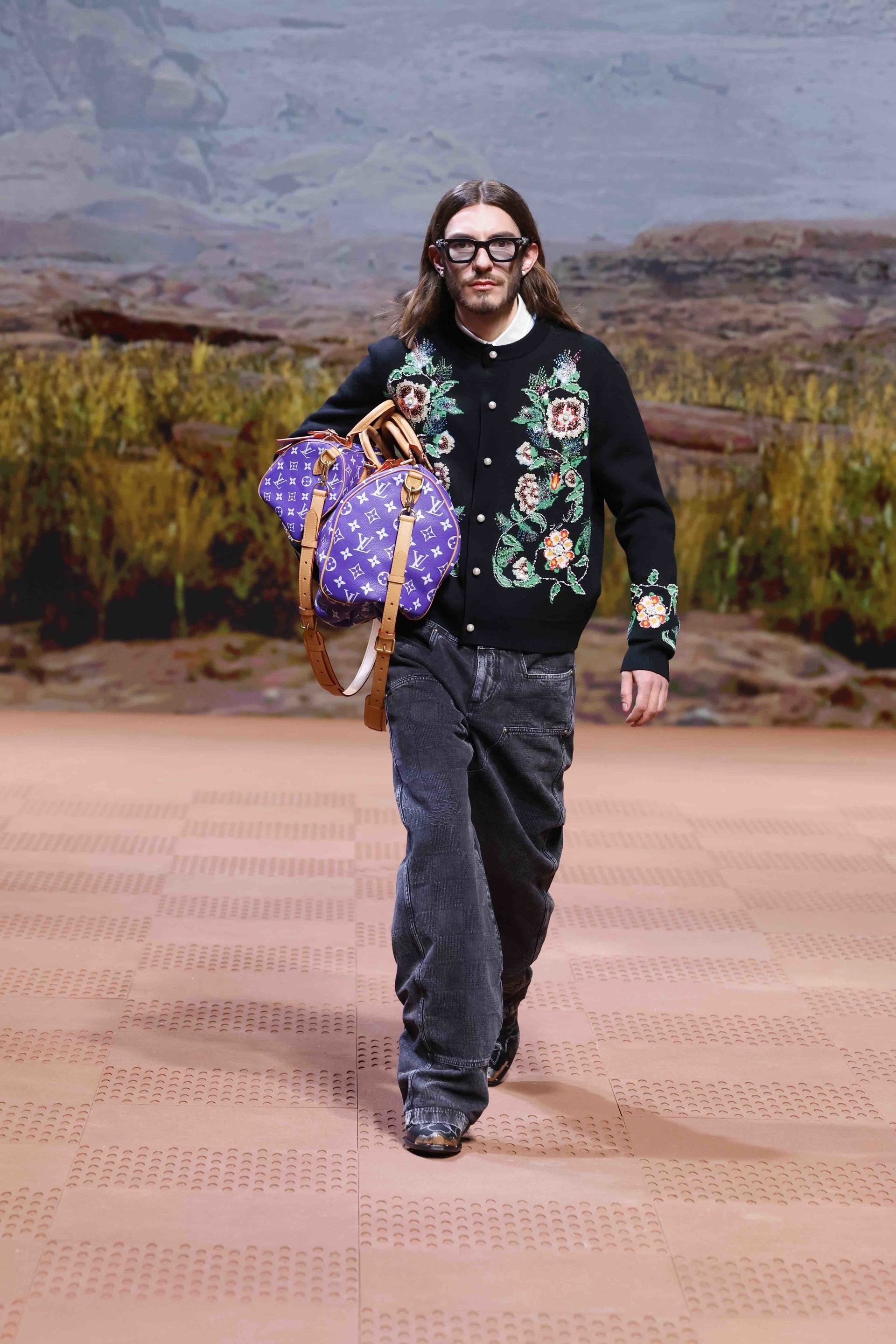
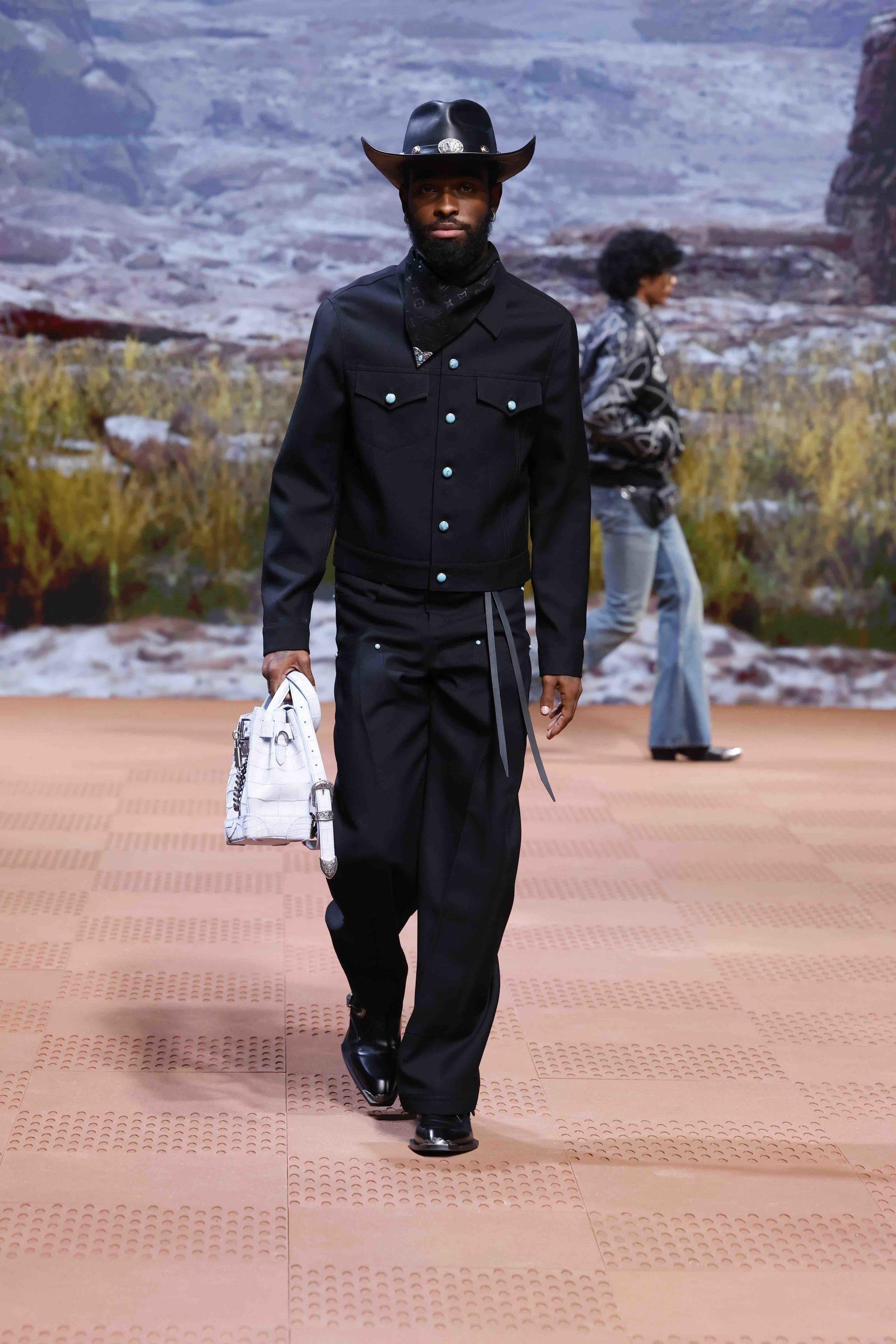
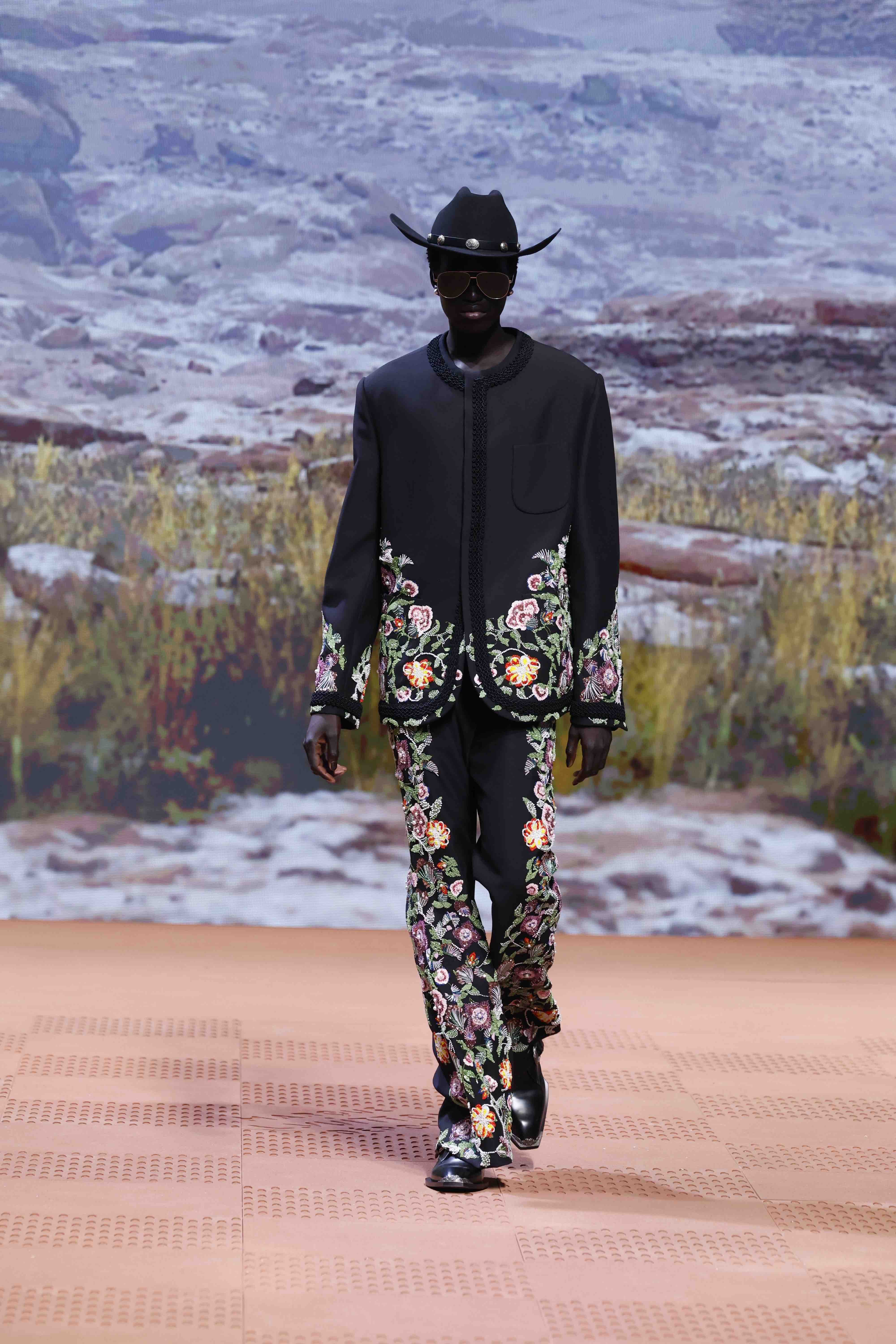
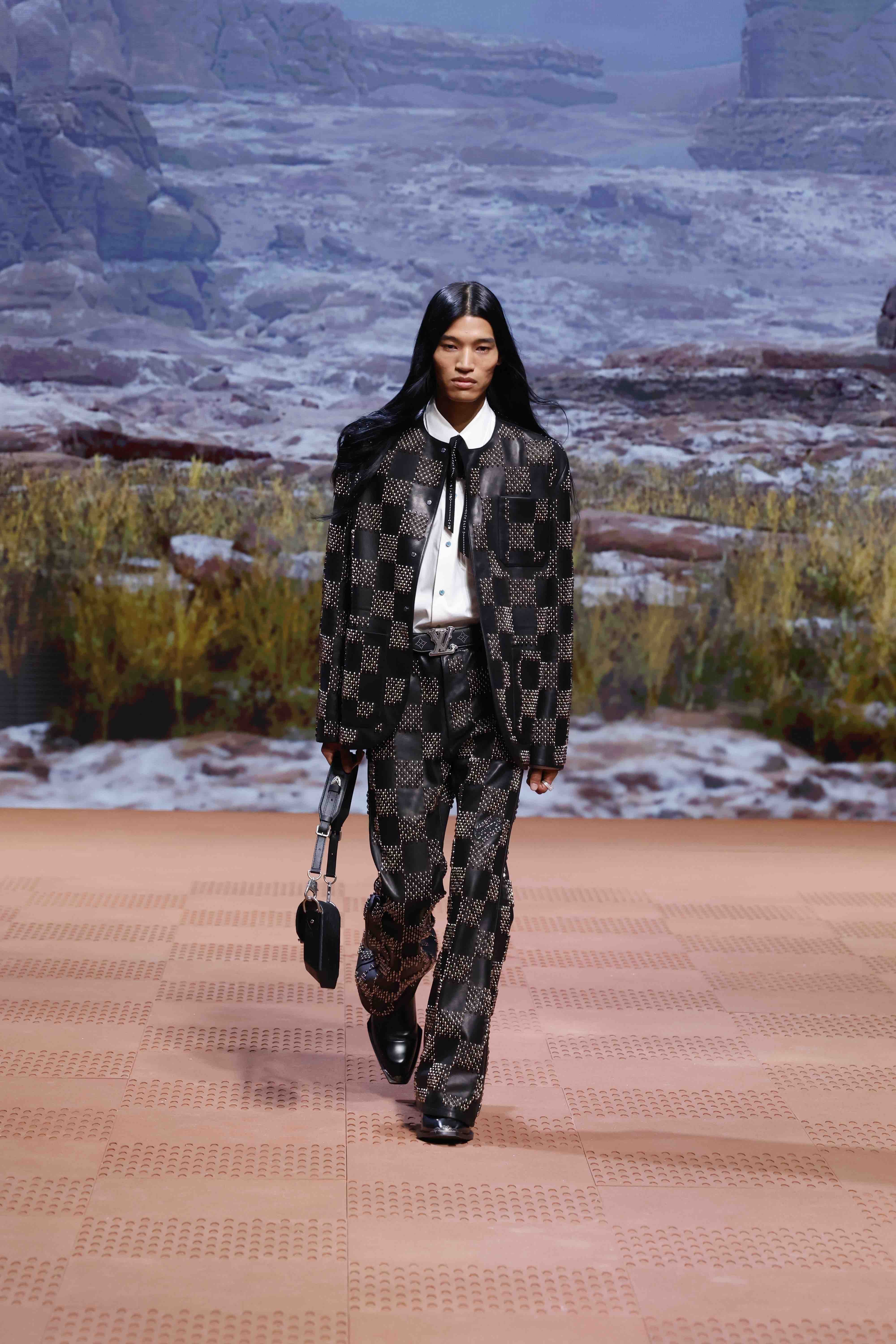
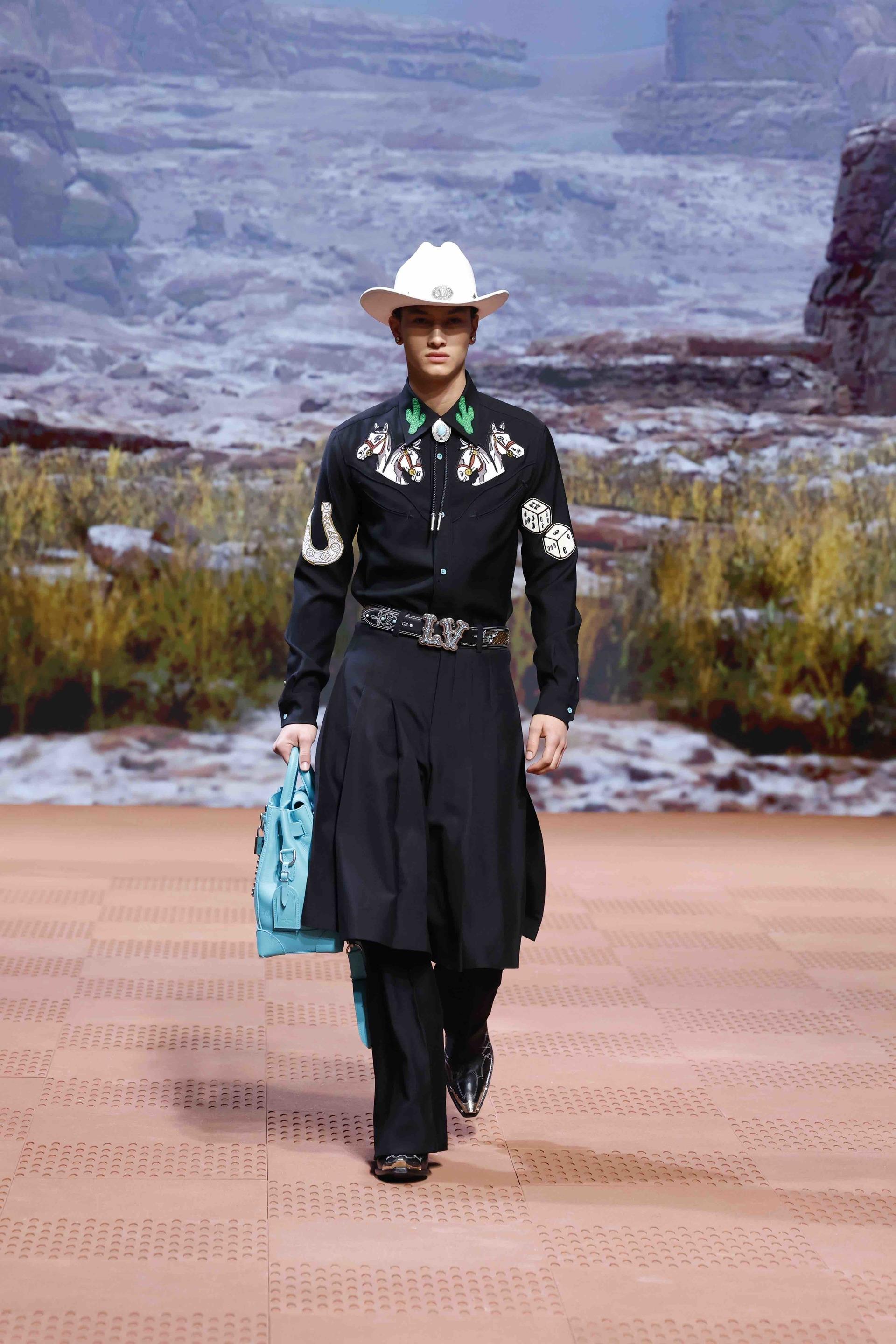
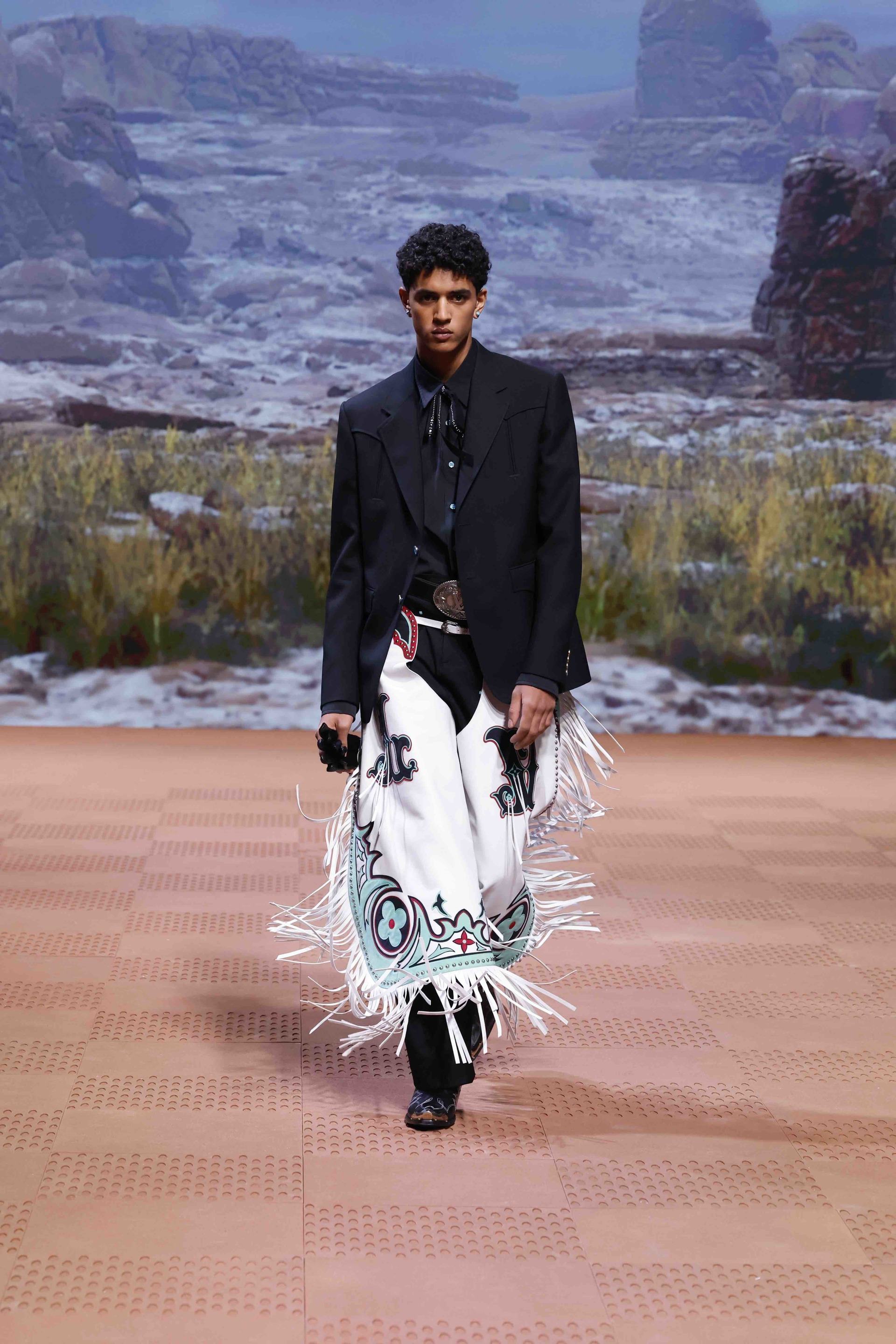
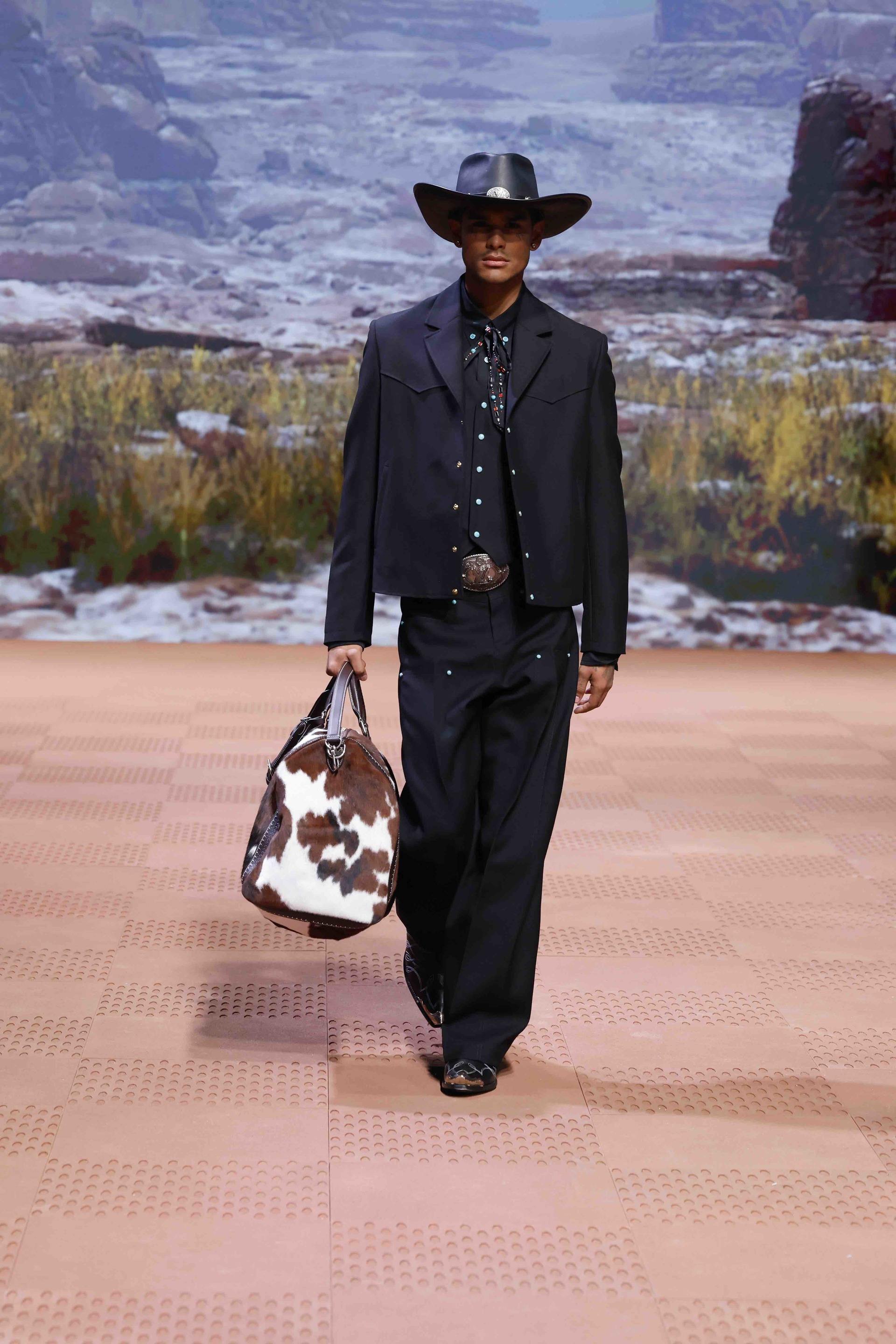
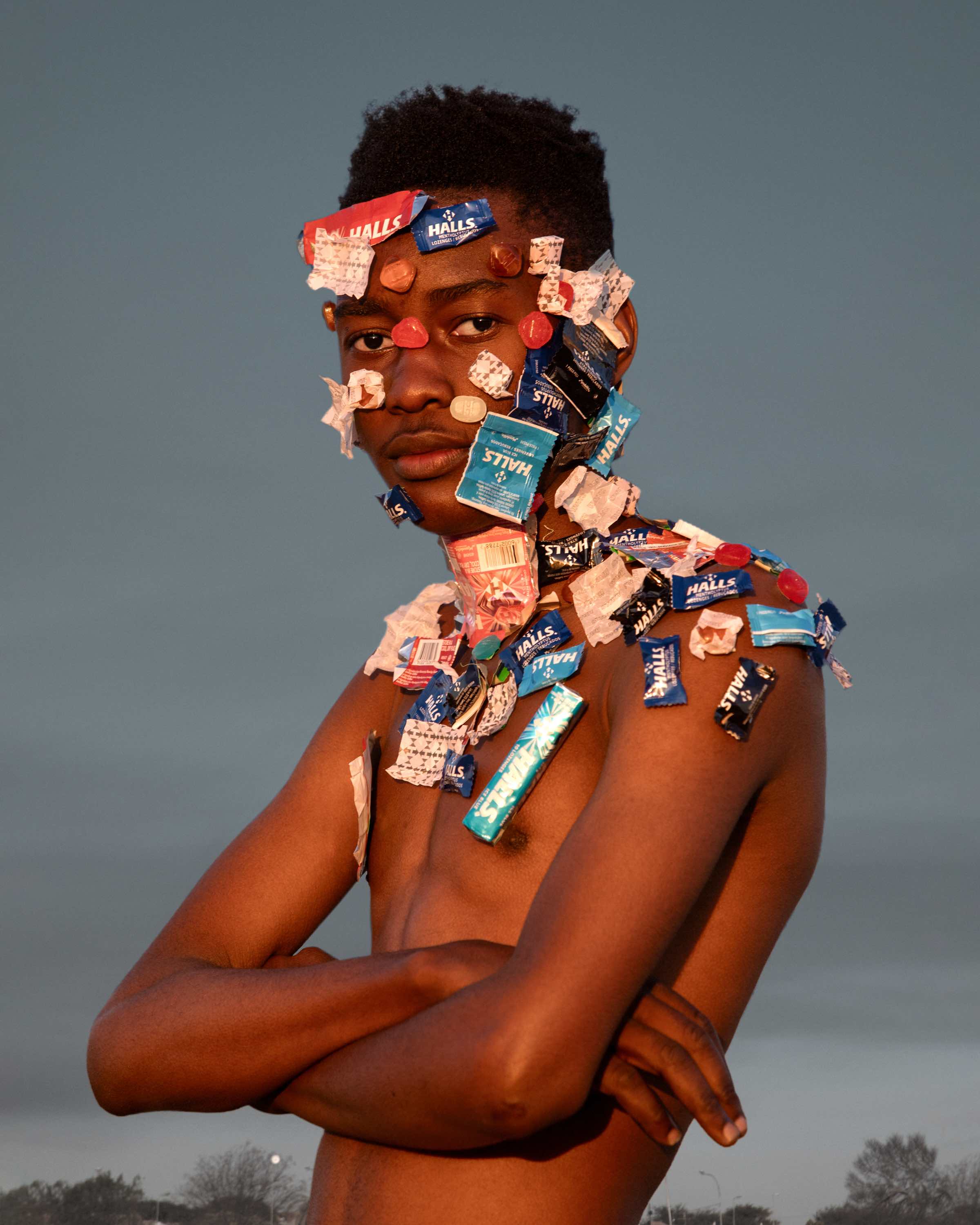
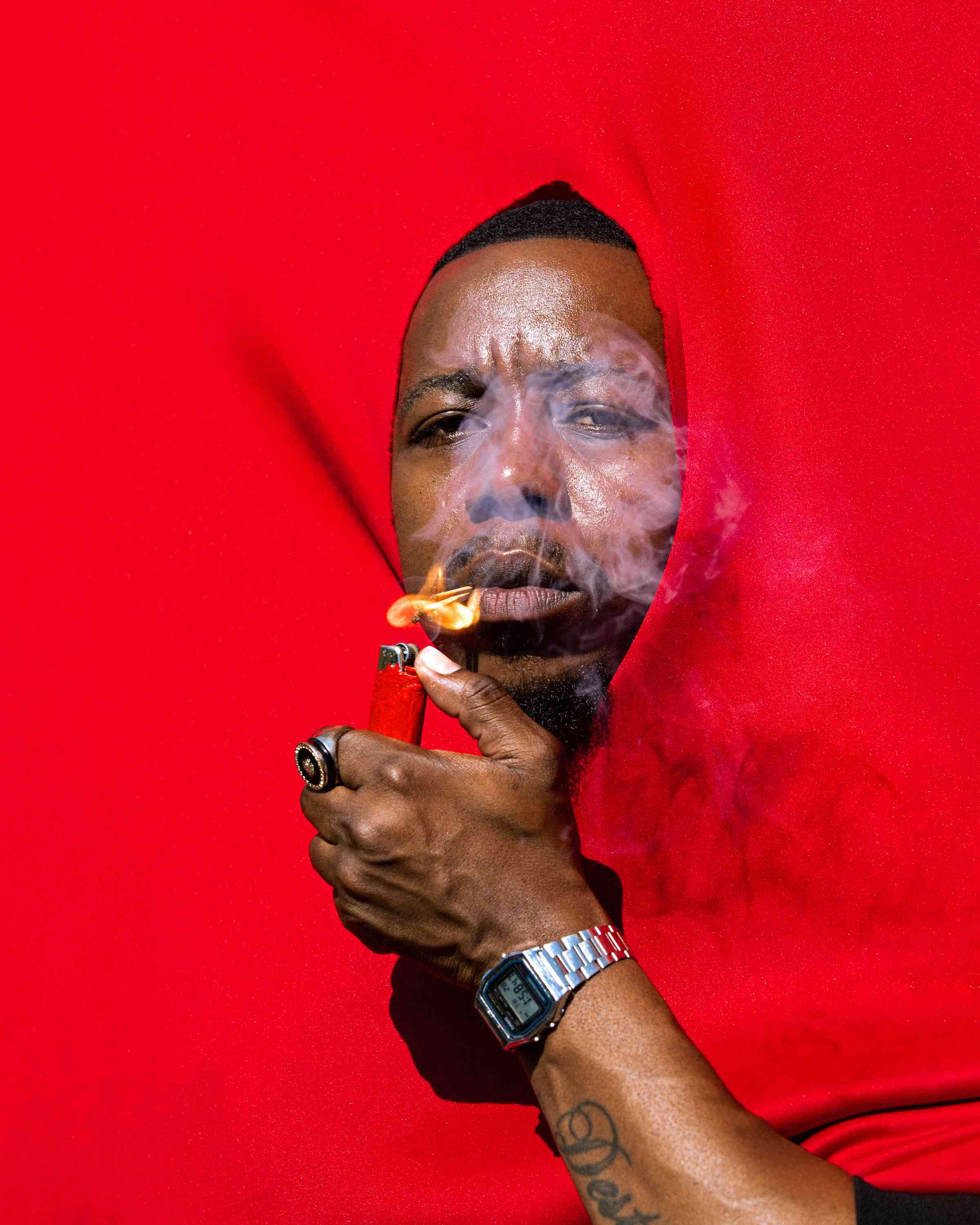
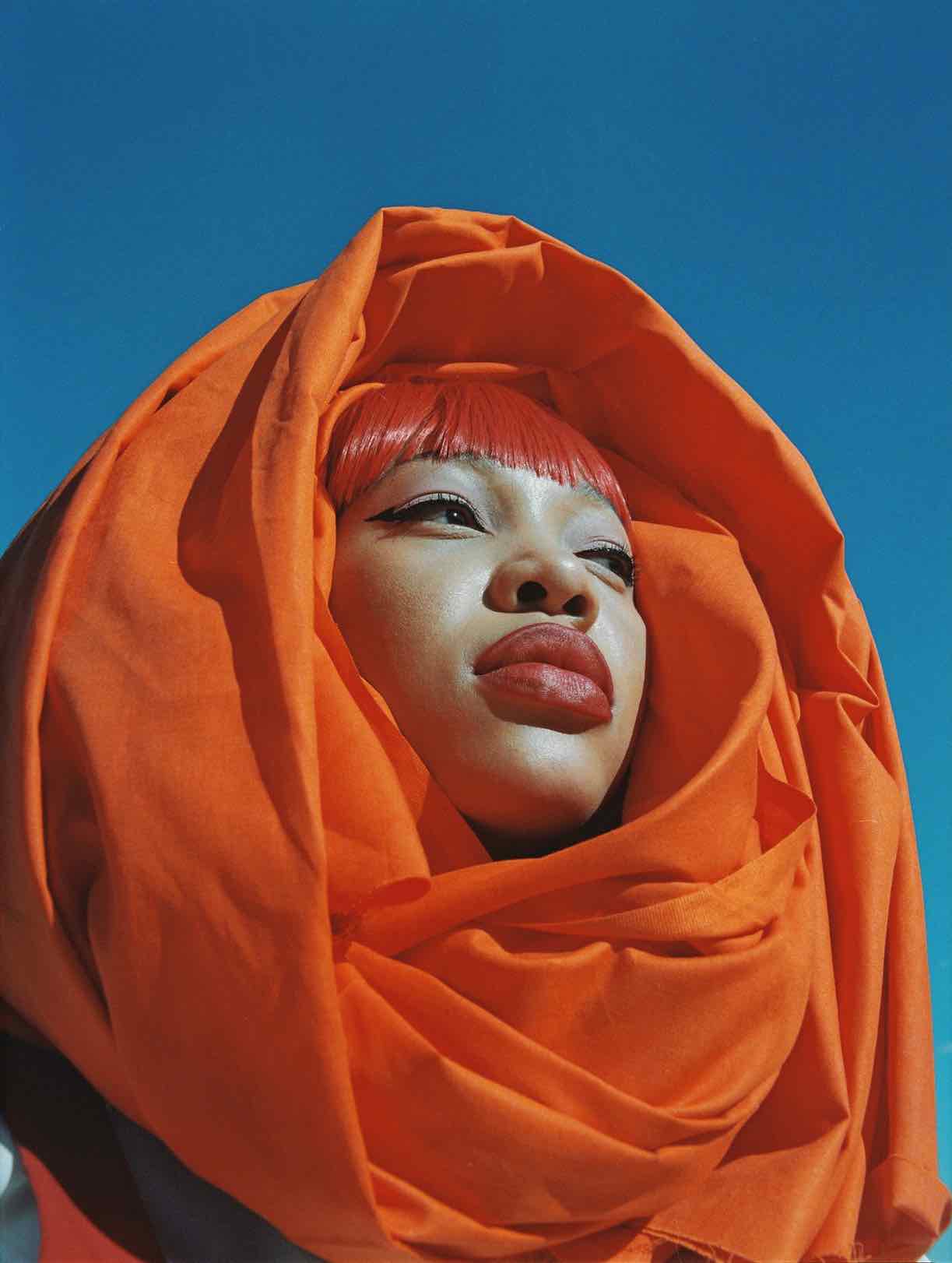
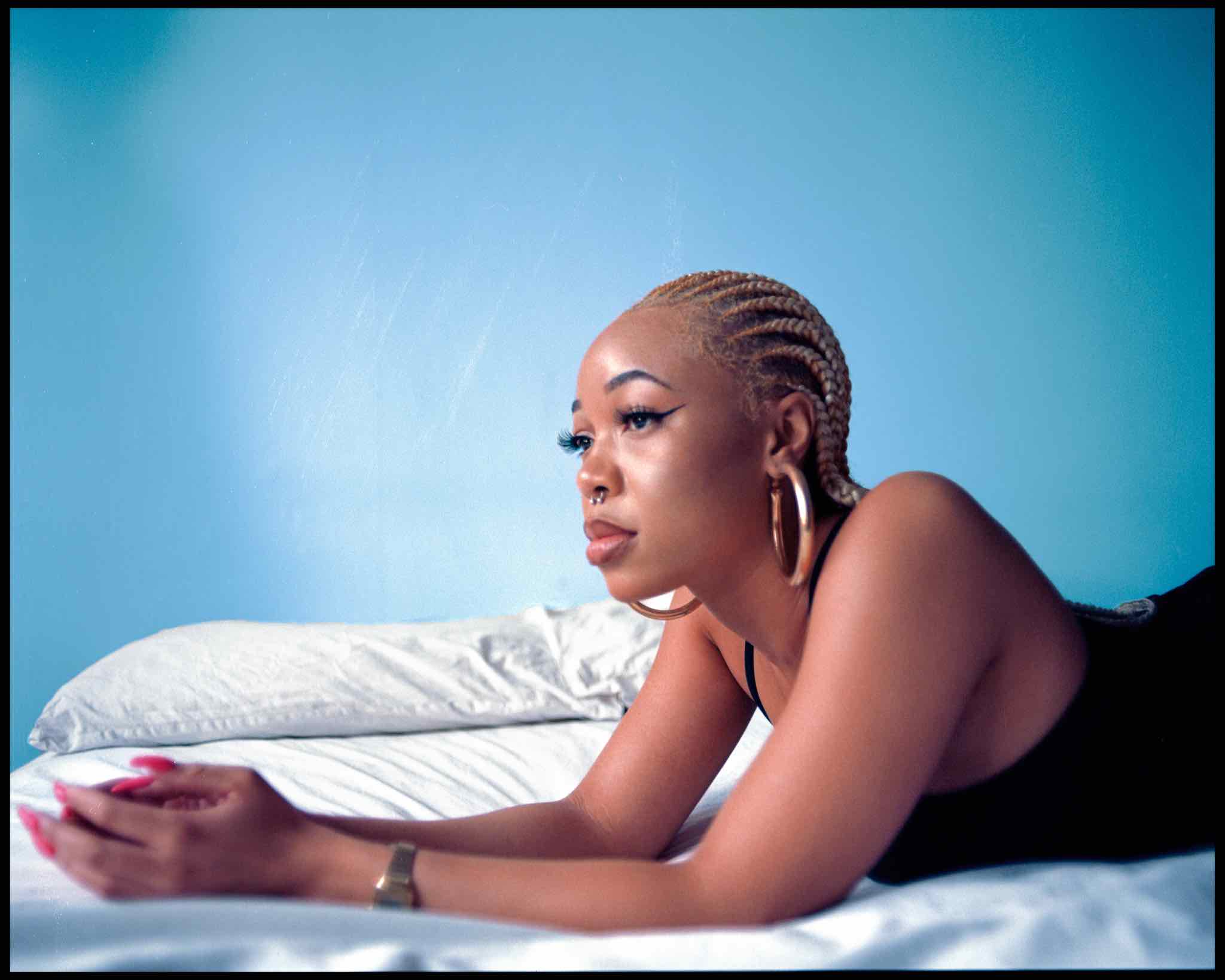
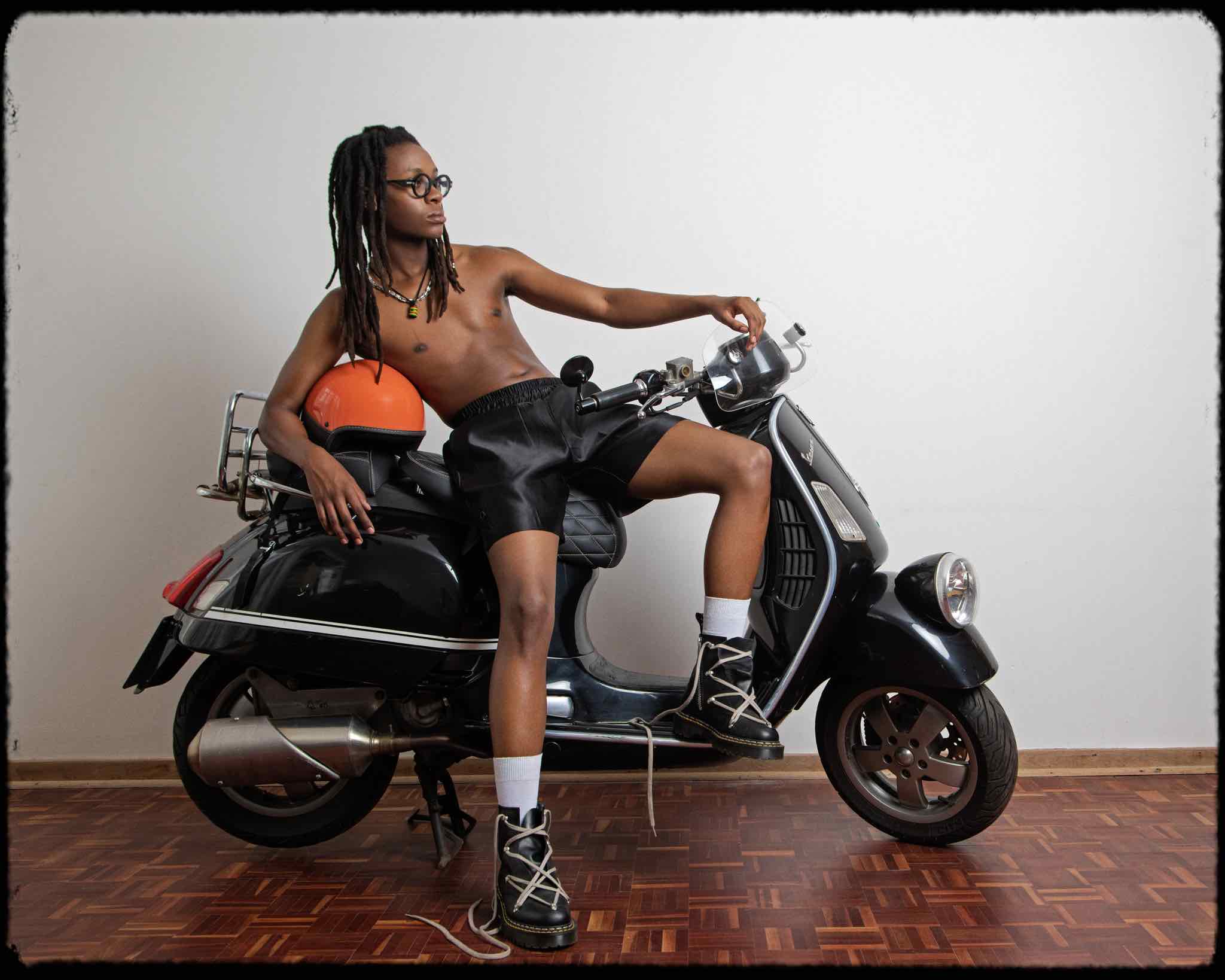
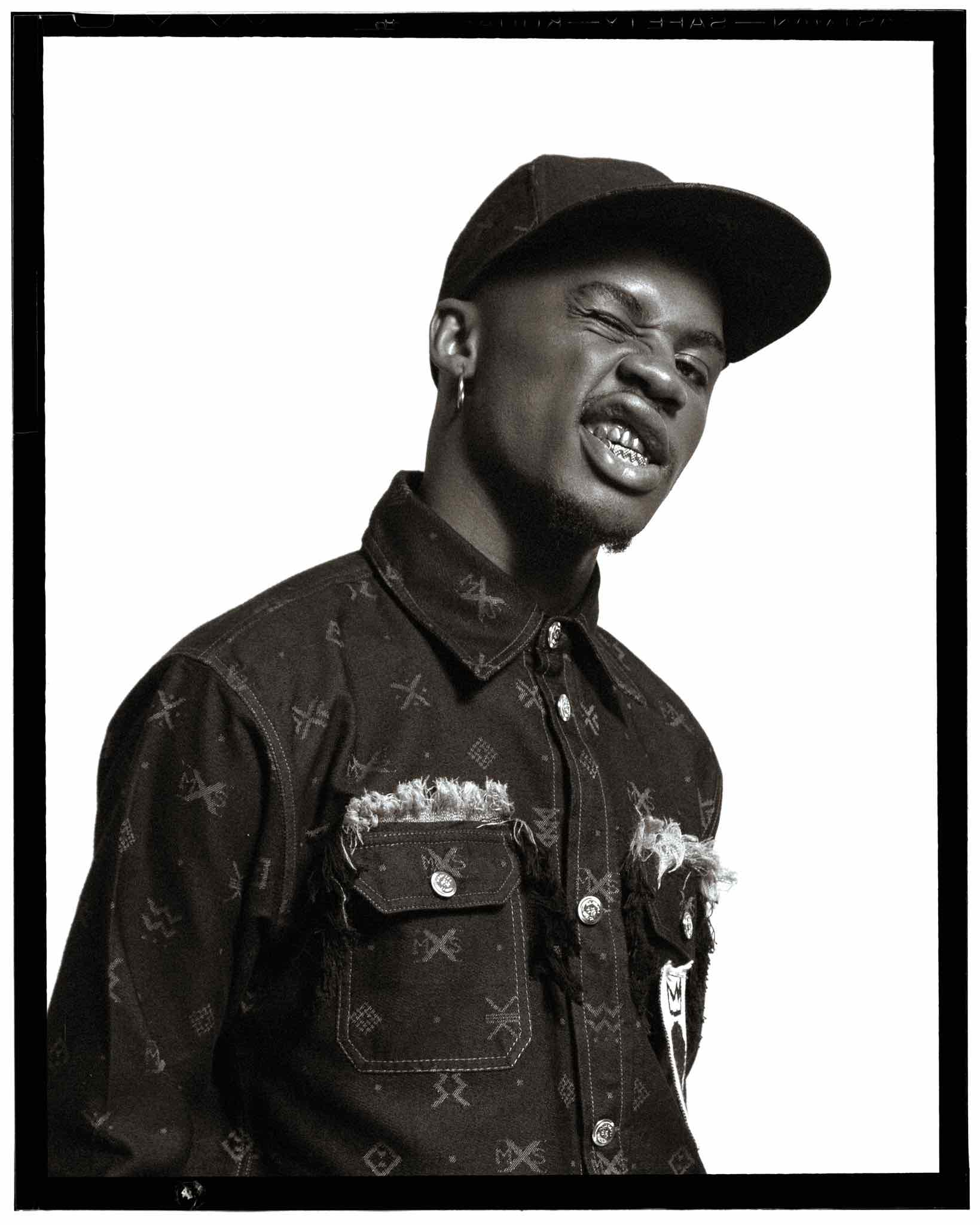
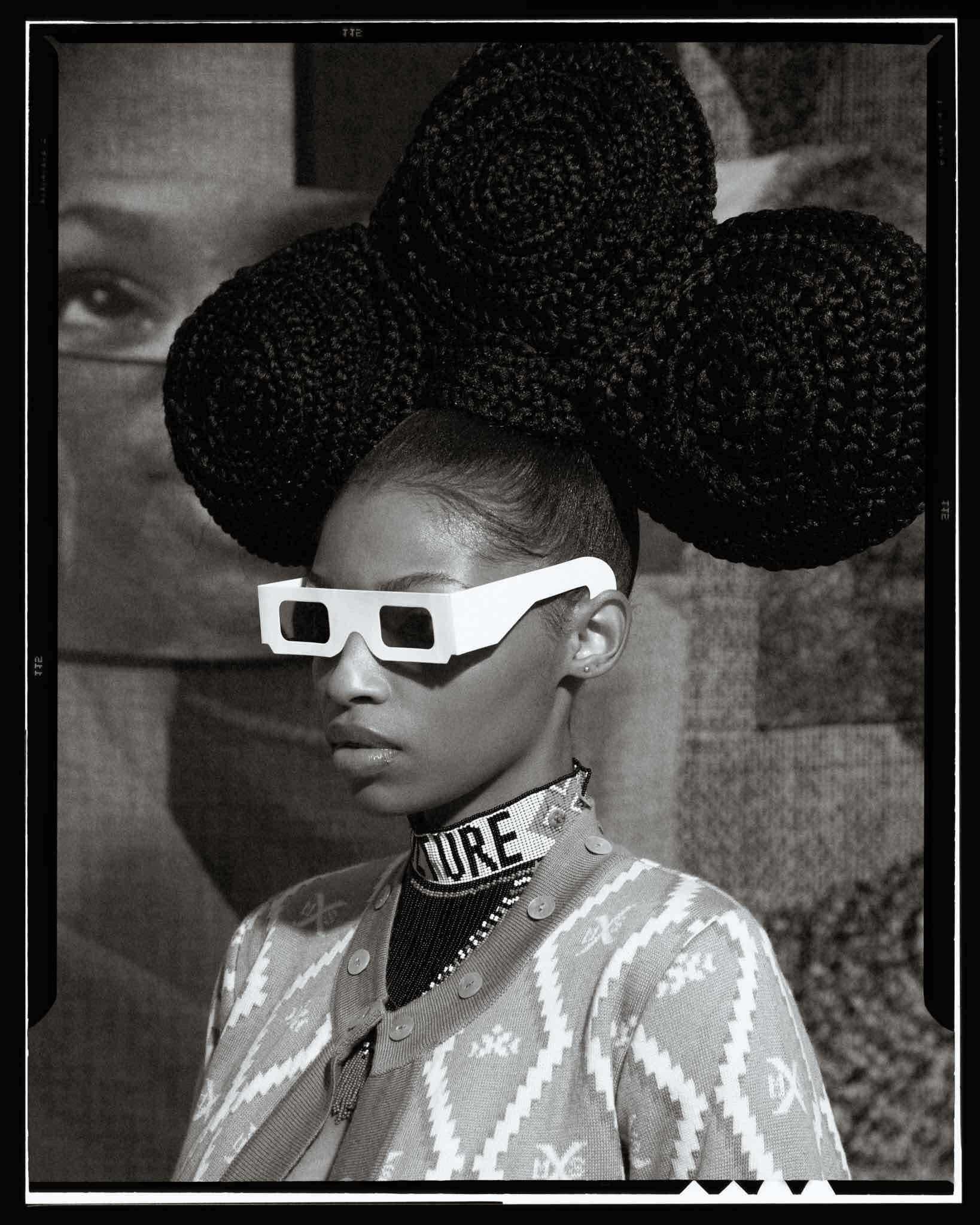
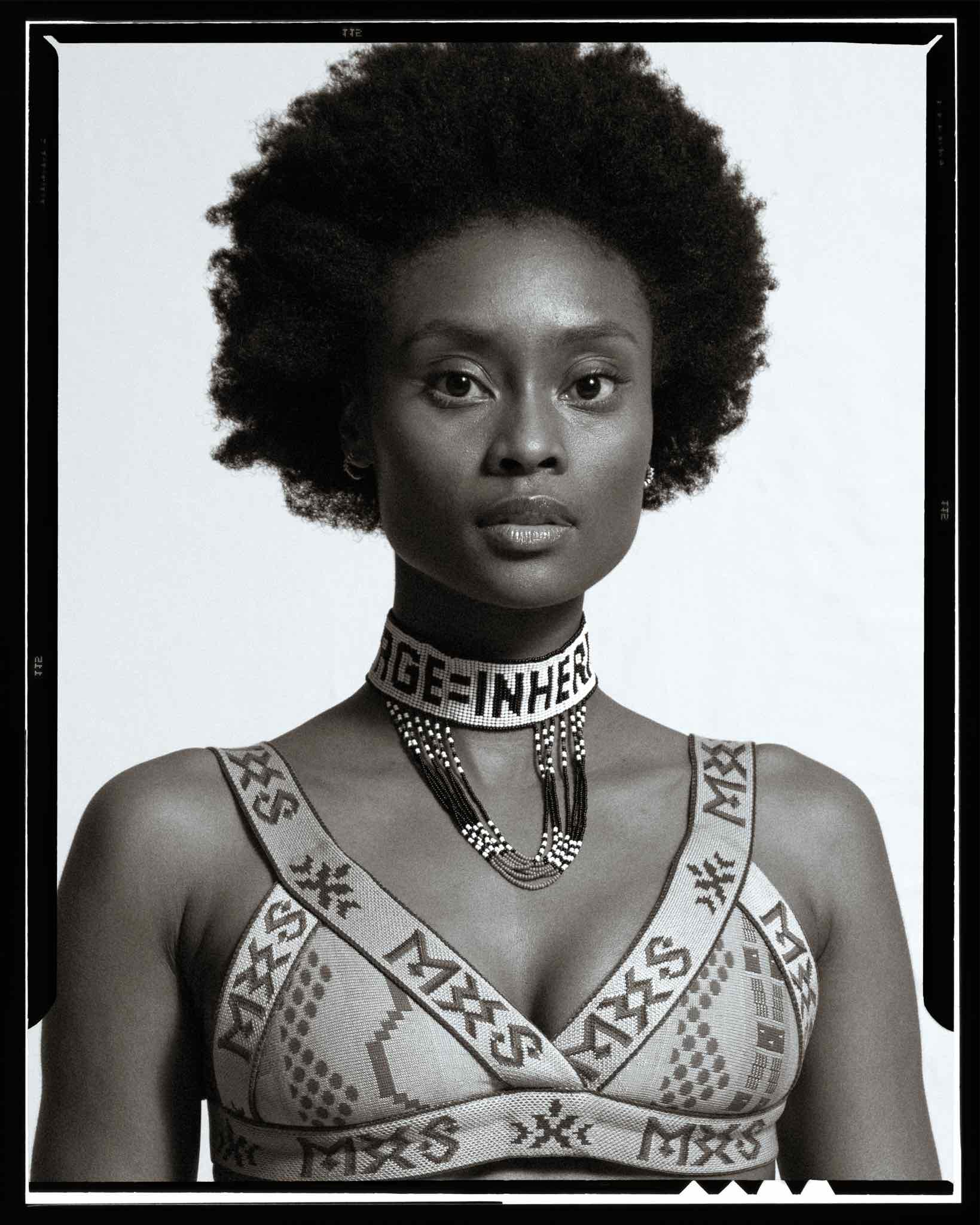
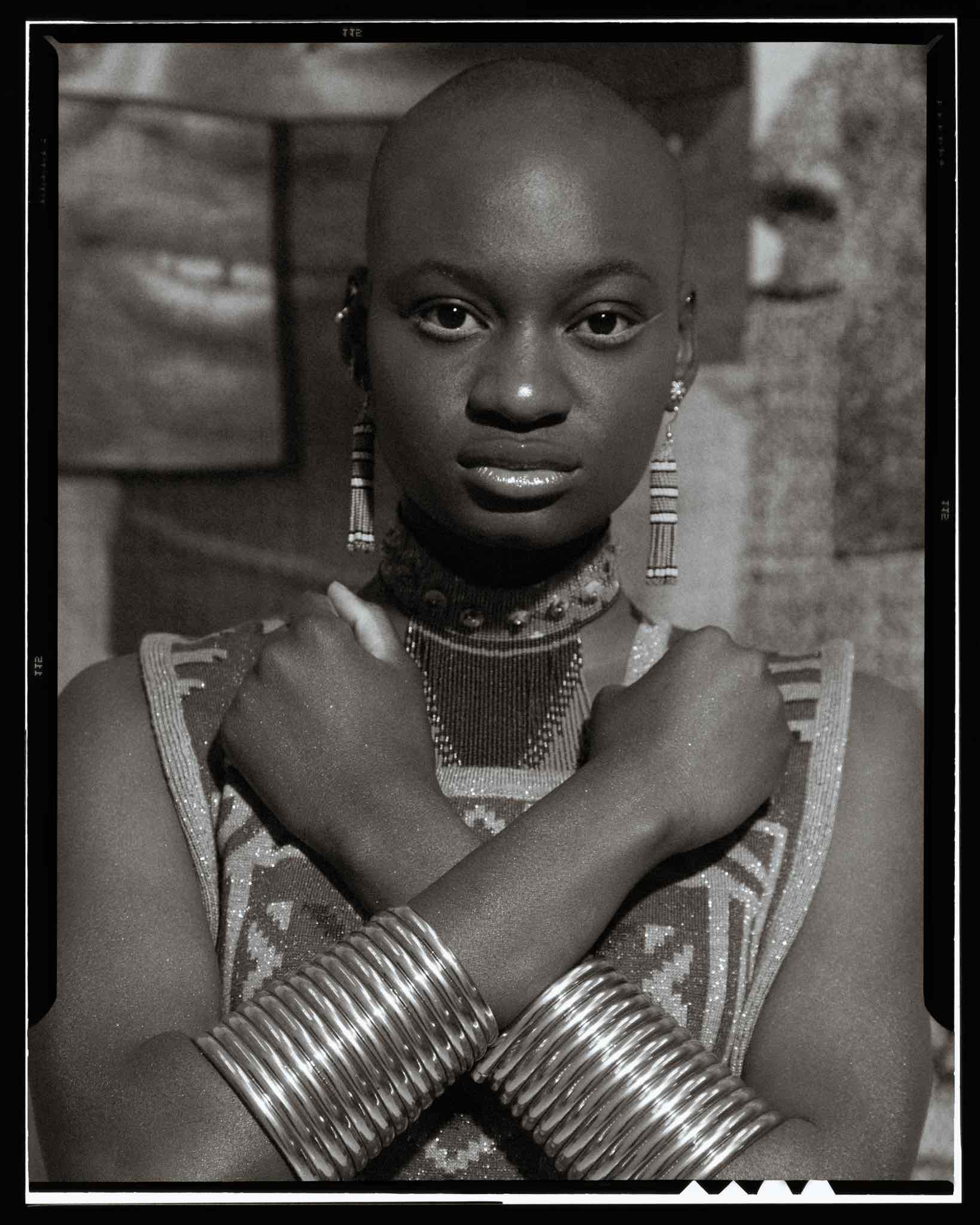
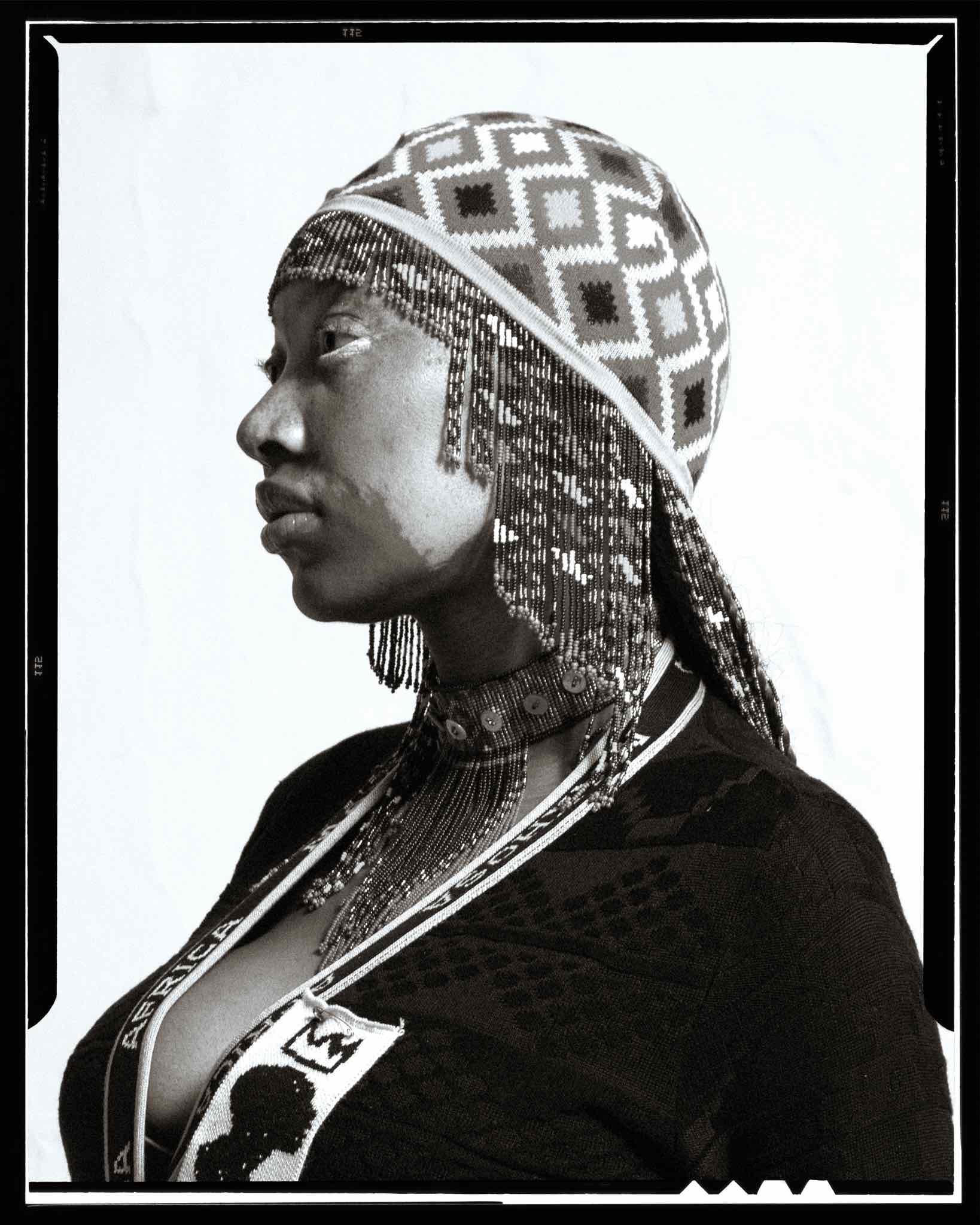
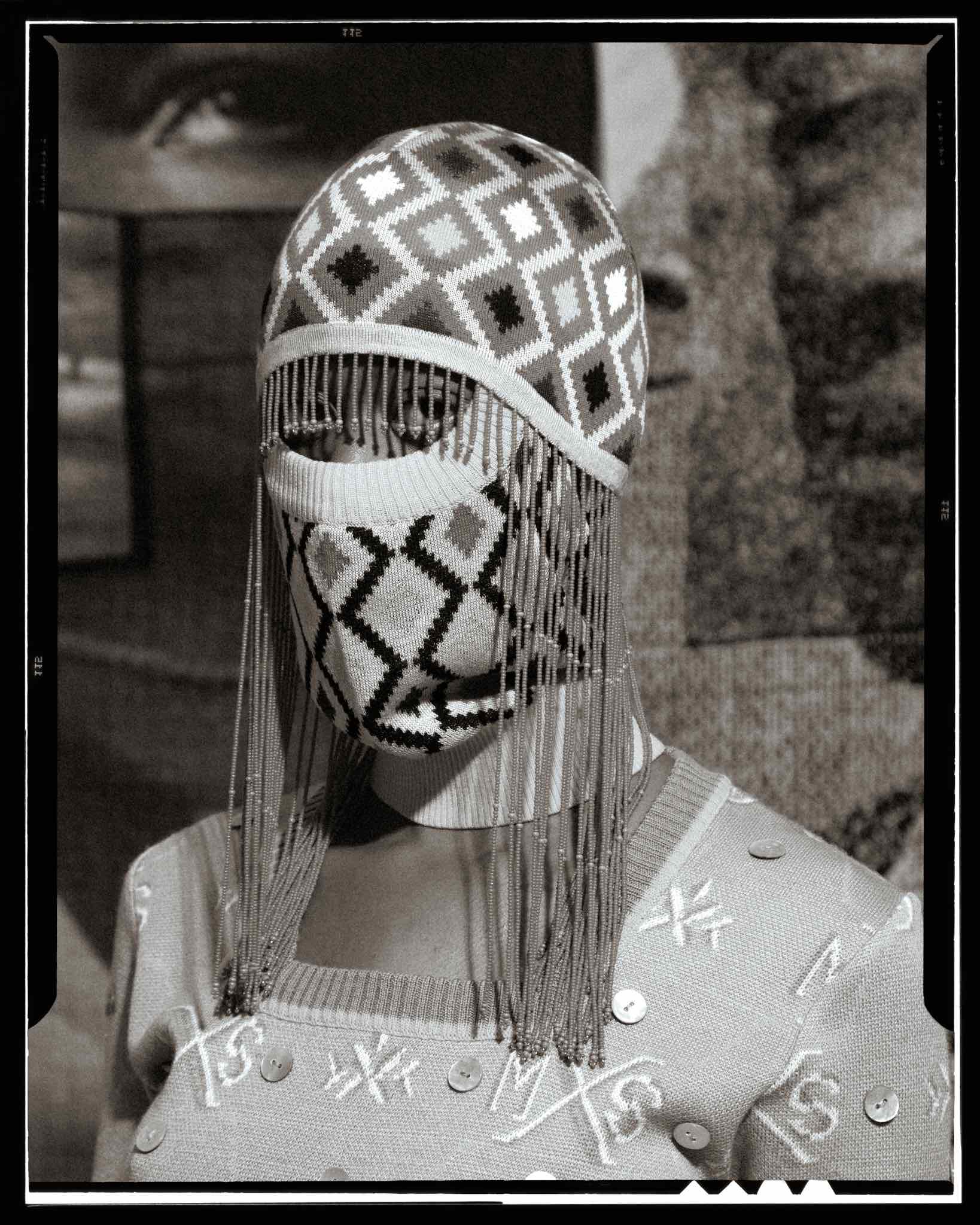
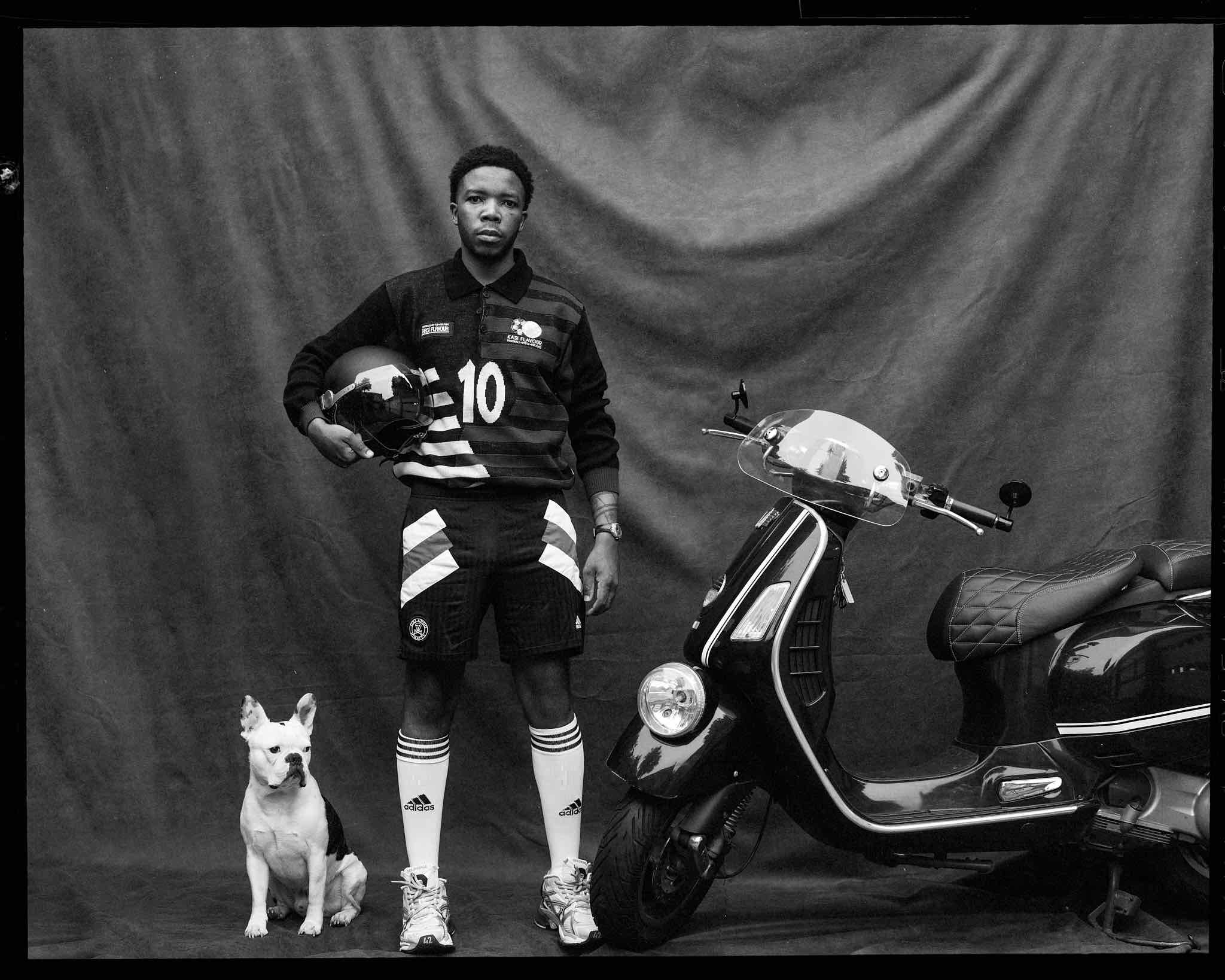

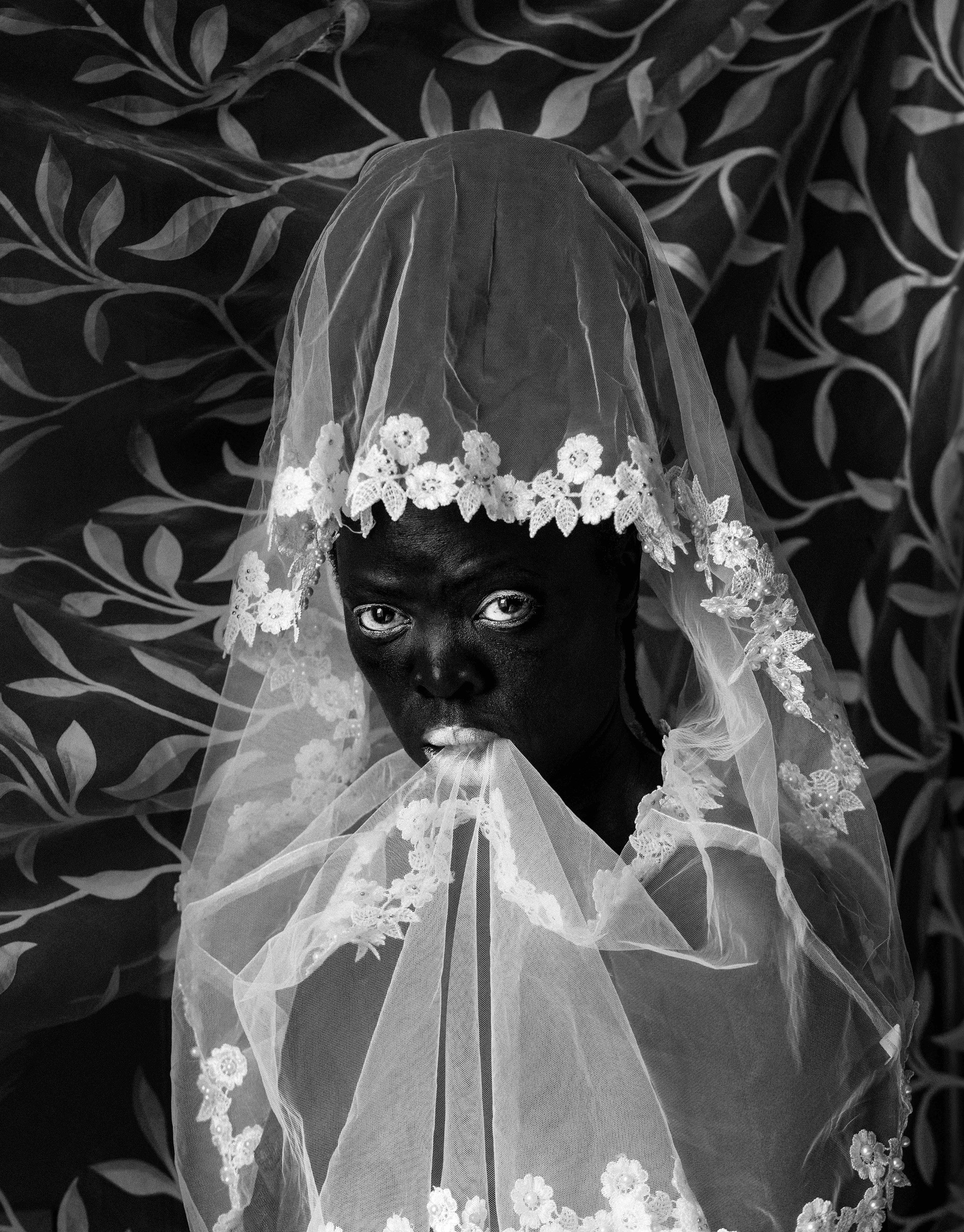
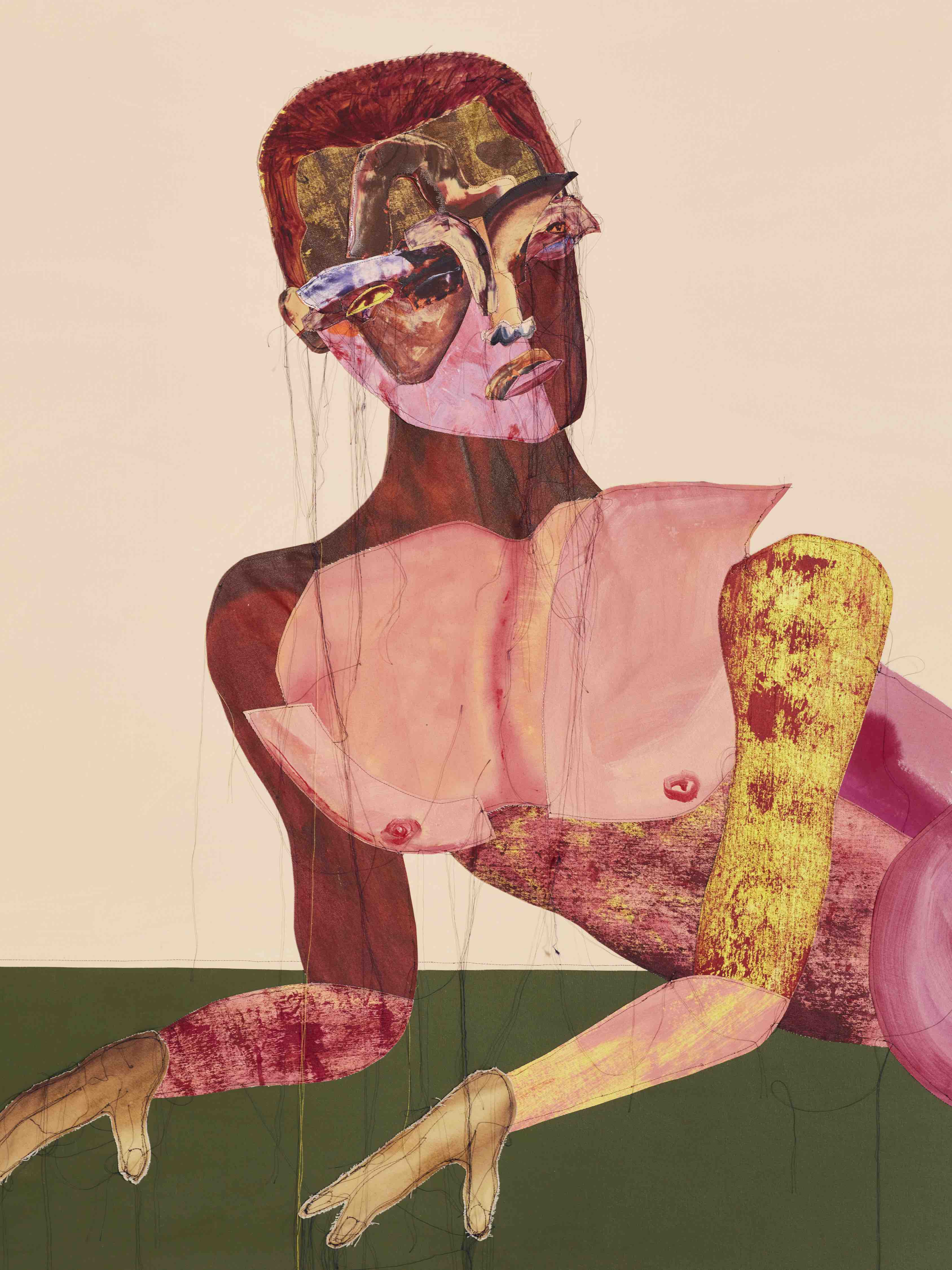
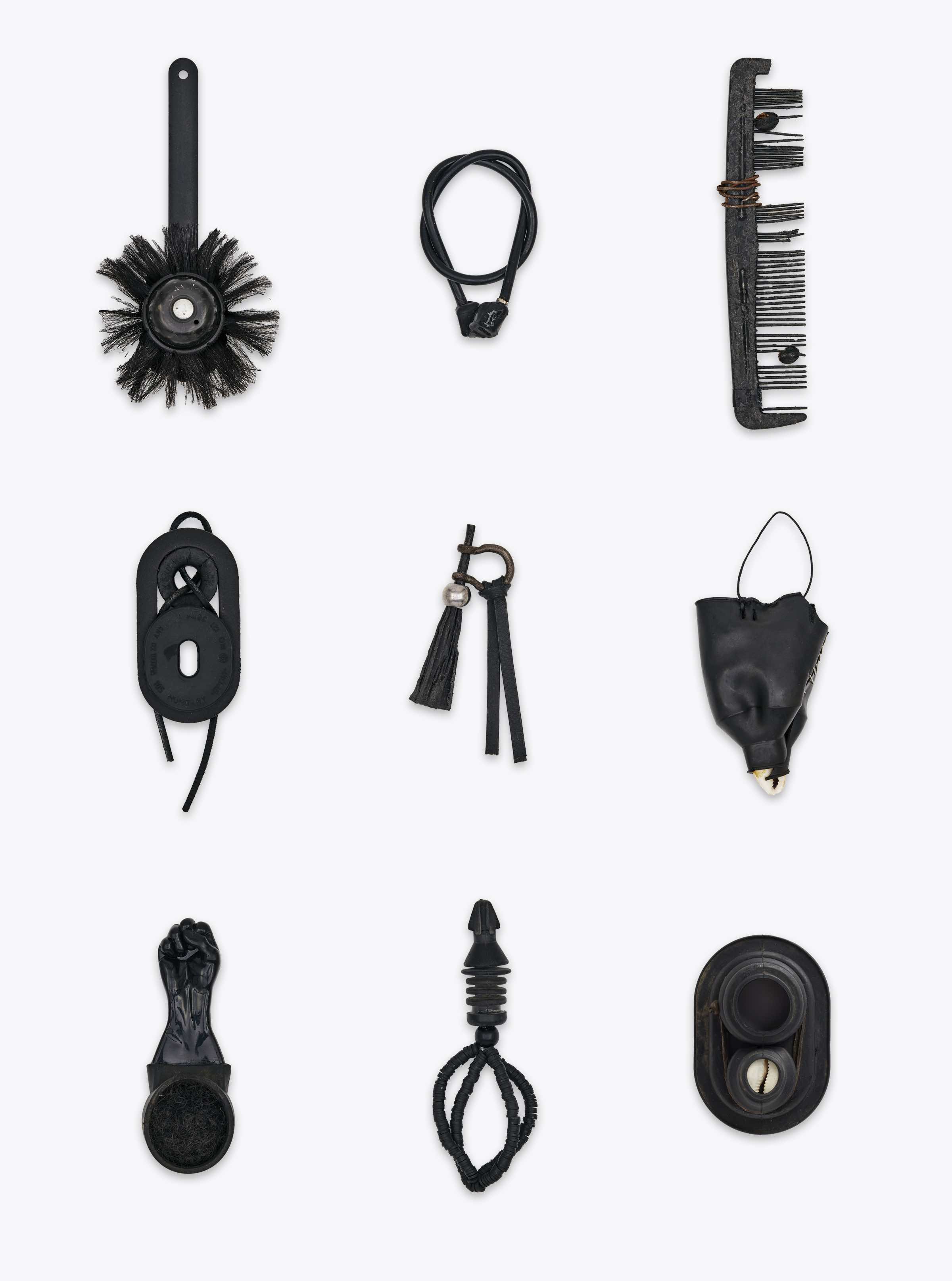
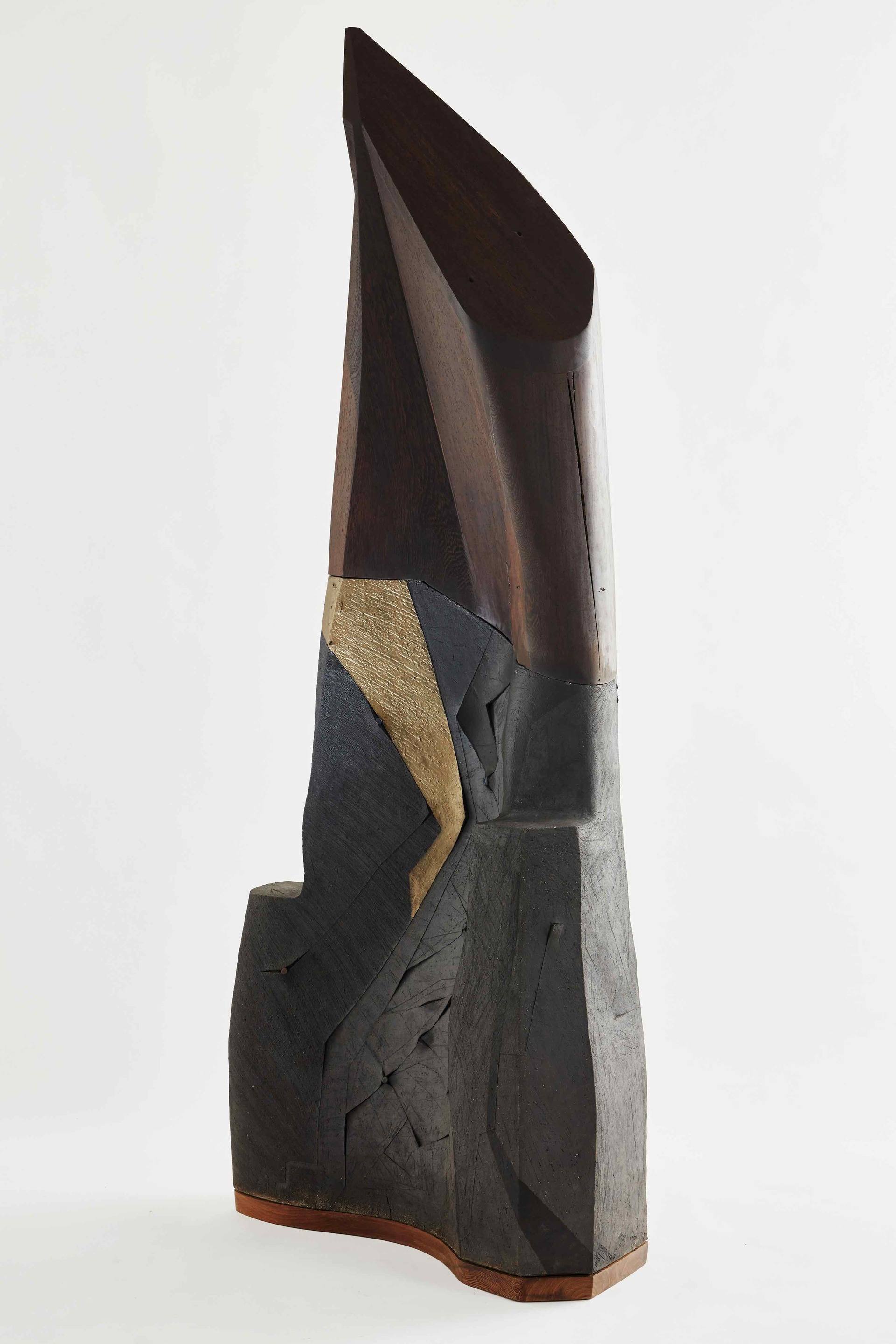
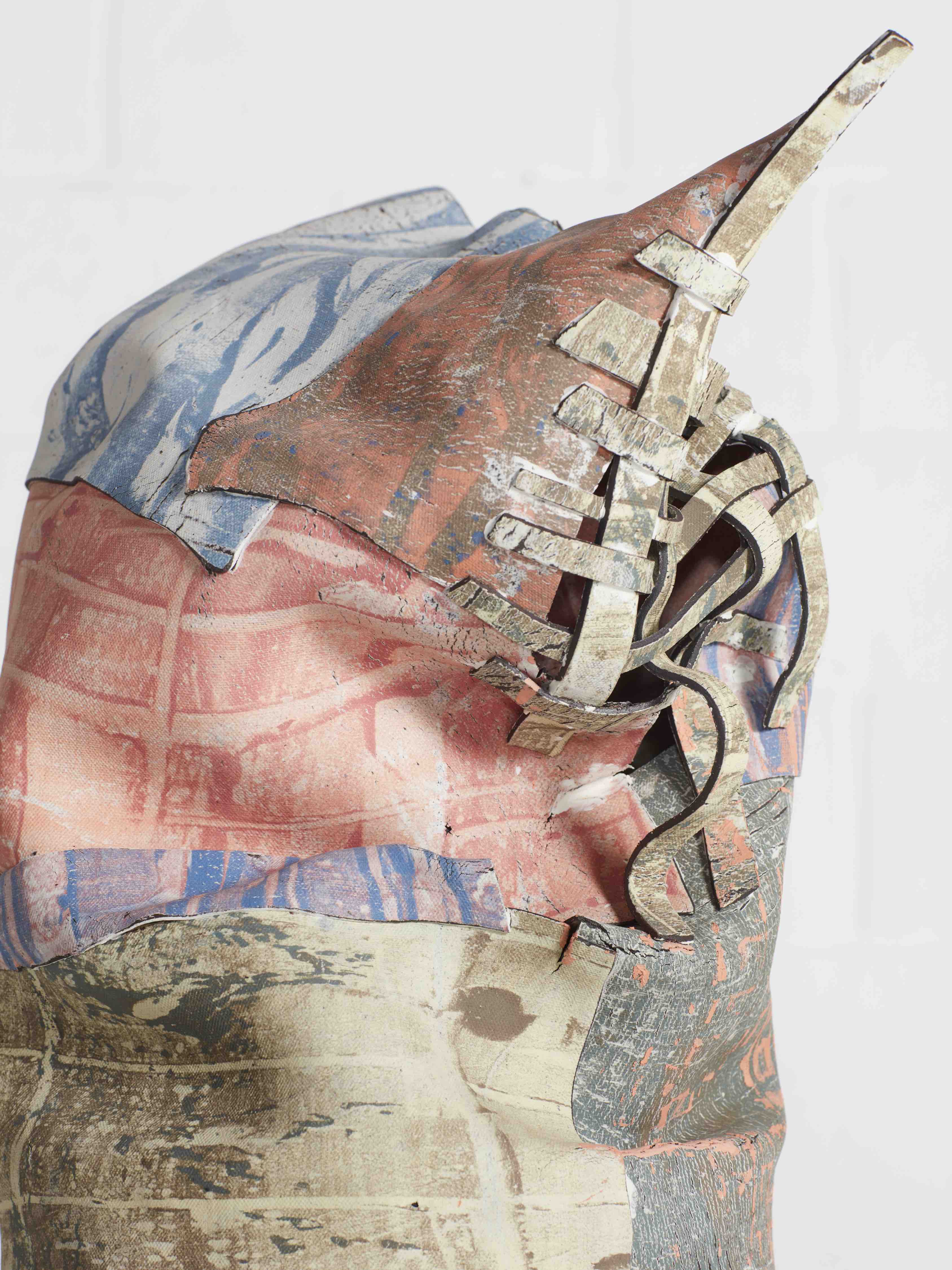
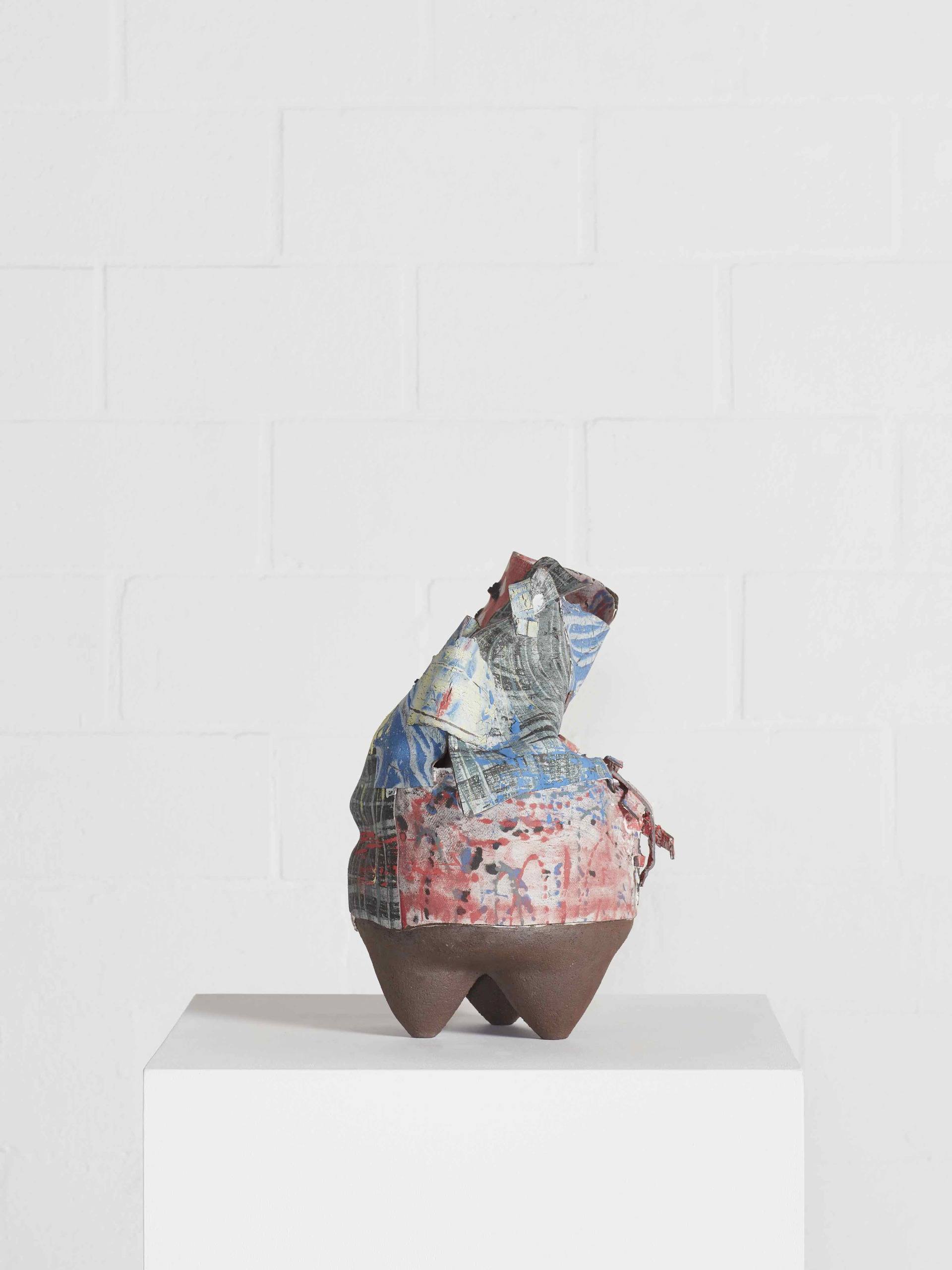
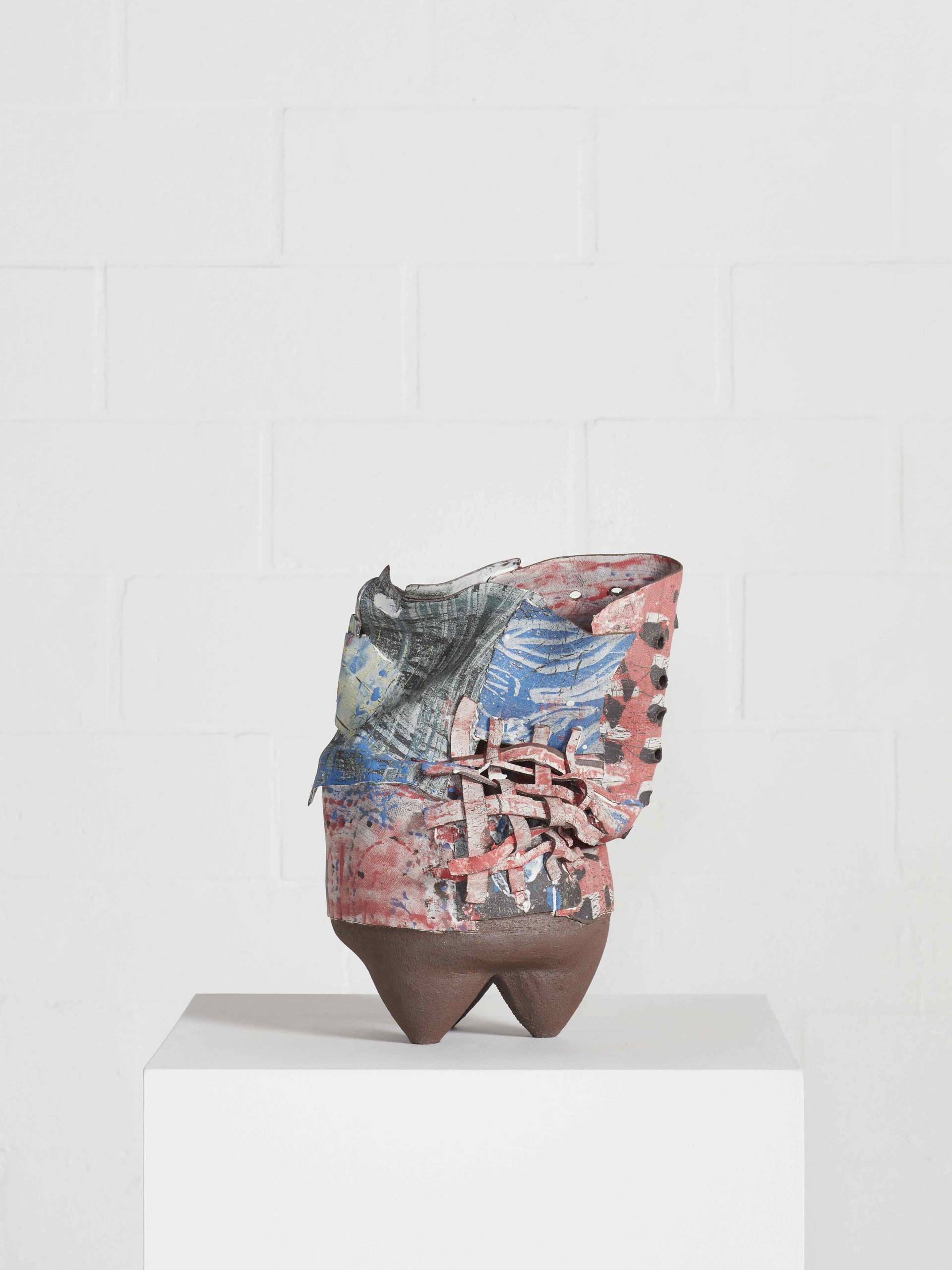
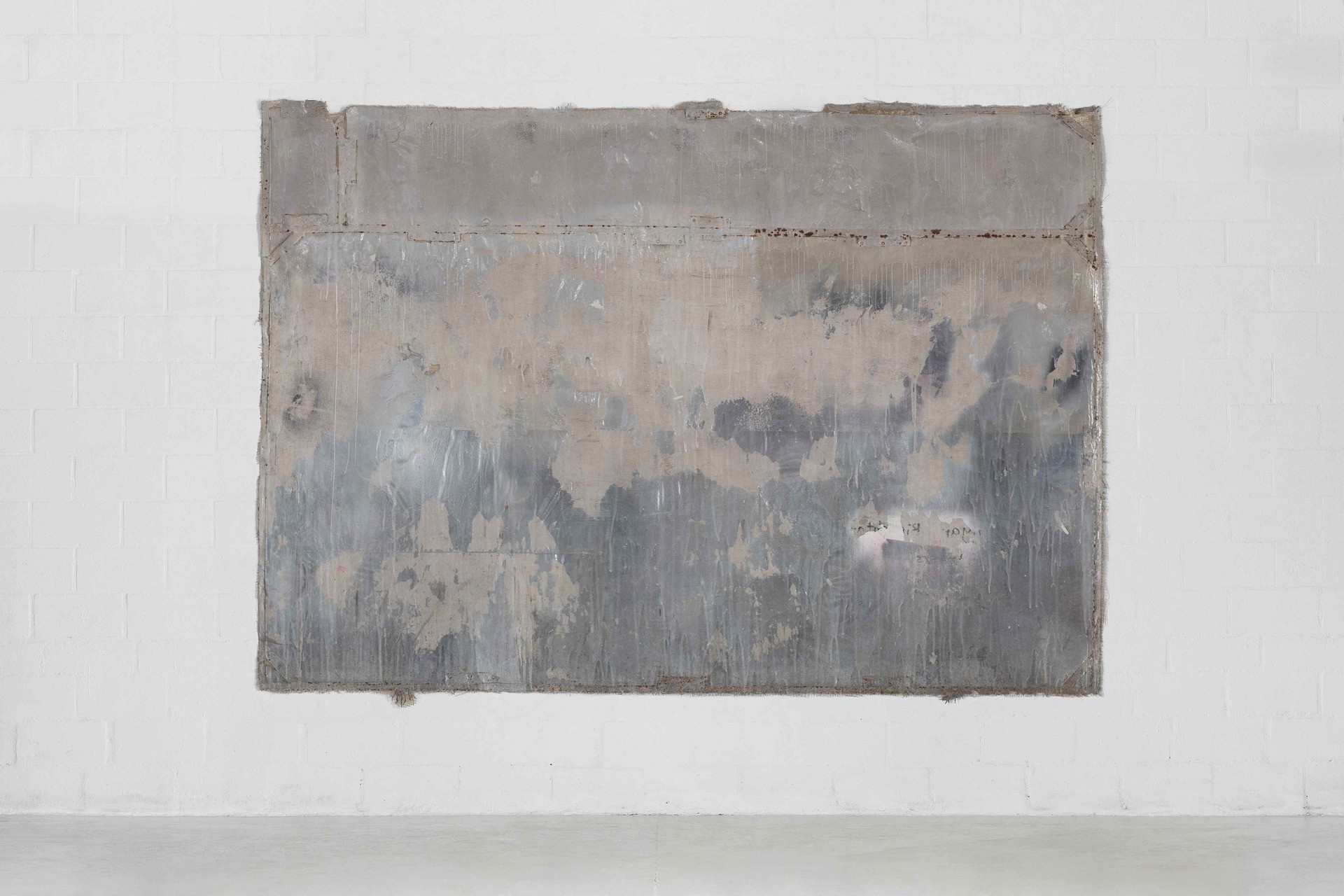
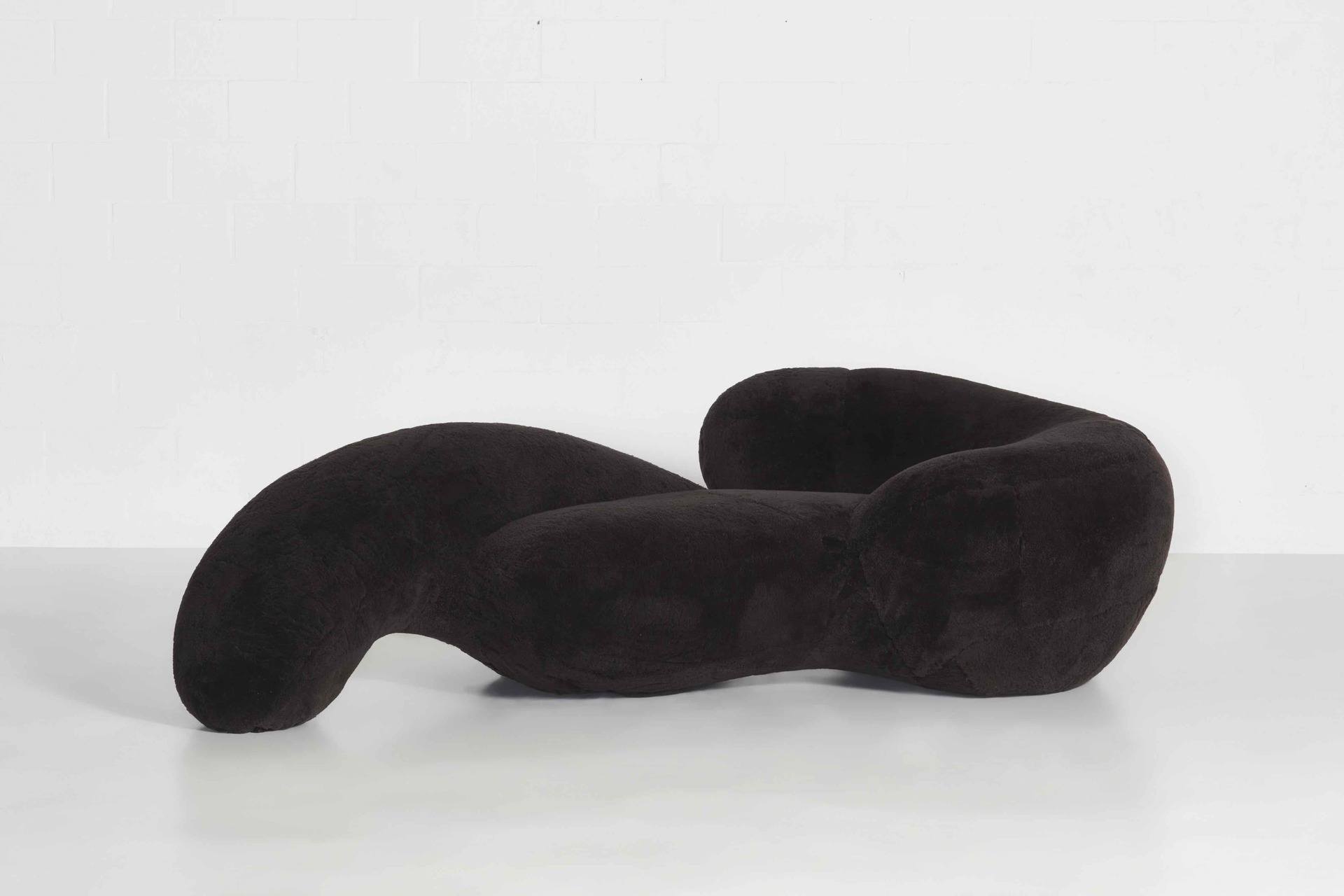
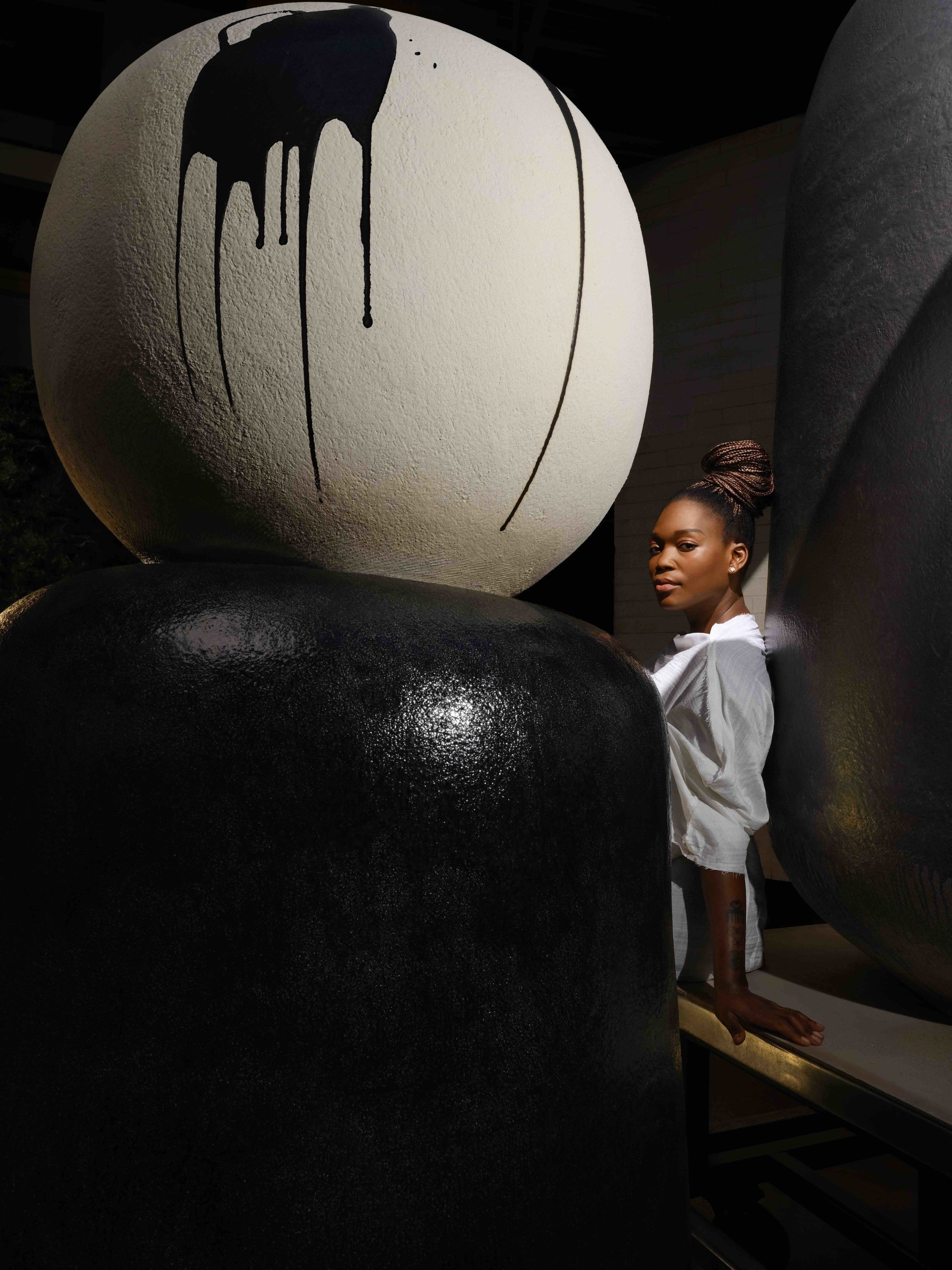
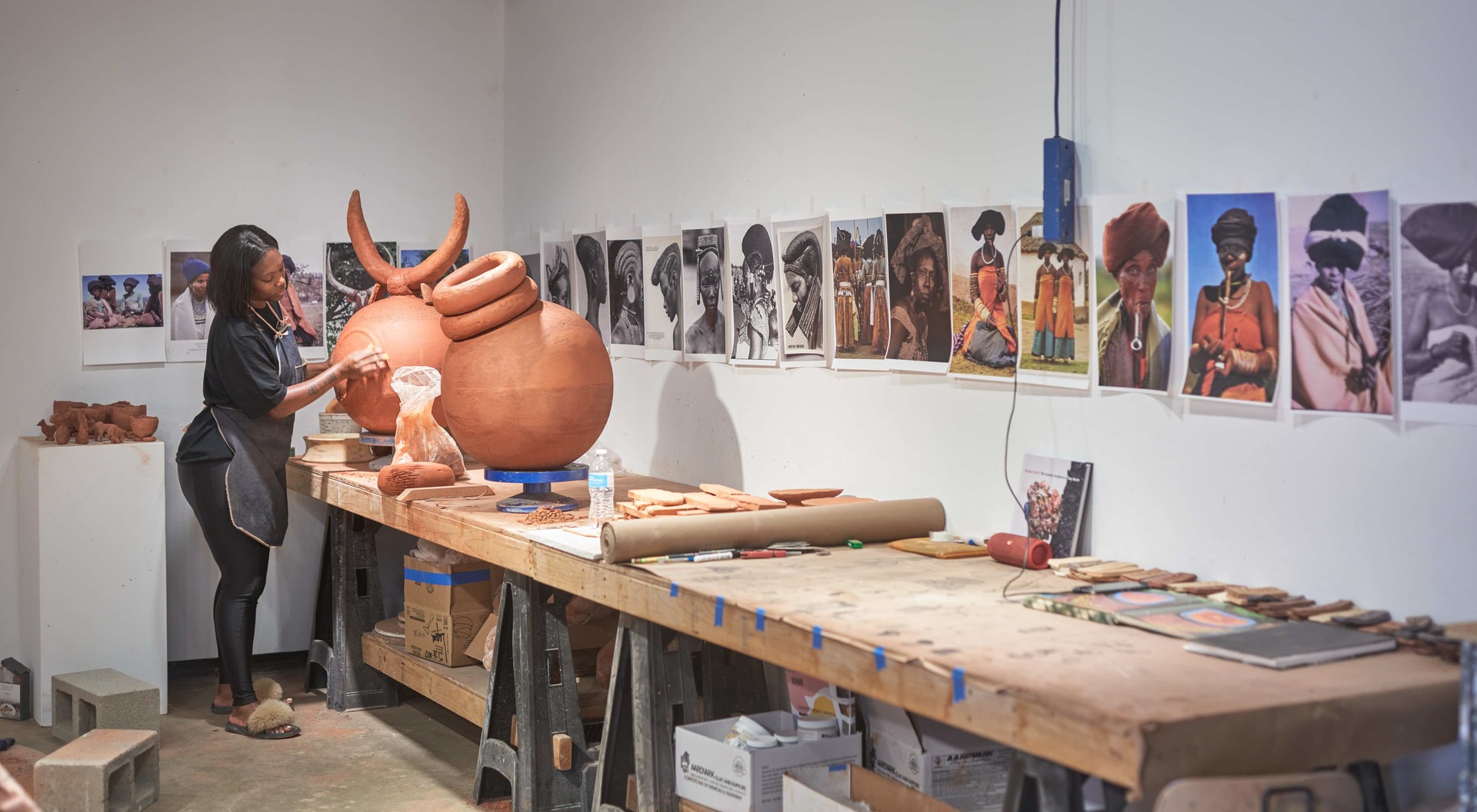
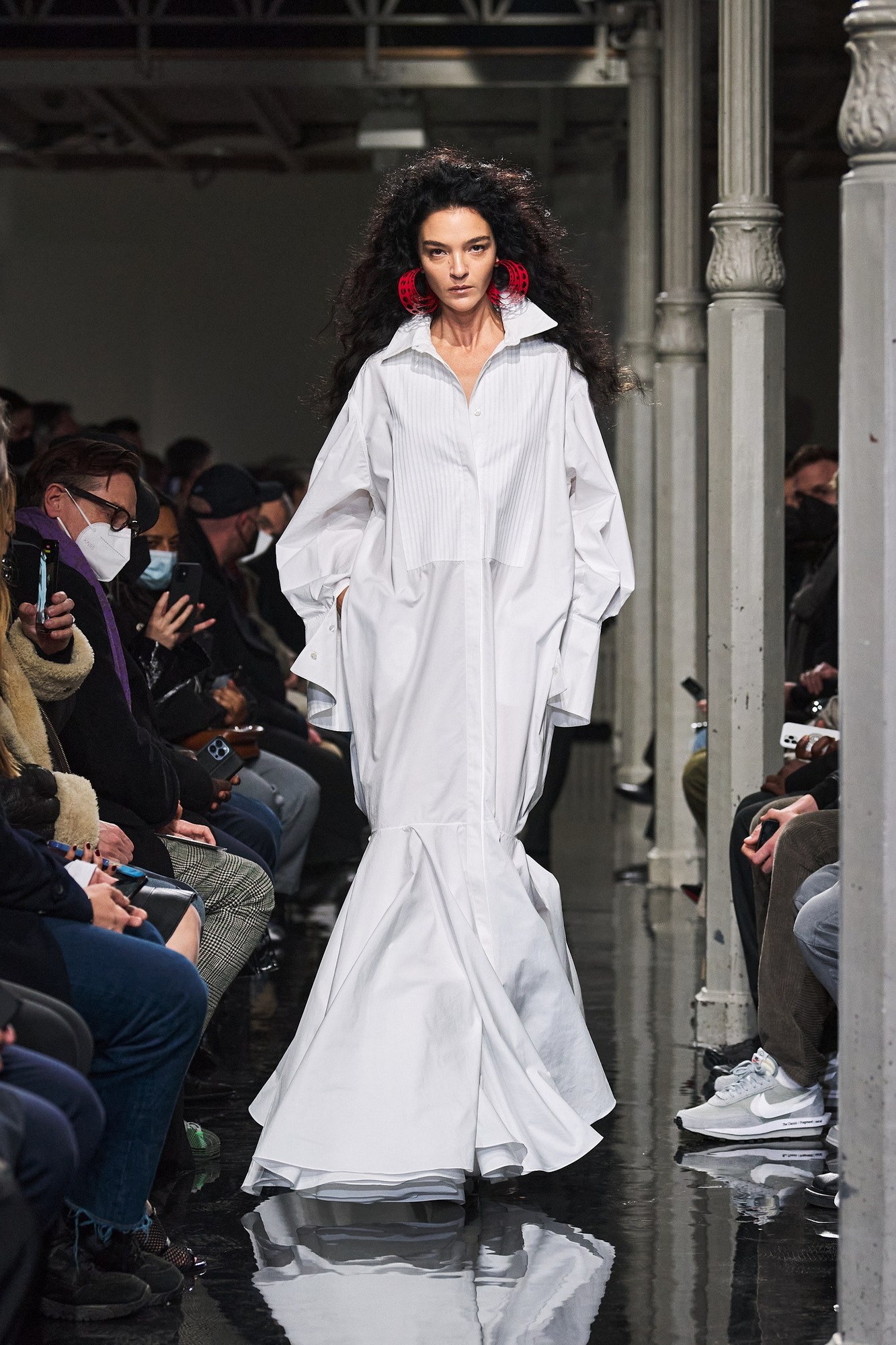
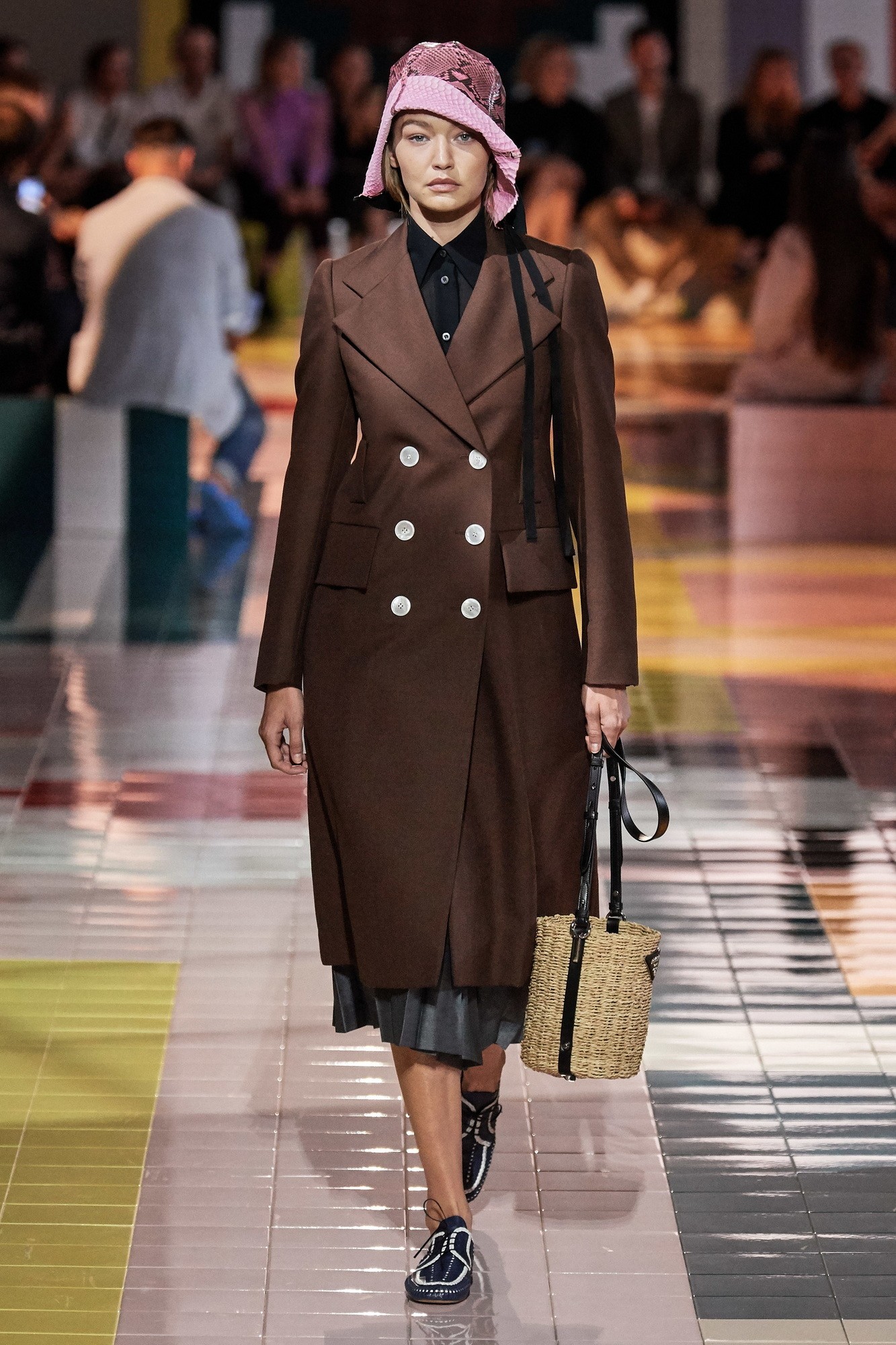
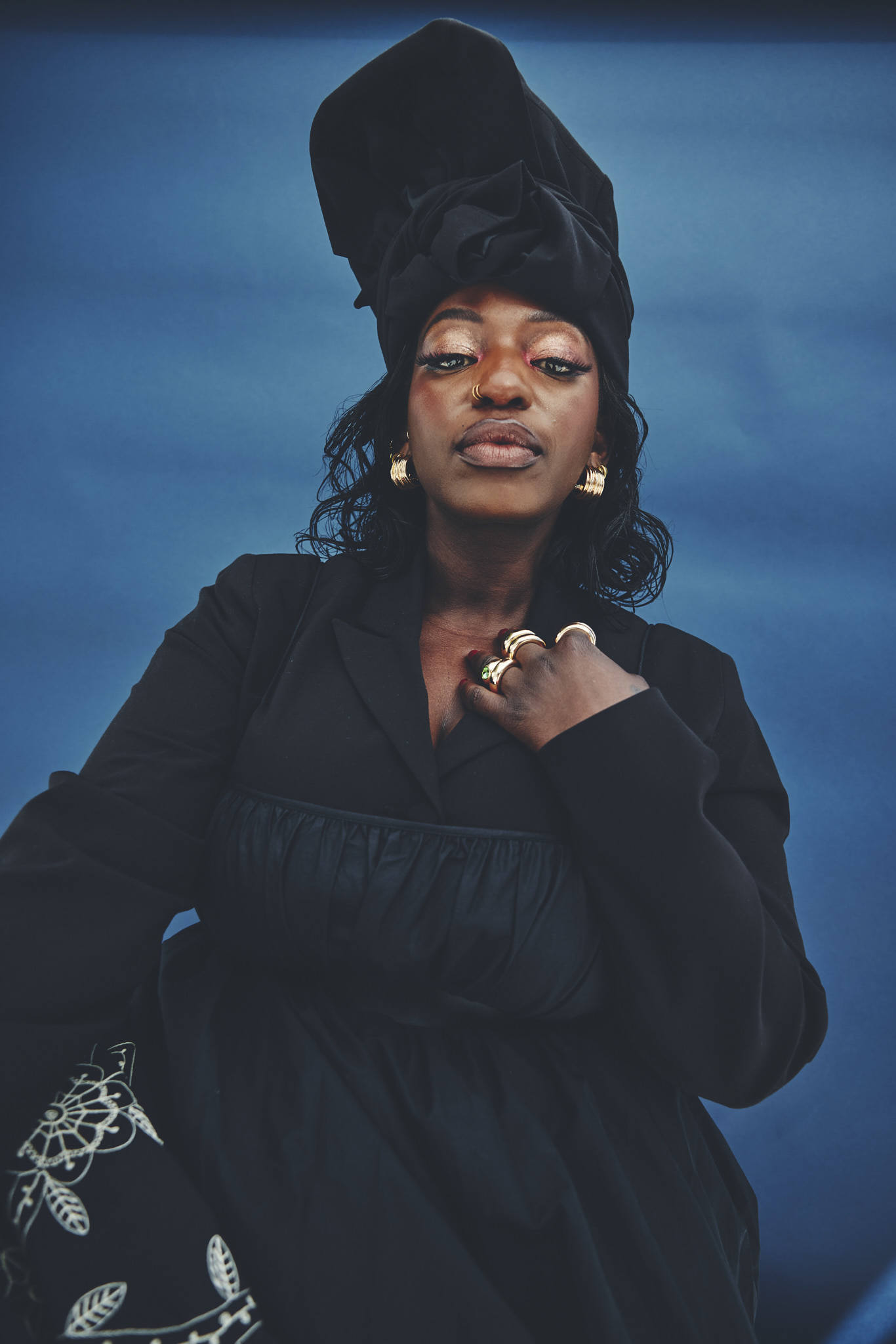




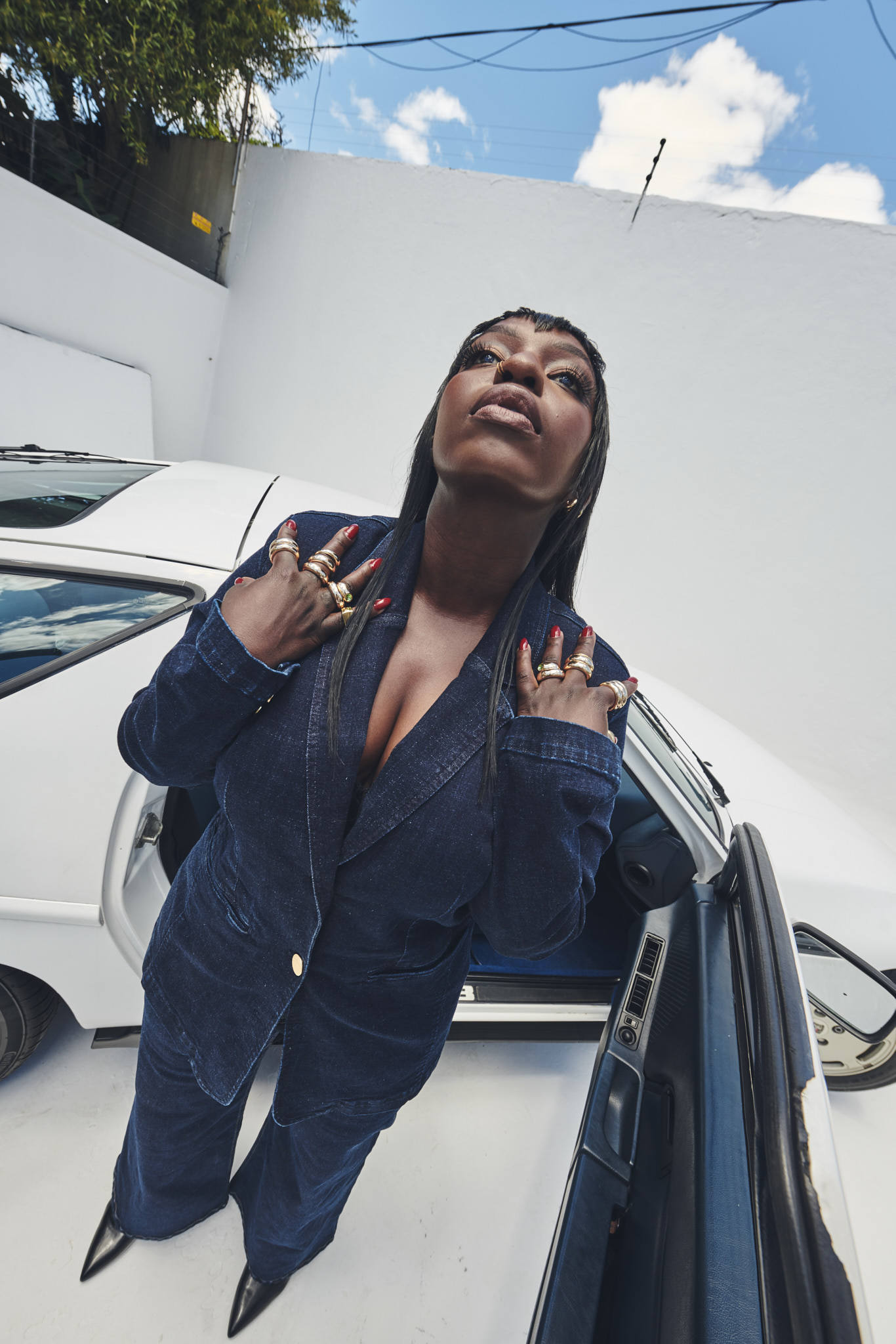
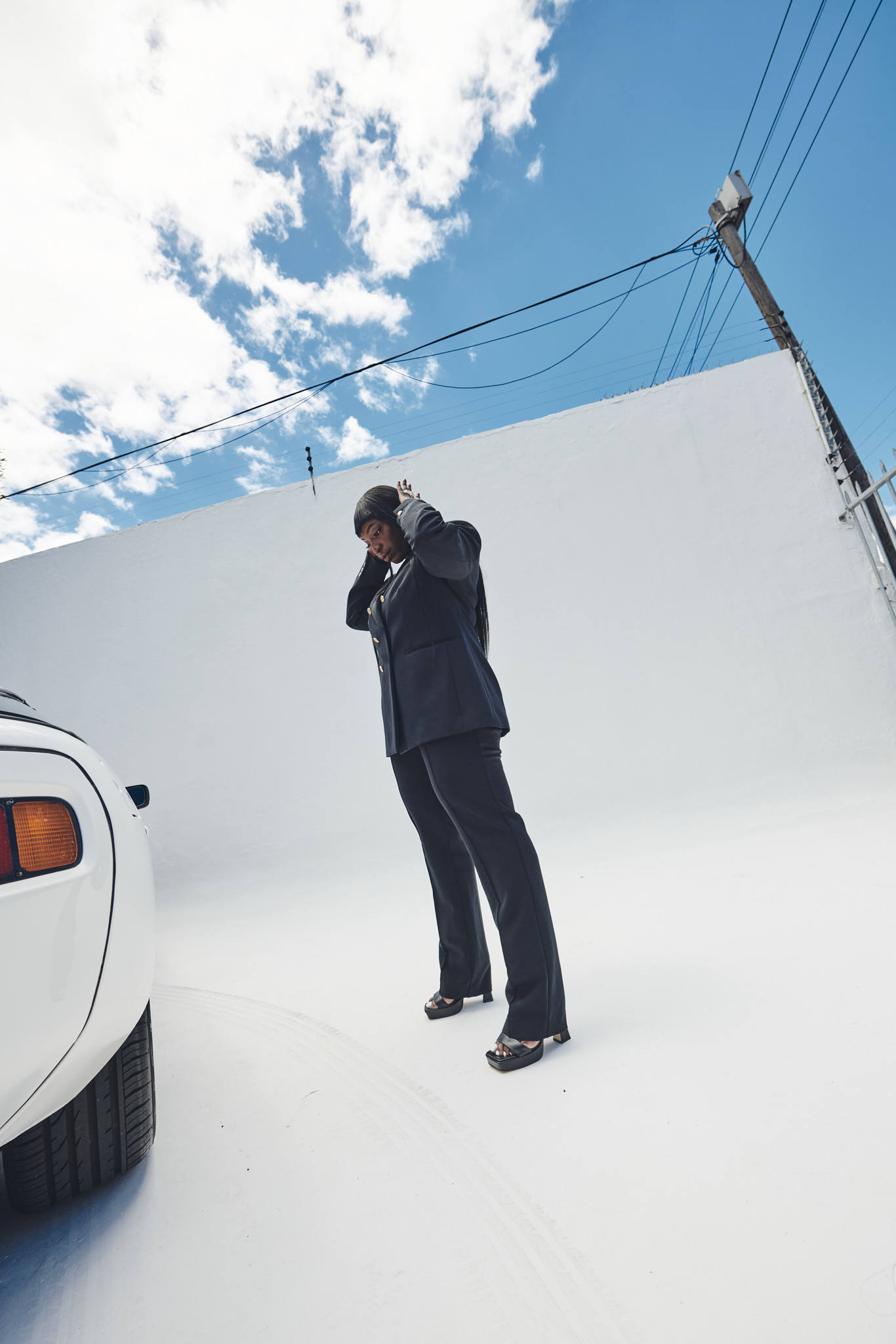
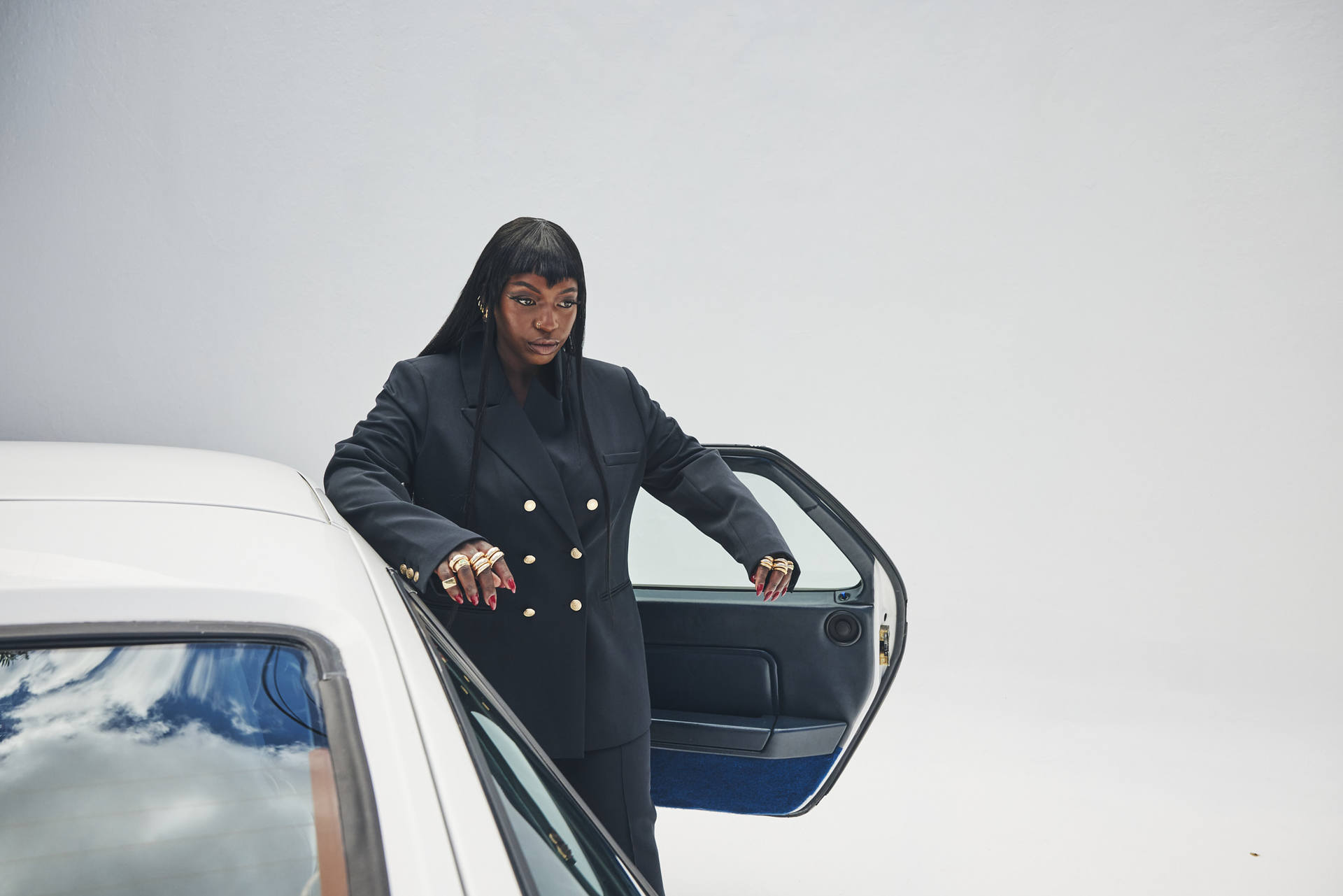
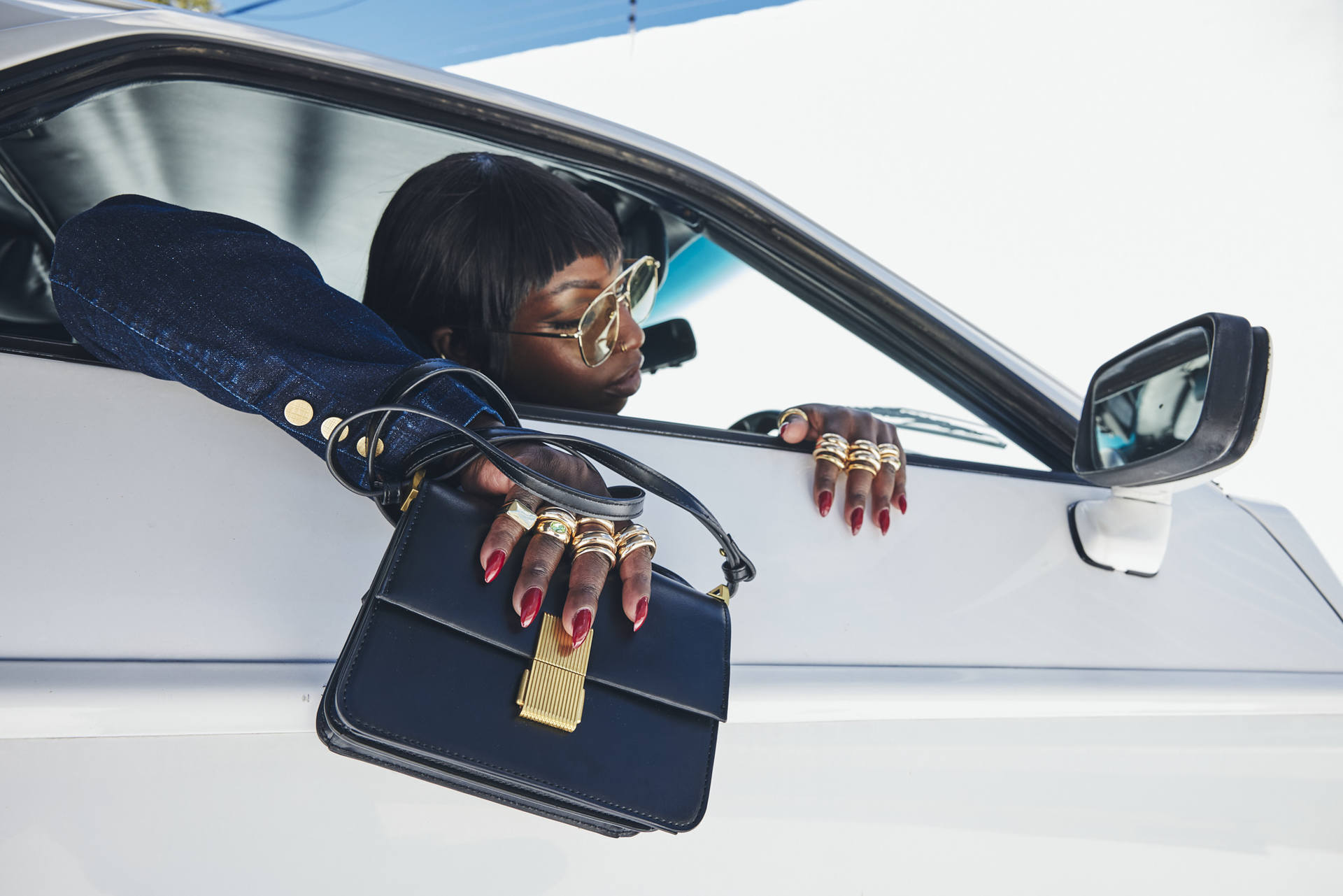
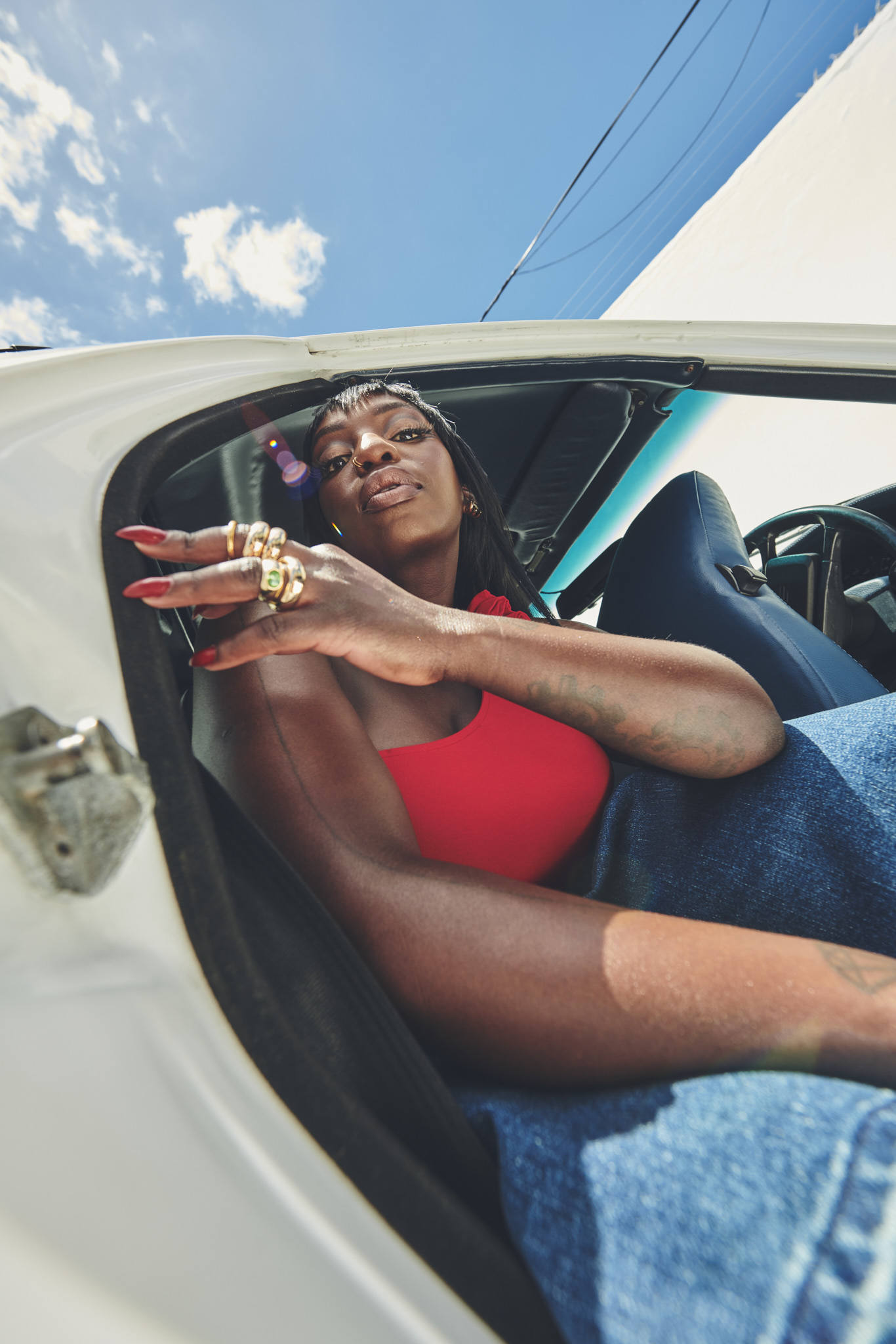
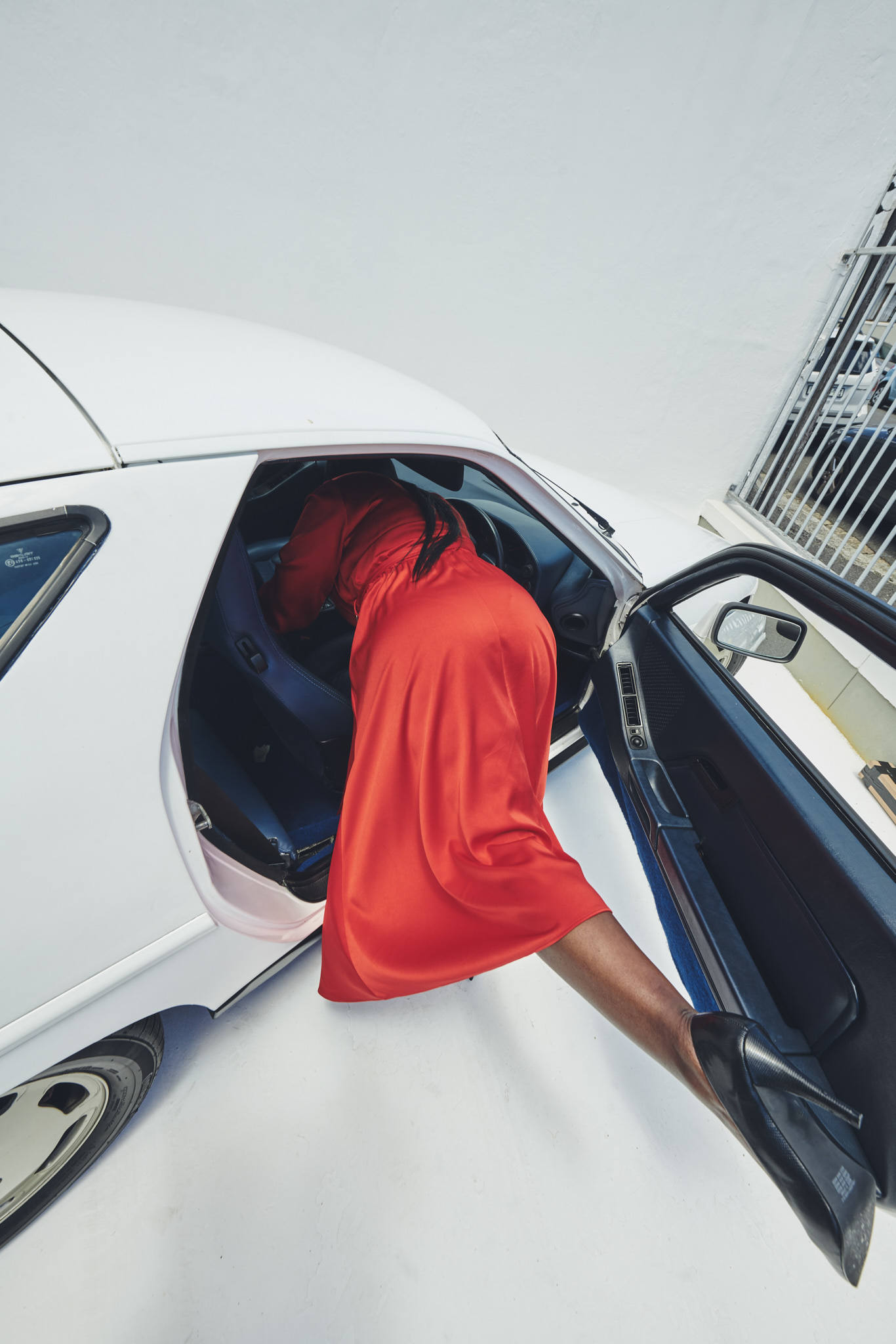
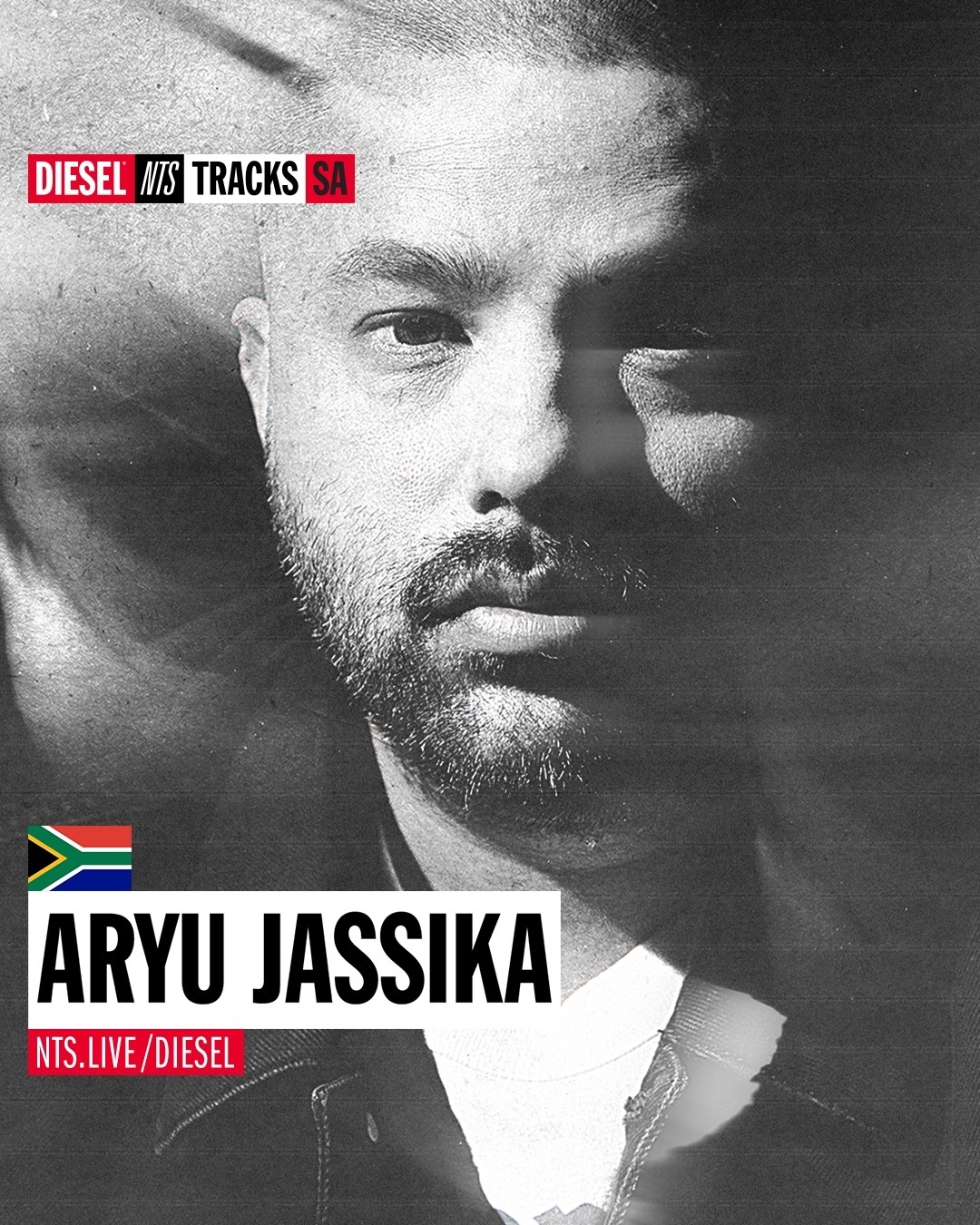
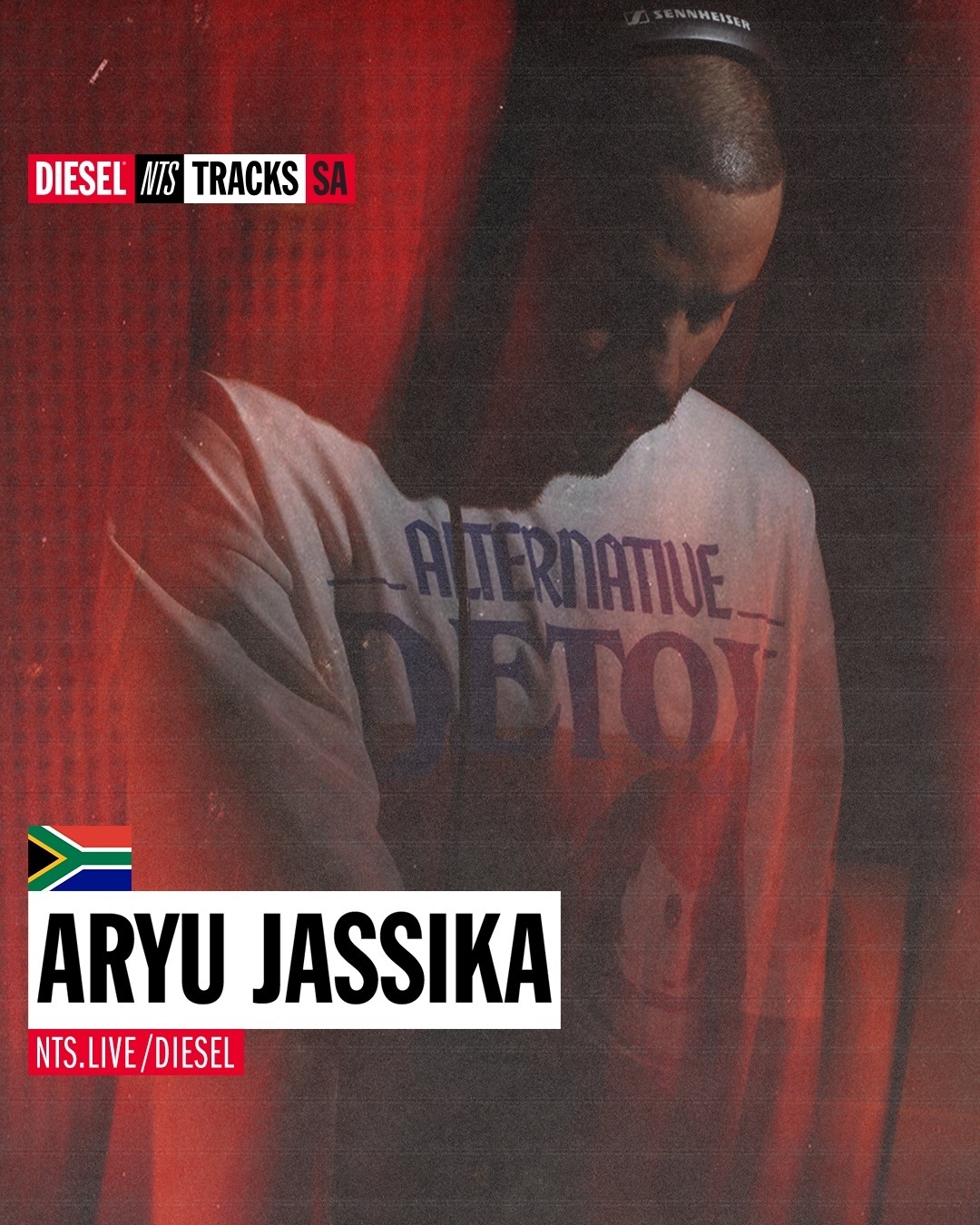


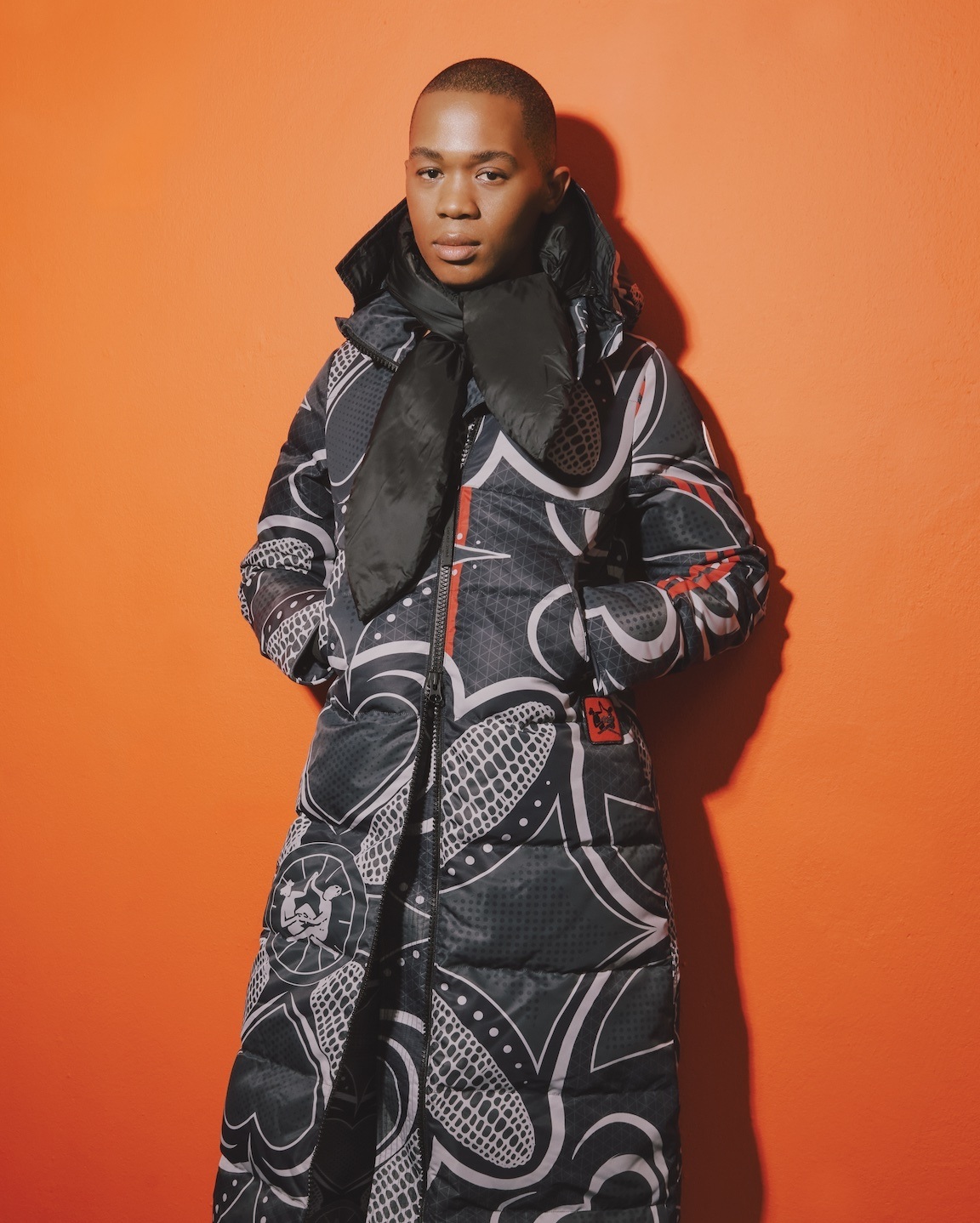

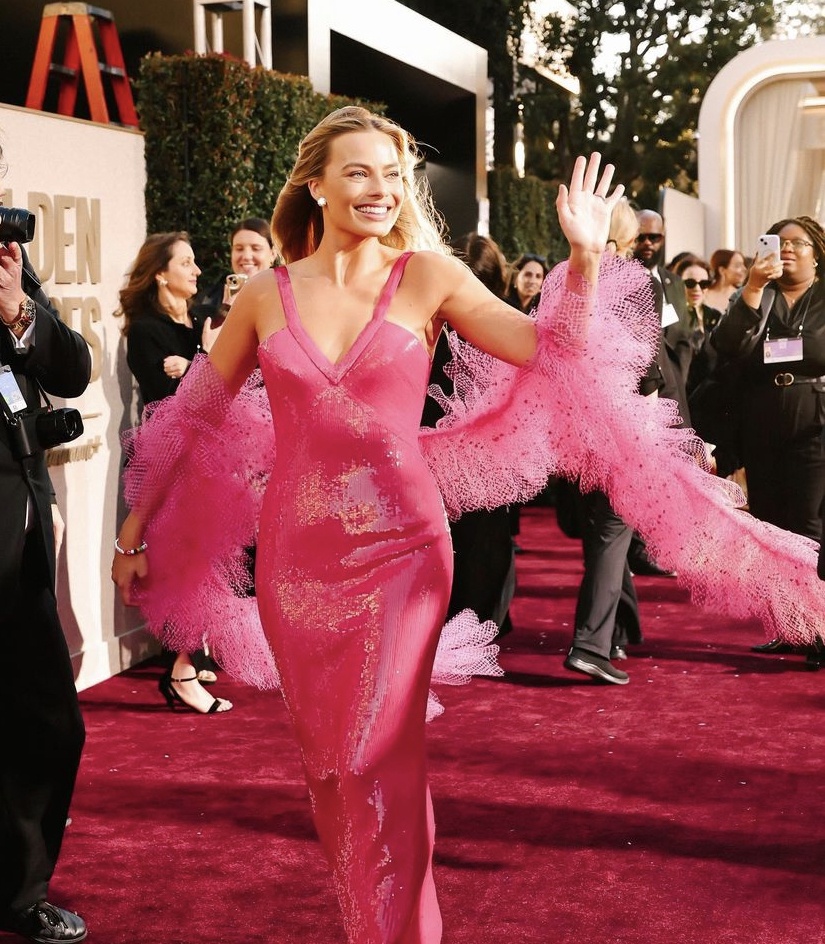
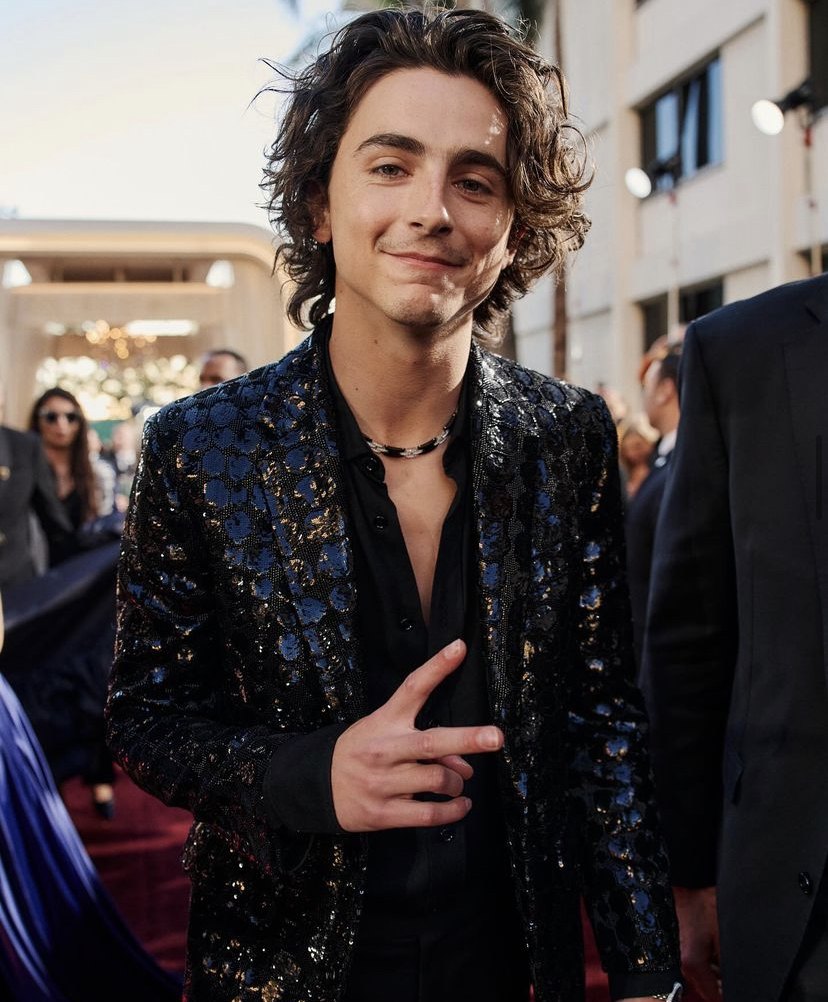
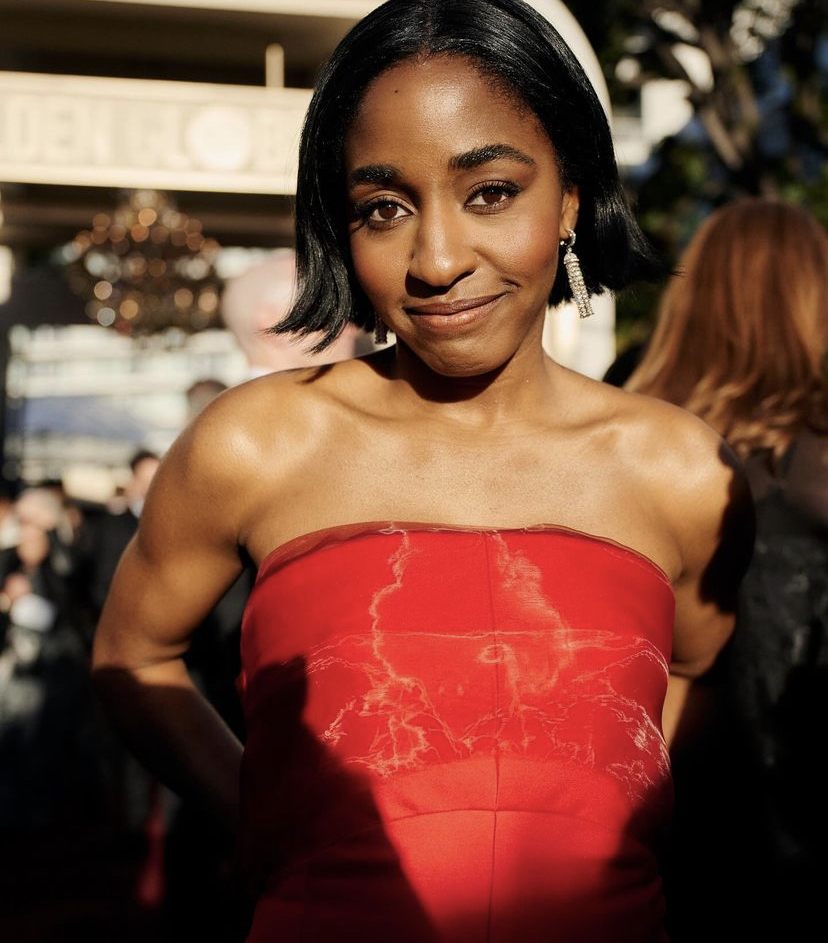
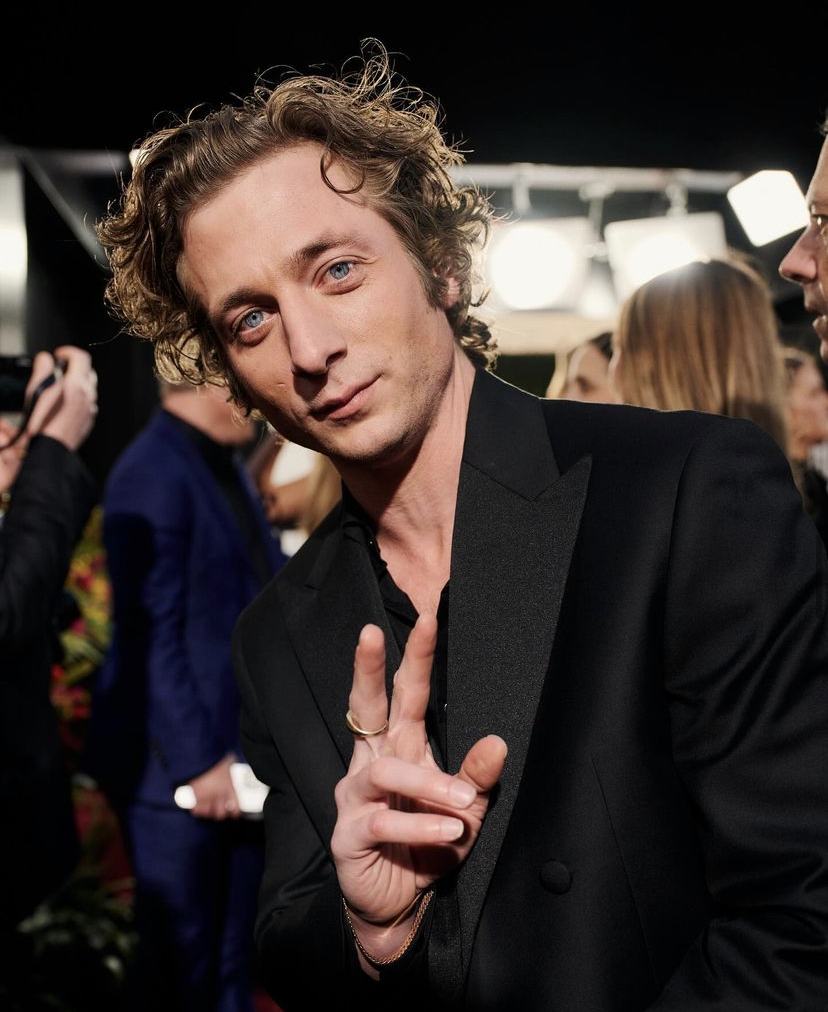
Recent Comments